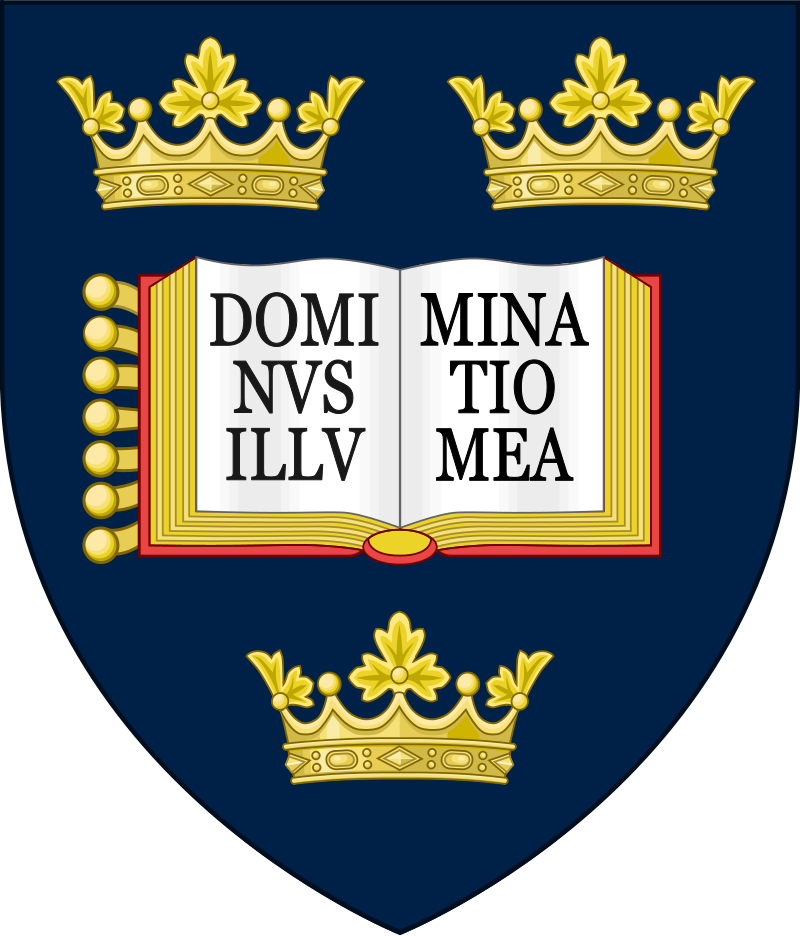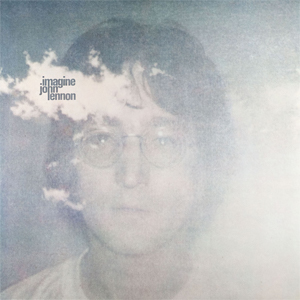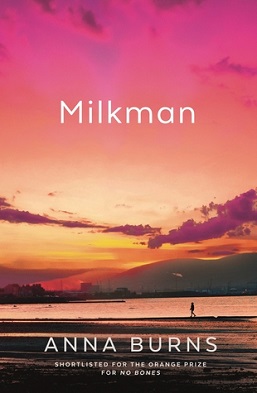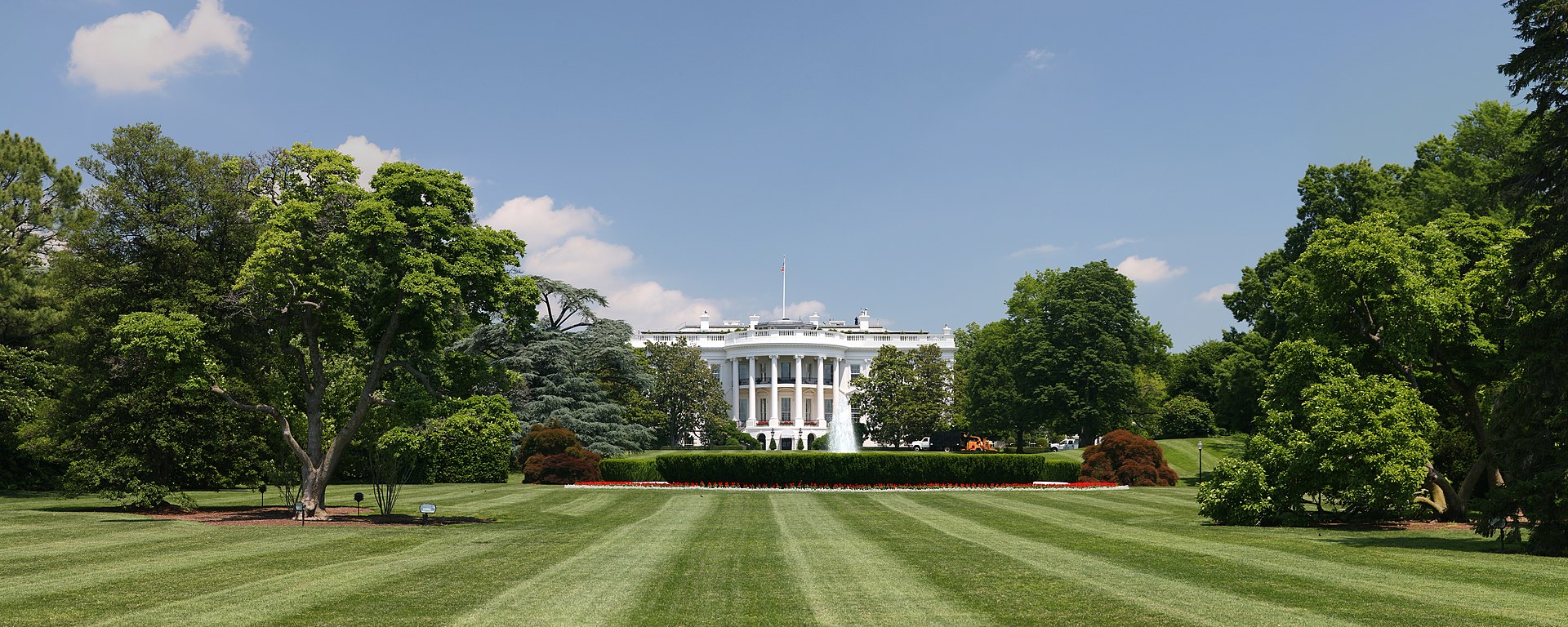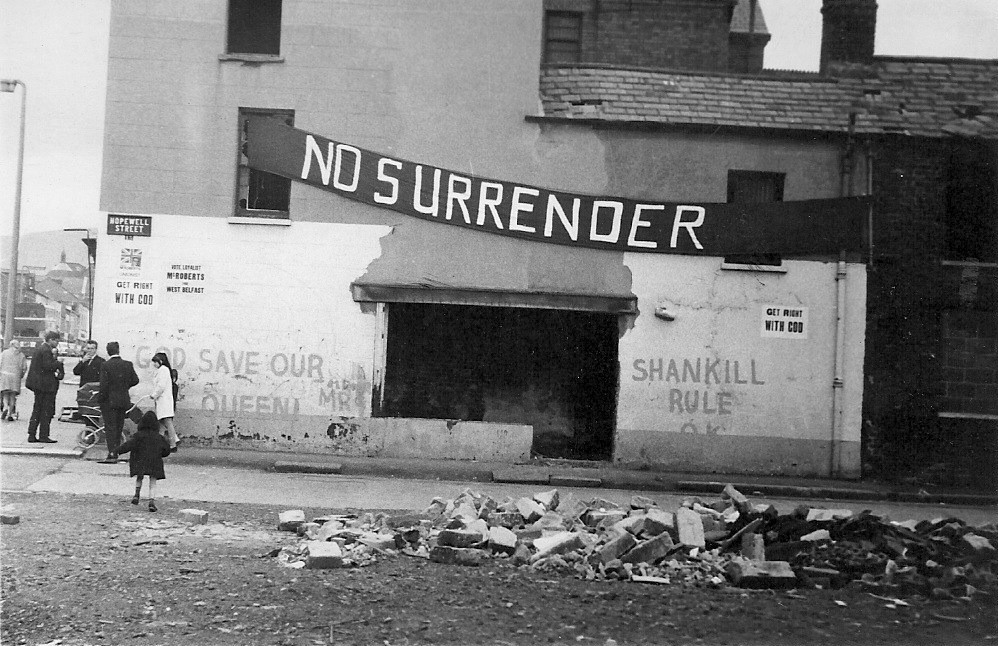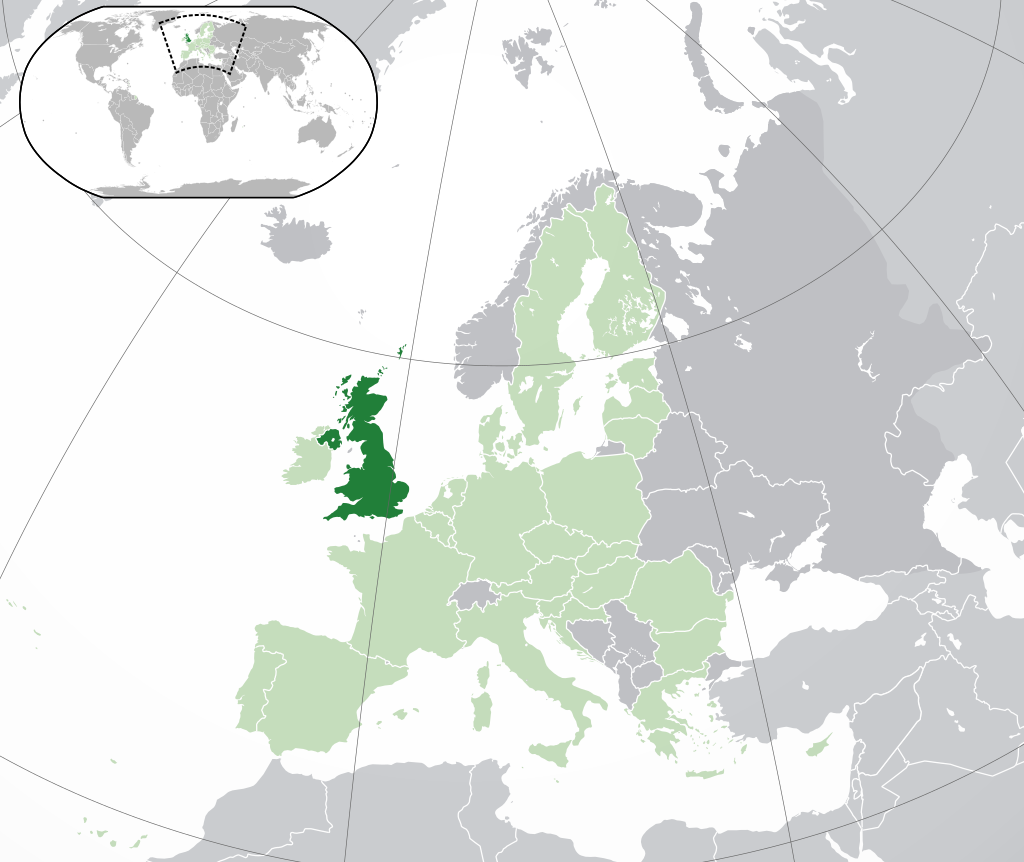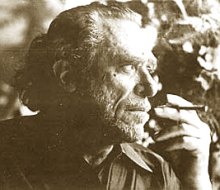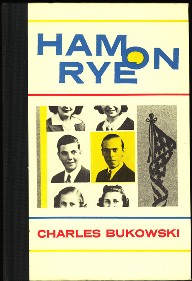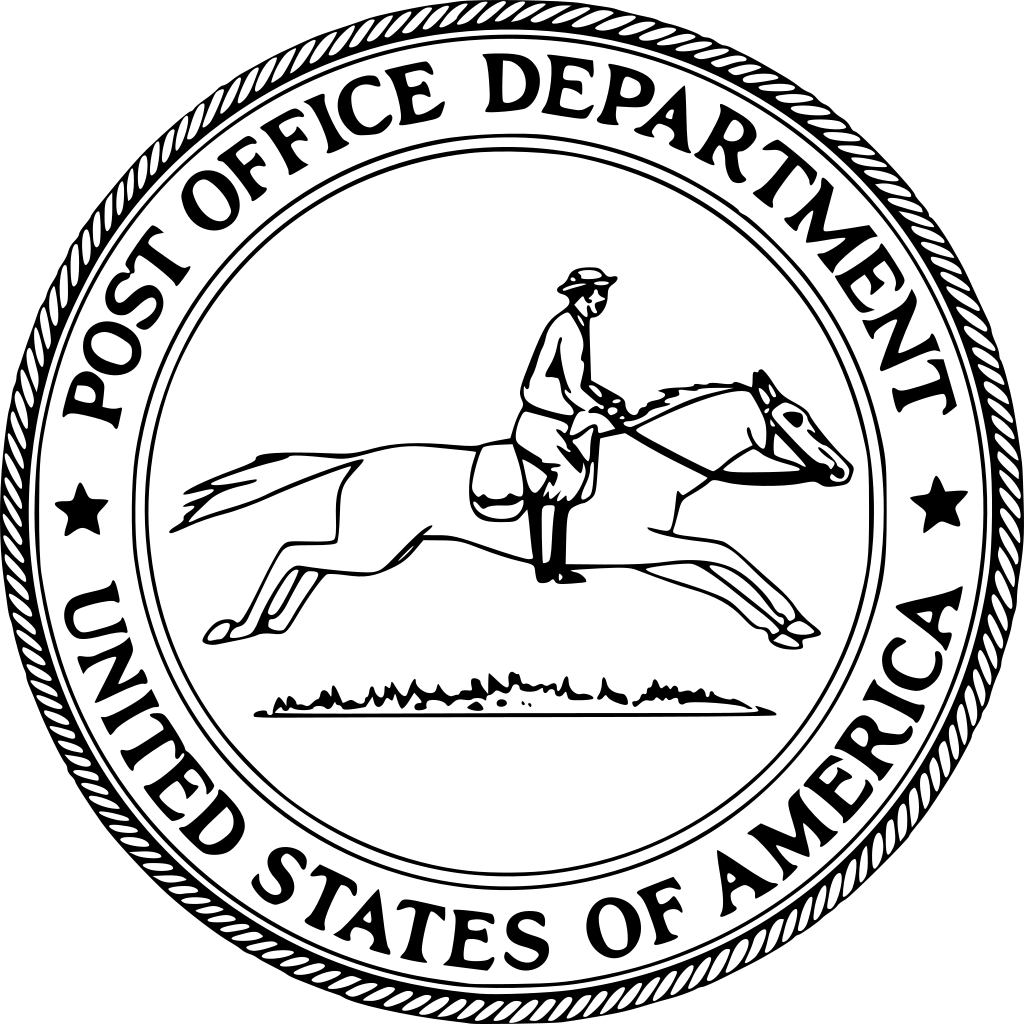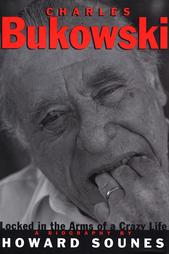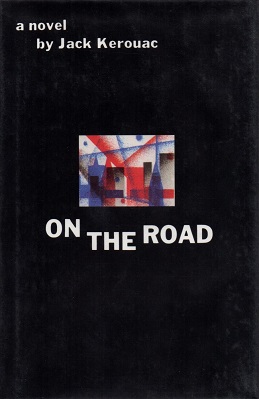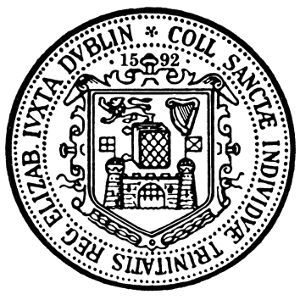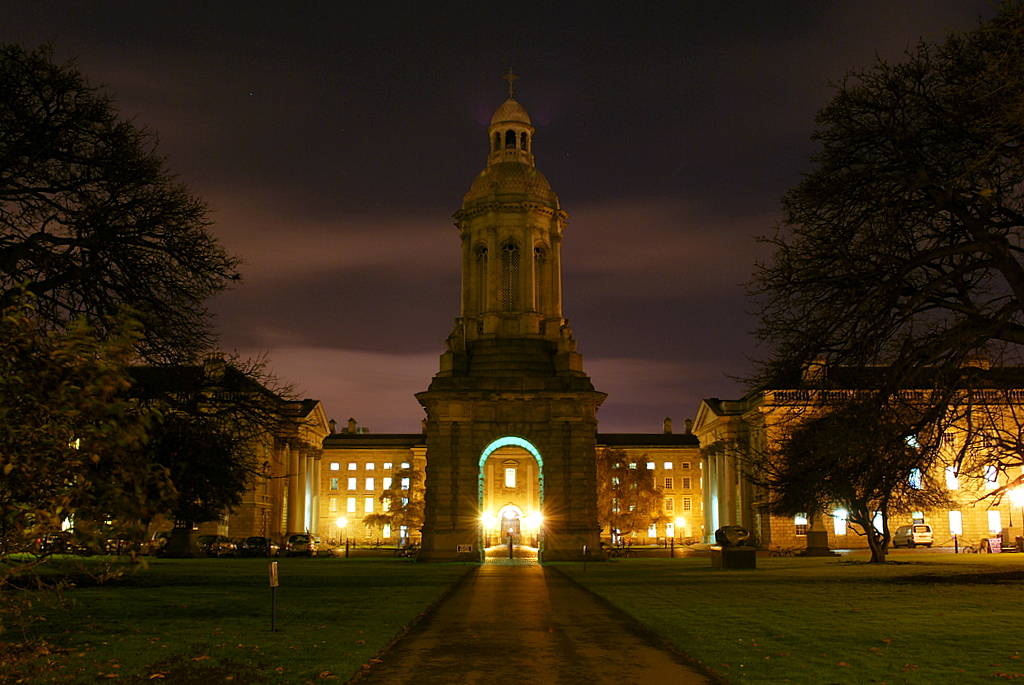Swiss Miss and the Love Market
Eskişehir, Turkey, Saturday 26 March 2022
Since I have moved to Turkey for work, my conversations with Heidi / Swiss Miss have been few and far between.
And so it has become easier to neglect my account of her adventures in place of themes more immediate to my attention.

Though her travels are still worth writing about –
(I have previously written about her journeys in Myanmar and Sri Lanka, and had began an account of her sojourn in Vietnam.
Since Vietnam, she has been to Thailand, Morocco, Egypt, Israel, Central America and Ecuador.) –

I sometimes need to read something in the news as a reminder that my accounts (and her travels) are still incomplete.
Of course, the troubles in Myanmar are never far from my mind since the military coup, but I have felt unsure of my comprehension of that situation thus far.
I have tried to write about faraway places with strange sounding names only through the eyes of those people I have known.
Myanmar is worthy of future discussion, but for now it is a discussion I have postponed.

On Tuesday 8 March 2022, I watched Uncharted at the Özdilek Cinetime cinema in my neighbourhood.

Uncharted is a 2022 American action-adventure film, based on the video game franchise of the same name.
It stars Tom Holland, Mark Wahlberg, Sophia Ali, Tati Gabrielle and Antonia Banderas.
In the film, Drake (Holland) is recruited by Sullivan (Wahlberg) in a race against corrupt billionaire Santiago Moncada (Banderas) and mercenary leader Jo Braddock (Gabrielle) to locate the fabled treasure of the 1519 Magellan expedition.
Having seen the film I find myself in agreement with many of its critics:
- Promisingly cast but misleadingly titled, Uncharted mines its bestselling source material to produce a disappointing echo of superior adventure films.
- Holland’s performance has undeniable charisma and sincerity that makes him tirelessly likable.
- Uncharted is an efficient, soulless hologram.
- There’s a lot to Uncharted that feels haphazard or under-considered.
- Banderas is a colourless villain.
- Every line feels as if it had to pass a corporate committee vote.
- Uncharted lacks stakes, genuine peril, or adrenaline-pumping adventure.
- The film feels thrown together with the hope a name brand will tie it all together.
- Uncharted is an amalgam of clichés past their sell-by date.
- The film feels uptight and joyless.
- Uncharted was aggressively average.
- Our heroes quip, defy physics, but never feel like they’re in any danger.
- The film can’t commit to a focus or a tone, making it feel much longer than it actually is, all throughout.
It was the type of film I am glad I saw, but I would never buy the DVD of it.
Would I ban it from being shown?
Vietnam has, but not for the quality of the film itself.

Relations between Vietnam and China have been back and forth for thousands of years.

Despite their Sinospheric and socialist background, centuries of conquest by modern China’s imperial predecessor have made Vietnam wary of the Chinese government.

Although China assisted North Vietnam during the Vietnam War (1955 – 1975), relations between the two nations soured after North Vietnam decided to engage in peace talks with the United States in 1968 and accelerated following Vietnam’s reunification in 1975.

The root cause was the Vietnamese ouster of the Khmer Rouge, who had become genocidal, from power in Cambodia, a party that China had propped up.
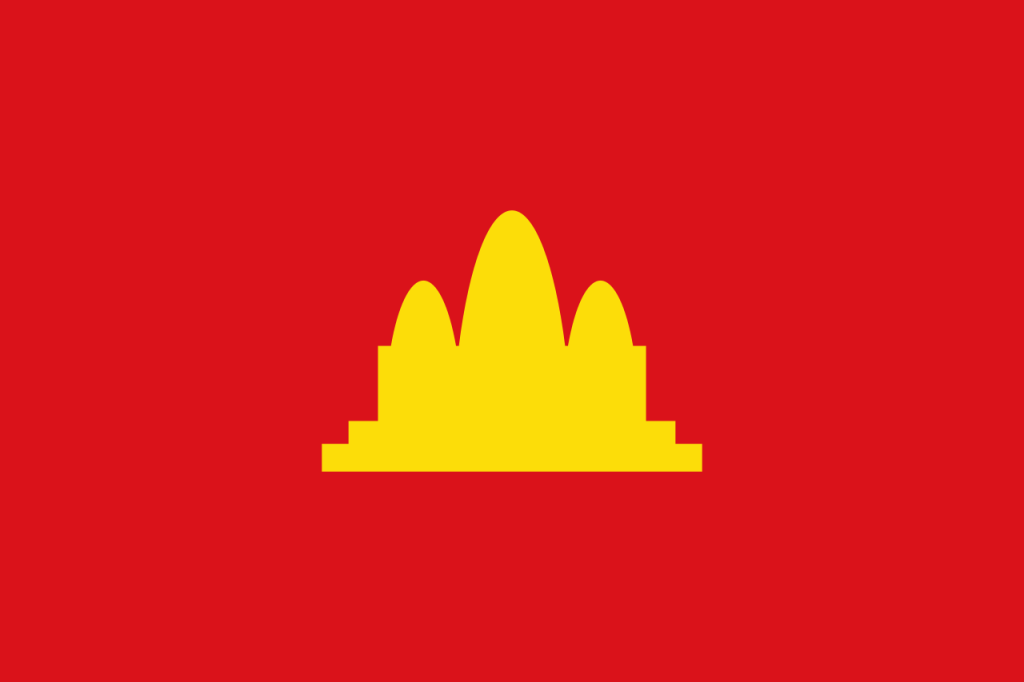
China invaded Vietnam in 1979, known as the Sino-Vietnamese War.
Cross border raids and skirmishes ensued, in which China and Vietnam fought a prolonged border war from 1979 to 1990.

Both sides have since worked to improve their diplomatic and economic ties, although the two countries remain in dispute over political and territorial issues in the South China Sea (or East Sea).
China share a 1,281 kilometre / 769 mile border.

In 2014, a survey conducted by the Pew Research Center showed 84% of Vietnamese were concerned that disputes relating to the South China Sea could lead to military conflict.
However, the two countries have been striving for restraint as well as present and future stability.
The two countries’ political parties, although having faced a number of concerns, have since maintained socialist ties.

On 12 March, it was reported by Reuters that Vietnam banned Sony and Tom Holland’s action adventure film Uncharted over the weekend because of a scene featuring a map that shows China’s favoured territorial claims in the South China Sea.

The map displayed in the scene includes the so-called “nine-dash line”, which is used on official Chinese maps to illustrate the country’s vast claims over the strategically important South China Sea, including areas rich in natural resources that Vietnam regards as its own territory.

“The film was banned from distribution after we watched it and found it contained an illegal image of the infamous nine-dash line”, state-run Vietnam News Agency reported, citing Vi Kien Thanh, head of the Department of Cinema, a government body that overseas the import of foreign films.

The South China / East Sea disputes involve both island and maritime claims within the region by several sovereign states, namely Brunei, China, Taiwan, Indonesia, Malaysia, the Philippines and Vietnam.
An estimated US$3.37 trillion worth of global trade passes through the South China Sea annually, which accounts for a third of the global maritime trade.
80% of China’s energy imports and 39.5 percent of China’s total trade passes through the South China Sea.
The disputes involve the islands, reefs, banks, and other features of the South China Sea, including the Spratly Islands, Paracel Islands, Scarborough Shaol, and various boundaries in the Gulf of Tonkin.
There are further disputes, such as the waters near the Indonesian Natuna Islands, which many do not regard as part of the South China Sea.

Claimant states are interested in retaining or acquiring the rights to fishing stocks, the exploration and potential exploitation of crude oil and natural gas in the seabed of various parts of the South China Sea, and the strategic control of important shipping lanes.
Maritime security is also an issue, as the ongoing disputes present challenges for shipping.

In 2013, China began island building in the Spratly Islands and the Paracel Islands region.
According to Reuters, island building in the South China Sea primarily by Vietnam and the Philippines has been going on for decades.

While China has come late to the island building game, its efforts have been on an unprecedented scale as it had, from 2014 to 2016, constructed more new island surface than all other nations have constructed throughout history, and, as of 2016, placed military equipment on one of its artificial islands unlike the other claimants.

The island is also claimed by Taiwan and Vietnam.
A 2019 article in Voice of America that compared China and Vietnam’s island building campaign in the South China Sea similarly noted that the reason why Vietnam in contradistinction to China has been subject to little international criticism and even support was because of the slower speed and widely perceived defensive nature of its island-building project.

China’s actions in the South China Sea have been described as part of its “salami slicing” / “cabbage wrapping” strategies.

(China’s salami slicing refers to a strategy by which the government of China is said to use small provocations, none of which would constitute a casus belli (reason for war) by itself, but cumulatively produce a much larger action or result in China’s favor which would have been difficult or unlawful to perform all at once.

In 1996, a US Institute of Peace report on the territorial disputes in the South China Sea wrote:
“Analysts point to Chinese “salami tactics”, in which China is said to test the other claimants through aggressive actions, then back off when it meets significant resistance.”

Cabbage tactics is a military swarming and overwhelming tactic used by the Chinese Navy to seize control of islands.
It is a tactic to overwhelm and seize control of an island by surrounding and wrapping the island in successive layers of Chinese naval ships, China Coast Guard ships, and fishing boats, cutting the island off from outside support.)

Since 2015 the US and other states, such as France and the UK, have conducted freedom of navigation operations (FONOP) in the region.
In July 2016, an arbitration tribunal constituted under Annex VII of the UN Convention on the Law of the Sea (UNCLOS) ruled against the China’s maritime claims in Philippines v. China.

The tribunal did not rule on the ownership of the islands or delimit maritime boundaries.
Both China and Taiwan stated that they did not recognize the tribunal and insisted that the matter should be resolved through bilateral negotiations with other claimants.

On 17 September 2020, France, Germany, and the UK issued a joint note verbale (a formal transcipt of an oral discussion) challenging China’s claims.
In January 2022, the US State Department called China’s claims in the South China Sea “unlawful“.

The nine-dash line, at various times also referred to as the ten-dash line and the eleven-dash line (by Taiwan), are line segments on various maps that accompany the claims of China and Taiwan in the South China Sea.
An early map showing a U-shaped eleven-dash line was first published by the Taiwanese government on 1 December 1947.

Two of the dashes in the Gulf of Tonkin were later removed at the behest of Chinese Premier Zhou Enlai after a treaty with Vietnam, reducing the total to nine.

However, Taiwan still uses the eleven-dash line.
A 10th dash to the east of Taiwan was added in 2013 by China, extending the line into the East China Sea.

On 12 July 2016, an arbitral tribunal constituted under the UN Convention on the Law of the Sea (UNCLOS) concluded that China’s historic-rights claim over the maritime areas (as opposed to land territories and territorial waters) inside the nine-dash line has no lawful effect if it exceeds what China is entitled to under the UNCLOS.
One of the arguments was that China had not exercised exclusive control over these waters and resources.
It also clarified that it would not “rule on any question of sovereignty over land territory and would not delimit any maritime boundary between the Parties“.
Various media considered the award as an invalidation of China’s claims and the nine-dash line.
The ruling was rejected by both China and Taiwan governments.
Other claimants in the South China Sea approved the ruling.

This dispute has never been resolved in the minds of those nations involved.
The awareness of the possibility of war over these claims lies just beneath the surface, just across the border, of their interactions.
Sapa, the subject of this post, is a mere 38km northwest of the Chinese border at Lào Cai.

As Vietnam fans out above Hanoi towards the Chinese and Laotian borders, it attains its maximum width of 600km, most of it a mountainous buffer zone wrapped around the Red River Delta.

This wild remote region contains some of Vietnam’s most awe-inspiring scenery, sparsely populated by a fascinating mosaic of ethnic minorities.
Most visitors gravitate to the northwest, (and Heidi was not an exception in this regard), where the country’s highest mountain range and its highest peak, Mount Fan Si Pan, rise abruptly from the Red River Valley.

Within its shadow lies Sa Pa, a former French hill station and the base for trekking through superb scenery to isolated minority hamlets.

To the east of the Red River, Bac Ha’s major draw are the Flower Hmong, whose markets are great fun.

These two towns (Sa Pa and Bac Ha) – and the historic battlefield of Dien Bien Phu, the site of the Viet Minh’s decisive victory over French forces in 1954 – are the most visited places in the North.

From Dien Bien Phu, it is worth considering the scenic route back to Hanoi, passing through Son La, with its forbidding penitentiary, and Mai Châu, with its gorgeous scenery.


The little-travelled provinces of Ha Giang and Cao Bang also deserve attention, especially the stunning scenery and ethnic minorities in the Dong Van Karst Plateau Geopark, which occupies over 2,800 square kilometres of Ha Giang province.

Cao Bang’s attractions include the pretty Ban Gioc Falls and Hang Pac Bo, where Ho Chi Minh plotted his country’s liberation.



The northeast region also features Ba Bê National Park, where Vietnam’s largest natural lake nestles amid forested limestone crags and impenetrable jungle.

Not surprisingly, infrastructure throughout the northern mountains is poor.
Facilities tend to be thin on the ground.
Some roads are in terrible condition.
Nevertheless, this area is becoming increasingly popular with tourists as Hanoi’s tour agents organize new tours and independent travellers venture into uncharted terrain by jeep or motorbike.
New homestays are also opening all the time, especially in Ha Giang province.

As I begin the tale of Heidi Ho‘s visit to Sapa, I find myself thinking of the 2008 drama film Gran Torino.

Cantankerous and racially intolerant Korean War veteran and retired Ford factory worker Walt Kowalski has recently been widowed after 50 years of marriage.
His dilapidating neighborhood in Highland Park in Metro Detroit, formerly populated by working class white families, is now dominated by poor Asian immigrants.
Gang violence is commonplace.

(Racism in America remains and is resistant to change.)

Adding to the isolation he feels is the emotional detachment of his family.
He rejects a suggestion from one of his sons to move to a retirement community and lives alone with his elderly dog, Daisy.

A chronic smoker and tobacco chewer, Walt suffers from coughing fits, occasionally coughing up blood, but conceals this from his family.

His late wife’s Catholic priest, Father Janovich, tries to comfort him, but Walt disdains the young, inexperienced man.

(Religion offers comfort only to those seeking it.)

The Hmong Vang Lor family reside next door to Walt.

Initially, he avoids interactions with his neighbors, particularly after he catches Thao attempting to steal his Ford Gran Torino as a coerced initiation into a Hmong gang run by Thao’s cousin, “Spider“.
The gang is infuriated by Thao’s failure and they attack him, but Walt confronts them with an M1 Garand rifle and chases them off, earning the respect of the Hmong community.

As penance, Thao’s mother makes him work for Walt, who has him do odd jobs around the neighborhood, and the two form a grudging mutual respect.

Walt mentors Thao, helping him obtain a construction job and gives him conversation and dating advice.
Walt rescues Thao’s sister Sue from the unwanted advances of three African American men and bonds with Sue after she introduces him to Hmong culture.

Walt visits the doctor, receives a gloomy prognosis, and does not reveal the illness to his family after being rebuffed by his son, whom he called immediately after his diagnosis.
Spider‘s gang continues to pressure Thao, assaulting him on his way home from work.
After he sees Thao’s injuries, Walt visits the gang’s house, where he attacks a gang member as a warning.

In retaliation, the gang performs a drive-by shooting on the Vang Lor home, injuring Thao, and kidnapping and raping Sue.
There are no witnesses and the members of the community, including the victims, refuse to talk about the crimes; preventing the police from doing anything about Spider’s gang.

The following day, an enraged Thao seeks Walt’s help to exact revenge, who tells him to return later in the afternoon.
In the meantime, Walt makes personal preparations:
He mows his lawn, buys a suit, gets a haircut, and makes a confession to Father Janovich.
When Thao returns, Walt takes him to the basement and gives him his Silver Star.

Walt then locks Thao in his basement and tells him that he has been haunted by the memory of killing an enemy soldier who was trying to surrender and wants to spare Thao from becoming a killer.

(There is no honour in war, no glory in death.)

That night, Walt arrives at the residence of the gang members, where they draw their firearms on him.
He speaks loudly, berating them and enumerating their crimes and thus drawing the attention of the neighbors.
Putting a cigarette in his mouth, he asks for a light.
He then puts his hand in his jacket and provocatively pulls it out as if he were holding a gun, inciting the gang members to shoot and kill him.
As he falls to the ground, his hand opens to reveal his Zippo lighter with First Cavalry insignia:
He was unarmed.

Sue, following Walt’s directions earlier, frees Thao, and they drive to the scene in Walt’s Gran Torino.
A Chinese police officer tells them that the gang members have been arrested for murder and the surrounding neighbors have all come forward as witnesses.

(I have watched this movie a few times and I confess I am always disturbed by how Walt dies.
I reject the notion of Walt as white man saving another race from themselves, but I do see his death as a sort of noble sacrifice to save other human beings (with race not a factor but rather compassion).
His murder removed the gang from the street and protected his Hmong neighbours.)

Father Janovich conducts Walt’s funeral which is attended by his family and many of the Hmong community, whose inclusion puzzles his family.
Afterward his last will and testament is read, where to the surprise of his family, Walt’s house goes to the church and his cherished Gran Torino goes to Thao, with the condition that Thao does not modify it.
Thao drives the car along Lakeshore Drive with Daisy.

Gran Torino is a disturbing movie, a thinker’s movie:

“Though a minor entry in Eastwood’s body of work, Gran Torino is nevertheless a humorous, touching, and intriguing old school parable.”
(Rotten Tomatoes)

“A sleek, muscle car of a movie made in the USA, in that industrial graveyard called Detroit.”
(New York Times)

(I do wonder how the movie might have been different had the movie been shot in Minneapolis as the screenwriter had intended.)

“Dirty Harry is back, in a way, in Gran Torino, not as a character, but as a ghostly presence.
He hovers in the film, in its themes and high-caliber imagery, and of course, most obviously, in Mr. Eastwood’s face.
It is a monumental face now, so puckered and pleated that it no longer looks merely weathered, as it has for decades, but seems closer to petrified wood.”
(Manohla Dargis)

(I remain unconvinced that the tough guy image Eastwood portrays is necessarily a role model to be emulated, but that being said his characters are branded deep into Western consciousness.)

“It is a film that is impossible to imagine without the actor in the title role.
The notion of a 78-year-old action hero may sound like a contradiction in terms, but Eastwood brings it off, even if his toughness is as much verbal as physical.
Even at 78, Eastwood can make ‘Get off my lawn’ sound as menacing as ‘Make my day’, and when he says ‘I blow a hole in your face and sleep like a baby’, he sounds as if he means it.”
(Los Angeles Times)

(Threatening violence has become equated with American values.
After all, the US was founded in war.)

“About the belated flowering of a man’s better nature.
And it’s about Americans of different races growing more open to one another in the new century.”
(Roger Ebert)

(I like Ebert’s interpretation.)

Louisa Schein and Va-Megn Thoj, authors of Gran Torino’s Boys and Men with Guns: Hmong Perspective, said that the mainstream critical response was “centered on Eastwood‘s character and viewed the film mainly as a vision of multicultural inclusion and understanding.“

“A meditation on tolerance wrapped in the disguise of a movie with a gun-toting Clint Eastwood and a cool car.”
(Nicole Sperling, Entertainment Weekly)

Clint Eastwood’s decision to cast Hmong actors, including amateur actors, received a positive reception in Hmong communities.
Tou Ger Xiong, a Hmong storyteller and performance artist from the Minneapolis – St. Paul area who had auditioned for a role in the film, said that he had respect for the film because the producers actually cast Hmong instead of asking other Asian-Americans to mimic Hmong.
Xiong also argued:
“First things first, let’s get our foot in the door.
Complain later.”

Dyane Hang Garvey, who served as a cultural consultant for the film production, said that the film was not intended to be a documentary on the Hmong people and that it positively highlights, as paraphrased by Laura Yuen of Minnesota Public Radio, “the close-knit nature of the Hmong community in Detroit“.

Doua Moua, a Hmong actor in the film, said that he had no regrets in playing a gang member, because, in the words of Laura Yuen of Minnesota Public Radio, “gangs consumed his brother’s life while they were growing up in Saint Paul“.
Moua added that many first generation Hmong are affected by gangs and drift into gangs due to a lack of father figures.

Louisa Schein, a Rutgers University anthropologist who is an expert on the Hmong culture, approved the concept of Hmong achieving visibility in the popular culture of the United States, but believed that the film may be promoting out of date stereotypes of the Hmong.
Schein said that her Hmong friends were “touched” by the film’s portrayal of Hmong culture redeeming and reaching out to Walt Kowalski.

Bee Vang, one of the Hmong actors, said that he was satisfied with the outcome of the film.

Schein further added that the film seemed to give little prominence to the history of the Hmong, and that only two male Hmong, Thao and a gang member, were given depth in the story.
Schein said:
“I feel a lot of the plot about the Eastwood character is driven by the fact that he is a veteran.
Yet there is no possibility for representing the fact that the Hmong were veterans too.“

An individual established a blog, eastwoodmovie-hmong.com, documenting what the author believed to be cultural inaccuracies of the film’s depiction of the Hmong.

David Brauer of the Minneapolis Post said that some Hmong liked Gran Torino and that many believed that the film was offensive.

Actor Bee Vang said:
“Hmong around the country were furious about its negative stereotypes and cultural distortions” and that they confronted him when he spoke at events.
Vang added that he engaged in “explaining my obligation as an actor while also recognizing that, as a Hmong-American, I didn’t feel that I could own the lines I was uttering.“
Brauer said that in an opinion editorial released in 2011, Vang “isn’t kind to the Clint Eastwood film“.

Krissy Reyes-Ortiz of The Bottom Line of the University of California (Santa Barbara) said, based on Vang’s testimony in a 2011 program, that:
“Though many of the people who have seen the film may have gotten a sense of satisfaction and joy from seeing that Walt overcame his racism, the people who acted as the Hmong members in the movie did not” and that:
“They were offended by the traces of racism that were included in the movie and that they experienced themselves on set”.
Some Hmong on Internet message boards had posted criticisms of the film.

Philip W. Chung of Asian Week said that Eastwood, portraying a white man, was the “main weapon” of the film even though screenwriter Nick Schenk “does his best to portray Hmong culture and the main Hmong characters with both depth and cultural sensitivity”.
Chung argued that “Gran Torino might have been another “‘white man saves the day’ story“, but that:
“What Eastwood has really created is not a story about the white man saving the minority (though it can be read on that level and I’m sure some will) but a critical examination of an iconic brand of white macho maleness that he played a significant part in creating.“
Vang has stated that he was uncomfortable with the reaction of white audiences to the film, finding their laughter at the playing off of racial slurs as humor “unnerving” and “one more excuse for ignoring white supremacy and racism.”

Bee Vang, as paraphrased by Jeff Baenen of the Associated Press, said that the film’s portrayal of the Hmong is “generally accurate.”
Regarding the result, Vang said:
“This film is not a documentary.
We can’t expect 101% correctness.“
During the filming, Hmong cast members addressed what they believed to be cultural inaccuracies that were being introduced.

Cedric Lee, a half-Hmong who worked as a production assistant and a cultural consultant, said that:
“Some things were overexaggerated for dramatic purposes.
Whether it was our job or not, I still felt some responsibility to speak our mind and say something, but at the same time, the script was what it was.
We didn’t make the final decision.“

Vang said while many Hmong had objected to some elements, the producers selected the viewpoints of the cultural consultants which “had the most amenable take on the matter and would lend credence to whatever Hollywood stereotypes the film wanted to convey.”
Vang further said that:
“This was a White production, that our presence as actors did not amount to control of our images.“

Louisa Schein and Va-Megn Thoj, authors of Gran Torino’s Boys and Men with Guns: Hmong Perspectives“, said:
“Perhaps the most commonly voiced Hmong objections to the film concern its myriad cultural inaccuracies, exaggerations and distortion.“
Schein also said that:
“The Hmong actors struggle, too, with their culture being made into spectacle.”
Even though a real Hmong shaman acts as a Hmong shaman in the film, Schein said that:
“His expertise was overridden by the screenplay and the filming, which distorted the ceremonial scenes by making them inaccurately exotic.”

Vang said that the tea ceremonies depicted in the film were not correctly performed.

Even though, in the film, Hmong characters feel offense when Walt touches a girl on the head, Schein said that in real life in Hmong culture it is okay to touch a person on the head.
In other segments of the film, the Hmong shaman touches a baby’s head without any negative criticism.
Schein adds that Spider touches Thao Vang Lor‘s head “without consequence“.

Christine Wilson Owens, author of Hmong Cultural Profile, said:
“Most traditional Hmong elders, especially men, do not want strangers to touch their heads, or those of their children, due to their religious beliefs and personal values.”

Thao and Sue Lor wear Hmong clothing to Walt Kowalski’s funeral.
Hmong do not ordinarily wear traditional Hmong clothing to funerals.

Grandma Lor spits a betel nut she had been chewing to show contempt for Walt Kowalski, even though the Hmong do not chew betel nuts.

The Hmong shaman reads Walt’s personal character, when in real life he would communicate with the spirit world.
In the film the shaman himself does a sacrifice of a chicken in a manner that Schein and Thoj say is “in dramatic ceremonial fashion,” when in real life an assistant would do this “perfunctorily.”
The authors said that the hu plis ceremony done in honor of the baby has an incorrect spatial layout, that the clothing and grooming of the Hmong gangs is not correct, and “the obsequious making of offerings on doorstep” are not accurate.

While Thao himself cleans dishes, Schein and Thoj add that he would not do this alone because he is in a house with other female family members.

Schein and Thoj also add that there is “inconsistent use of the two Hmong dialects within one family.“

Hmong people have their own terms for their subcultural divisions.
Hmong Der (Hmoob Dawb) and Hmong Leng (Hmoob Leeg) are the terms for two of the largest groups in the US and Southeast Asia.


These subgroups are also known as the White Hmong, and Blue or Green Hmong, respectively.
These names originate from the colour and designs of women’s dresses in each respective group, with the White Hmong distinguished by the white dresses women wear on special occasions, and the Blue/Green Hmong by the blue batiked dresses that the women wear.
The name and pronunciation “Hmong” is exclusively used by the White Hmong to refer to themselves, and many dictionaries use only the White Hmong dialect.


In the Romanized Popular Alphabet, developed in the 1950s in Laos, these terms are written Hmoob Dawb (White Hmong) and Hmoob Leeg (Green Hmong).
The final consonants indicate with which of the eight lexical tones the word is pronounced.
White Hmong and Green Hmong speak mutually intelligible dialects of the Hmong language, with some differences in pronunciation and vocabulary.
One of the most characteristic differences is the use of the voiceless /m/ in White Hmong, indicated by a preceding “H” in the Romanized Popular Alphabet.
Voiceless nasals are not found in the Green Hmong dialect.
Hmong groups are often named after the dominant colors or patterns of their traditional clothing, style of head dress, or the provinces from which they come.

The authors also argue that members of a Hmong clan would not show aggression towards a member of a fellow clan and that they would not rape a member of their own clan, like the gang in the film rapes Sue.
Sharon Her, a Hmong writer from New York, argued that the film had “confusion of Asian customs” and that “Hmong people do not use favors as a method of atonement nor do they endlessly shower individuals with gifts out of gratitude.”

Screenwriter Nick Schenk said that he became friends with many Hmong coworkers while employed at a VHS factory in Bloomington, Minnesota.

In regards to Schenk’s stories of his interactions with the Hmong people, Laura Yuen of Minnesota Public Radio said:
“That sense of humor and curiosity permeate the script, even though the Gran Torino trailers make the movie look like, by all measures, a drama.”

In the early 1990s, Schenk learned how the Hmong had sided with the South Vietnamese forces and its US allies during the Vietnam War, only to wind up in refugee camps, at the mercy of North Vietnamese Communist forces, when US troops pulled out and the government forces were defeated.

(Sounds familiar….)

Years later, he was deciding how to develop a story involving a widowed Korean War veteran trying to handle the changes in his neighborhood when he decided to place a Hmong family next door and create a culture clash.
Schenk and Dave Johannson, Schenk’s brother’s roommate, created an outline for the story.

According to Schenk, each night he used a pen and paper to write the script while in Grumpy’s, a bar in northeastern Minneapolis, while not working at his day jobs.
He recalled writing 25 pages within a single night in the bar.
He recalled asking the bartender, who was his friend, questions about the story’s progress.

Some industry insiders told Schenk that a film starring an elderly main character could not be produced, as the story could not be sold, especially with an elderly main character who used language suggesting that he held racist views.
Through a friend, Schenk sent the screenplay to Warner Bros. producer Bill Gerber.

Eastwood was able to direct and star on the project as filming for Invictus was delayed to early 2009, leaving sufficient time for filming Gran Torino during the previous summer.

Eastwood said that he had a “fun and challenging role, and it is an oddball story.”
Eastwood wanted Hmong as cast members, so casting director Ellen Chenoweth enlisted Hmong organizations and set up calls in Detroit, Fresno and Saint Paul.
Fresno and Saint Paul have the two largest Hmong communities in the United States, while Detroit also has an appreciable population of Hmong.
Chenoweth recruited Bee Vang in St. Paul and Ahney Her in Detroit.
The screenplay was written entirely in English.
Therefore, the actors of Gran Torino improvised the Hmong used in the film.

Louisa Schein, author of Hmong Actors Making History Part 2: Meet the Gran Torino Family, said before the end of production that:
“Some of the lines actors ad-libbed in Hmong on camera will be tricky to translate back for subtitles.“
Screenwriter Nick Schenk had input from Hmong people when writing the script.
Dyane Hang Garvey served as a cultural consultant, giving advice on names, traditions, and translations.

Vang argued that the use of the Hmong people did not seem relevant to the overall plot.
He said “there is no real reason for us to be Hmong in the script” and that even though Walt Kowalski had fought in Korea, he had still confused the Hmong with Koreans and other Asian ethnic groups.
In a 2011 program Vang said that Hmong actors were treated unfairly on the set, and that Eastwood did not give tips on how to build the characters.
Vang also said that other White cast members made Hmong actors feel excluded.
Vang said that some important lines that the Hmong characters said in the Hmong language were not subtitled, so audiences developed a skewed perception of the Hmong people.

Roxane Battle of Minn Post said;
“Rutgers University professor Louisa Shein, an expert on Hmong studies, moderated the discussion and challenged the audience to view the young cast members for what they were: actors in a film, and not so much representatives of an entire culture.”

The Hmong people are an ethnic group which mainly lives in southern China (Guizhou, Yunnan, Sichuan, Chongqing and Guangxi), Vietnam, Laos, Thailand and Myanmar.
They have been members of the Unrepresented Nations and Peoples Organization (UNPO) since 2007.


The Hmong remind me of the Kurds – distinct societies not defined by the nations wherein they find themselves.

Borders are created by governments backed by militaries.
National identity is embraced only by those who feel that their identity has value to the nation.
The problem with nationalism is its insistence that certain cultural manifestations are acceptable and those that differ are unpatriotic.
Nationalism in its extreme is a melting pot.
But borders defy the reality that nations are cultural mosaics, with each culture an integral and beautiful part of the place wherein it is found.

During the First Indochina War (1948 – 1954) and the Second Indochina War / Vietnam War (1955 – 1975), France and the US intervened in the Laotian Civil War (1959 – 1975) by recruiting thousands of Hmong people to fight against forces from North and South Vietnam which were stationed in Laos in accordance with their mission to support the Communist Pathet Lao (Lao People’s Liberation Army) insurgents.

The Central Intelligence Agency (CIA) operation is known as the Secret War.

During the colonization of Tonkin (North Vietnam) between 1883 and 1954, a number of Hmong decided to join the Vietnamese Nationalists and Communists, while many Christianized Hmong sided with the French.
After the Viet Minh victory, numerous pro-French Hmong had to fall back to Laos and South Vietnam.

In the early 1960s, partially as a result of the North Vietnamese invasion of Laos, the CIA’s Special Activities Division began to recruit, train and lead the indigenous Hmong people in Laos to fight against North Vietnamese Army divisions invading Laos during the Vietnam War.
This “Secret Army” was organized into various mobile regiments and divisions, including various Special Guerrilla Units, all of whom were led by General Vang Pao.

An estimated 60% of Hmong men in Laos joined up.
While Hmong soldiers were known to assist the North Vietnamese in many situations, Hmong soldiers were also recognized for serving in combat against the NVA and the Pathet Lao, helping block Hanoi’s Ho Chi Minh Trail inside Laos and rescuing downed American pilots.
Though their role was generally kept secret in the early stages of the conflict, they made great sacrifices to help the US.

Thousands of economic and political refugees have resettled in Western countries in two separate waves.
The first wave resettled in the late 1970s, mostly in the US, after the North Vietnamese and Pathet Lao takeovers of the pro-US governments in South Vietnam and Laos respectively.
The Lao Veterans of America and Lao Veterans of America Institute, helped to assist in the resettlement of many Laotian and Hmong refugees and asylum seekers in the US, especially former Hmong veterans and their family members who served in the “US Secret Army” in Laos during the Vietnam War.
Many Hmong refugees resettled in the US after the Vietnam War.

Beginning in December 1975, the first Hmong refugees arrived in the US, mainly from refugee camps in Thailand.
However, only 3,466 were granted asylum at that time under the Indochina Migration and Refugee Assistance Act of 1975.

In May 1976, another 11,000 were allowed to enter the United States, and by 1978 some 30,000 Hmong people had immigrated.
This first wave was made up predominantly of men directly associated with General Vang Pao’s secret army.
It was not until the passage of the Refugee Act of 1980 that families were able to enter the US, becoming the second wave of Hmong immigrants.
Hmong families scattered across all 50 states but most found their way to each other, building large communities in California, Minnesota and Wisconsin.

The Hmong groups in Vietnam and Laos, from the 18th century to the present day, are known as Black Hmong (Hmoob Dub), Striped Hmong (Hmoob Txaij), White Hmong (Hmoob Dawb), Hmong Leng (Hmoob Leeg) and Green Hmong (Hmoob Ntsuab).




Roughly 95% of the Hmong live in Asia.
Linguistic data show that the Hmong of the Peninsula stem from the Miao of southern China as one among a set of ethnic groups belonging to the Hmong – Lien language family.
Linguistically and culturally speaking, the Hmong and the other sub-groups of the Miao have little in common.

Vietnam, where their presence is attested from the late 18th century onwards and characterized with both assimilation, cooperation and hostility, is likely to be the first Indochinese country into which the Hmong migrated.
At the 2019 national census, there were 1,393,547 Hmong living in Vietnam, the vast majority of them in the north of the country.
The traditional trade in coffin wood with China and the cultivation of the opium poppy – both prohibited only in 1993 in Vietnam – long guaranteed a regular cash income.
Today, converting to cash cropping is the main economic activity.

As in China and Laos, there is a certain degree of participation of Hmong in the local and regional administration.
In the late 1990s, several thousands of Hmong started moving to the Central Highlands and some crossed the border into Cambodia, constituting the first attested presence of Hmong settlers in that country.
In 2015, the Hmong in Laos numbered 595,028.

Hmong settlement there is nearly as ancient as in Vietnam.
After the 1975 Communist victory, thousands of Hmong from Laos had to seek refuge abroad.
Approximately 30% of the Hmong left, an estimated 116,000 Hmong from Laos and Vietnam together seeking refuge in Thailand up to 1990.
In 2002 the Hmong in Thailand numbered 151,080.

Myanmar most likely includes a modest number of Hmong (perhaps around 2,500) but no reliable census has been conducted there recently.

As result of refugee movements in the wake of the Indochina Wars (1946–1975), in particular, in Laos, the largest Hmong community to settle outside Asia went to the US where approximately 100,000 individuals had already arrived by 1990.

By the same date, 10,000 Hmong had migrated to France, including 1,400 in French Guiana.


Canada admitted 900 individuals, while another 360 went to Australia, 260 to China and 250 to Argentina.




Over the following years and until the definitive closure of the last refugee camps in Thailand in 1998, additional numbers of Hmong have left Asia, but the definitive figures are still to be produced.
In the rest of the world, where about 5% of the world Hmong population now lives, the US is home to the largest Hmong population.
The 2008 Census counted 171,316 people solely of Hmong ancestry, and 221,948 persons of at least partial Hmong ancestry.
Other countries with significant populations include:
- France: 15,000
- Australia: 2,000
- French Guiana: 1,500
- Canada: 835
- Argentina: 600
The Hmong population within the US is centered in the Upper Midwest (Wisconsin, Minnesota) and California.

Hmong people in Vietnam today are perceived very differently between various political organizations and changed throughout times.
The Hmong people of Vietnam are a small minority and because of this their loyalty toward the Vietnamese state has also been under question.
Nonetheless, most Hmong people in Vietnam are fiercely loyal to the Vietnamese state, regardless of the current ideologies of the government, with only those minorities supportive of Hmong resistance in Laos and Cambodia.
These are mostly Hmong Christians who have fallen under target and poverty strike by alienation of all three Indochinese governments, since there has been no Hmong armed separatism in the country.
The Hmong people in Vietnam also receive cultural and political promotion from the government alike.
This unique feature distanced Hmong Vietnamese from Hmong Laotian, as their Laotian cousins are strongly anti-Vietnamese due to the Secret War and Communism.

Some Laos- and Vietnam-based Hmong Animists and Christians (including Protestant and Catholic believers) have been subjected to military attacks, police arrest, imprisonment, forced disappearances, extrajudicial killings and torture on anti-religious grounds.

One example is the deportation of Zoua Yang and her 27 children from Thailand on 19 December 2005, after the group was arrested attending a Christian church in Ban Kho Noi, Phetchabun Province, Thailand.
Upon return to Laos, Ms. Yang and her children were detained, after which the whereabouts of much of the family are still unknown.

Another example, which occurred on 17 March 2013, involved a Hmong Christian pastor, Vam Ngaii Vai (Va Ngai Vang), who was beaten to death by Vietnamese police and security forces.
An ethnic Hmong from Bac Kan Province in Vietnam’s Northwest Mountainous Region, Ngai became a Christian in 1999 and migrated south to Vietnam’s Central Highlands, when thousands of Hmong Christians suffering heavy persecution were making this same journey.
He and his extended family settled in Dak Nong Province.
Ngai was an elder and leader of worship at the Bui Tre Church, which belongs to the legally recognized Evangelical Church of Vietnam (South).
More than 600 people regularly attend services, including 230 children.
Ngai helped build the attractive wooden building of the Bui Tre Church, which was erected against great odds and government harassment in 2006.
“We know that Mr. Ngai was loved and respected by thousands of Christians and the wider community as an upright and generous man,” said one top Hmong leader from the area.
“He was one who trained and employed many in his successful businesses and farming, and one who helped the poor without keeping accounts.
He was an enthusiastic, effective leader in his church. What a loss for us!”
Ngai’s brother, Hoang van Qua, pastor of the Bui Tre church, said Ngai had special regard for the poor.
“He helped them with building, with transporting rice, gave money to the poor and those who encountered difficult times, helped school children who lacked schoolbooks or school clothes,” Qua said.
“Whatever he had in his pocket, he would readily give to the poor, never bothering to keep accounts.”
Ngai, a 38-year-old father of four who was a lay church leader, had angered some government officials by finding ways for the Bui Tre Church to keeping functioning, as the officials had forbidden it to meet from 2000 to 2003.
He refused to pay expected bribes and otherwise “strongly resisted their abuse of power”, his brother Hoang Van Pa states in a report to government officials and church leaders.
Ngai and Pa were arrested on 15 March 2013 after local police had tried to capture them the previous day as the two brothers cleared brush from newly purchased fields in Dak Ha Commune of Dak Glong District.
While official charges against them were not made, some reports said they were accused of “destroying the forest” on their own land – which according to Pa has no trees, only some tree stumps.
At about 3 p.m. on 17 March, Pa heard the sound of voices shouting, furniture scraping and violent beating coming from his brother’s cell, he states in his report.
At 4:30 p.m., a police officer looked into the cell and said, “That guy’s probably dead already.”, Pa states.
More police came quickly and carried Ngai out of his cell to a waiting taxi.
Pa states that his brother was “completely limp as if he was dead, gone, purple marks on his throat”.

Vietnamese officials have tried to suppress information contained in Pa’s report, which states that, on 18 March 2013, officers at the Gia Nghia police station gave a disturbing explanation to family members and friends, suggesting that he had purposely electrocuted himself by sticking his hand in an electrical socket.
Family members strongly reject the possibility of suicide, pointing out that more than 300 witnesses who viewed Ngai’s body concurred with Pa’s report that it had “many bruises and contusions on his throat, back, and head, and deep cuts on his body and his skull smashed.”
They were also incensed that an autopsy had been performed on Ngai’s body without their knowledge and consent.
Family members further assert that Ngai, a building contractor, merchant and farmer whose four children range in age from 7 to 15, had absolutely no reason to commit suicide.
Before his incarceration, Ngai was an exceptionally strong and healthy man.
In February 2014, in Hanoi, Vietnamese government officials refused to allow medical treatment for a Hmong Christian leader, Duong Van Minh, who was suffering from a serious kidney illness.

In 2011, Vietnam People’s Army troops were used to crush a peaceful demonstration by Hmong Catholic, Protestant and Evangelical Christian believers who gathered in Dien Bien Province and the Dien Bien Phu area of northwestern Vietnam, according to Philip Smith of the Center for Public Policy Analysis, independent journalists and others.

The US Commission on International Religious Freedom has documented official and ongoing religious persecution, religious freedom violations against the Laotian and Hmong people in both Laos and Vietnam by the governments.

In April 2011, the Center for Public Policy Analysis also researched and documented cases of Hmong Christians being attacked and summarily executed, including four Lao Hmong Christians.

Sa Pa, Vietnam, Saturday 23 March 2019
It is an overcast morning as Heidi descends the bus from Hanoi on the main street of Sa Pa.

Sa Pa is a district of Lào Cai Province in northwest Vietnam.
As of 2018, the town had a population of 61,498.
The town covers an area of 677 km2.
The district capital is Sa Pa, one of the main market towns in the area, where several ethnic minority groups, such as the Hmong, Dao (Yao), Giáy, Xa Pho and Tay, live.

Sa Pa was a frontier township and capital of the former Sa Pa District in Lào Cai Province in northwest Vietnam.
It was first inhabited by people about whom nothing is known.
They left behind in the valley hundreds of petroglyphs, mostly composed of lines, which experts think date from the 15th century and represent local cadastres (recording of property lines).
Then came the Highland minorities of the Hmong and Yao.
The township is one of the main market ones in the area, where several ethnic minority groups live.
The Kinh (lowland Vietnamese) never originally colonised this highest of Vietnam’s valleys, which lies in the shadow of Phan-Xi-Pang (Mount Fansipan, 3,143 m), the highest peak in the country.
Sa Pa is also home to more than 200 pieces of boulders with ancient engravings.
The “Area of Old Carved Stone in Sapa” has been in the UNESCO tentative list since 1997.


It was only when the French debarked in highland Tonkin in the late 1880s that Sa Pa, the name of the Hmong hamlet, began to appear on the national map.
In the following decade, the future site of Sa Pa township started to see military parties, as well as missionaries from the Société des Missions Étrangères (MEP), visit.

The French military marched from the Red River Delta into the northern mountainous regions as part of Tonkin’s ‘pacification’.
In 1896 the border between China and Tonkin was formally agreed upon and the Sa Pa area, just to the south of this frontier, was placed under French authority.
From then on the entire Lào Cai region, including Sa Pa (which the French named Chapa), came under direct colonial military administration so as to curtail banditry and political resistance on the sensitive northern frontier.

The first permanent French civilian resident arrived in Sa Pa in 1909.
With its attractive continental climate, health authorities believed the site had potential.
By 1912 a military sanatorium for ailing officers had been erected along with a fully fledged military garrison.
From the 1920s onwards, several wealthy professionals with enough financial capital also had a number of private villas built in the vicinity.

At the end of the Second World War a long period of hostilities began in Tonkin that was to last until 1954.
In the process, nearly all of the 200 or so colonial buildings in or around Sa Pa were destroyed, either by Việt Minh sympathisers in the late 1940s, or, in the early 1950s by French air raids.
The vast majority of the Viet population fled for their lives.
The former township entered a prolonged sleep.

In the early 1960s, thanks to the New Economic Zones migration scheme set up by the new Socialist regime, new inhabitants from the lowlands started to migrate to the region.
The short 1979 occupation of the northern border region by Chinese troops had little impact on Sa Pa town, but did force the Kinh (lowland Vietnamese) population out for a month.
In 1993 the last obstacle to Sa Pa’s full rebirth as a prominent holiday destination was lifted as the decision was made to open the door fully to international tourism.
Sa Pa was back on the tourist trail again, this time for a newly emerging local elite tourist crowd, as well as international tourists.

Sa Pa is now in full economic boom, mainly from the thousands of tourists who come every year to walk the hundreds of miles of trekking trails between and around the villages of Dao villages of Ta Van and Ta Phin.
In 2006, the Chairman of the People’s Committee of Sa Pa Province was elected to the Communist Party Central Committee as the youngest ever member (born in 1973).

The day’s news of the world was, as per usual, not encouraging.
But let us not speak too much of this, for Heidi travels to see the world as it is, which is not necessarily as it is manifested by the news.
Headlines of the Day
The Syrian Democratic Forces announce the capture of the last territory held by ISIL in Syria.

At least 160 Fulani herdsmen are killed in an attack on the villages of Ogossagou and Welingara by Dogon militia in Mali.

In Mogadishu, Somalia, at least five militants set off a car bomb and raid a government building, killing at least five people.
Al-Shabaab claim responsibility for the attack.

The Wall Street Journal reports that former Enron CEO Jeffrey Skilling, released from prison in February after serving 12 years for fraud and insider trading following Enron’s 2001 collapse, is planning a return to the energy business, helming a “digital platform connecting investors to oil and gas projects“.

Rescuers scramble to rescue about 1,300 passengers and crew from the cruise ship Viking Sky adrift off the coast of Norway.

Italy signs $2.8 billion in deals with the Belt and Road Initiative with China.

Approximately one million Britons assemble for the People’s Vote March in London, advocating for an additional referendum on Brexit.

Heidi is not alone.
She met José (not his real name) in Hanoi.
They had joined a tour of the city – a three-hour walking tour beneath a blazing sun and narrated by a guide inappropriate to the task – and became united by a shared ennui.

There is something about Sapa that reminds Heidi of the London she once visited.

José cannot relate, having come to Vietnam directly from Argentina and for whom Vietnam is not part of a multinational marathon such as Heidi’s.

Heidi and José are not lovers, for they share a common love interest:
Men.
But despite differing sexual orientations, they have bonded.

The night is cold abroad the bus.
Cuddling for shared bodily warmth is done without the awkwardness of chemistry between their genders.
Perhaps friendship is possible between a gay man and a straight woman because there is not the complication of sexual desire clouding the circumstances?

I have female friends despite my hetero habits.
Perhaps the awareness of age curbs chemistry between old men and younger women?
I have been friends with Heidi for a few years now.
I am aware of our gender difference, but the age difference denies desire.
We do not see each other THAT way.
I respect her courage.
She respects my experience and ability to string words together.
Perhaps a man and a woman can be friends without sexuality complicating their interaction?
A penny for the thought.

The cold is alpine, arctic, harsh.
Heidi‘s experience is such as mine was in Manitoba – the attire was not appropriate to the climate.
Time to shop for thermal clothes.

Heidi would over the next three days in the north of Vietnam have mixed feelings about travelling in the region.
Travelling by motorbike would be terribly frigid, but the infrastructure of the area does not lend itself well to anyone without their own transportation.
Sapa’s invigorating air is a real tonic after the humidity of the dusty plains of Hanoi, though cold nights make warm clothes (and when possible shared body warmth through cuddling) essential throughout the year.
The sun sets early behind Mount Fansipan.
Temperatures fall rapidly after dark, often dropping below freezing, so it is worth finding a hotel room with heating.

However, Sapa’s best-known climatic feature is a thick fog straight out of Sherlock Holmes’ tale The Hound of the Baskervilles.

The fog sweeps up from the valley below and blots out the whole town, lending a spectral feel to the streets.
During her visit cold damp clouds descended.
What can be seen must be imagined.
Heidi is a woman.
Her imagination is vivid.

The tourist capital of Vietnam’s mountainous north, Sa Pa, or Sapa, is perched dramatically at an elevation of around 1,600 metres on the western edge of a high plateau, facing the hazy blue peak of Mount Fan Si Pan, Vietnam’s highest mountain, across the Muong Hua Valley, and is surrounded by villages of ethnic minorities, particularly the Red Dao and Black Hmong.
Its refreshing climate and almost alpine landscape struck a nostalgic chord with European visitors, who dubbed these mountains the “Tonkinese Alps“.
The French travelled up from Lao Cai by sedan chair in the early 20th century.
By 1930 a flourishing hill station had developed, complete with tennis court, church and over 200 villas.
Nowadays only a handful of the old buildings remain, the rest lost to time and the 1979 Chinese invasion, as well as those involved in the current hotel development spree.

With new hotels constantly rising, Sa Pa’s days as an idyllic haven in the hills have been concreted over.
Although height restrictions are finally being enforced on new buildings, the damage has already been done and Sa Pa’s days as an idyllic haven in the hills have been concreted over.
However, what the modern town lacks in character is more than compensated for by its magnificent scenery, and it makes an ideal base for tours of the area’s varied collection of minority villages.

Sapa is oriented to make the most of the spectacular views emerging on clear days.
It overlooks a plunging valley, with mountains towering above on all sides.
Views are often subdued by thick mist rolling across the peaks, but even when it’s cloudy, local hill-tribe people fill the town with color.
Locally known as the “town of clouds”, Sapa is a charming treasure trove of Northwest Vietnam.
At a glimpse of an eye, it effortlessly mesmerizes travelers by the beauty of iconic cascading terraced rice fields, lush valleys and emerald mountains lying side by side.
Endowed by nature, it is no wonder that Sapa has become one of the most alluring destinations in the country.

The Hoàng Liên Son range of mountains dominates the district, which is at the eastern extremity of the Himalayas.
This range includes Vietnam’s highest mountain, Fan Si Pan, at a height of 3,143 m above sea level.
In addition, other mountains like Aurora & J (where the sun appears at sunrise) complete a very steep terrain.
The town of Sa Pa lies at an elevation of about 1,500 meters (4,921 feet).
The climate is moderate and rainy in summer (May – August), and foggy and cold with occasional snowfalls in winter.

Above: Sa Pa
Sa Pa is a mountain town – home to a great diversity of ethnic minority peoples.
The total population of 36,000 consists mostly of minority groups.
Besides the Kinh (Viet) people (15%) there are mainly five ethnic groups in Sa Pa:
- Hmong (52%),
- Dao (25%)
- Tay (5%)
- Giay (2%)
- A small number of Xa Pho.

Approximately 7,000 people live in Sa Pa, the other 36,000 being scattered in small communes throughout the district.
It was only when the French arrived in Tonkin in the 19th century that Sapa was acknowledged and included on the national map.
The site where Sapa is located became a key location for the French military as well as missionaries.
For decades, this mountainous backwater was unknown to tourists, but in 1993 Sapa became accessible to many when it was formally promoted as a tourist destination.

What makes Sapa even more special is the cultural richness of local ethnic minorities, boasting through the numerous customs and beliefs.
Set amidst the idyllic rugged valleys are the tiny hill tribe villages, home to Hmong, Dzao, and Tay groups, who have been settling down here for hundreds of years while still being able to preserve their cultures and traditions.
Enjoying local life with colorful ethnic costumes, typical dances, and songs performed by people of ethnic groups would be a memorable experience lingering in your mind during and long after your trip.
Sa Pa itself is ethnically Vietnamese, but its shops and market serve the minority villages for miles around.

Every day seems bright and lively in Sa Pa when the women come to town dressed in their finery –

The most striking are the Red Dao, who wear scarlet headdresses festooned with woollen tassels and silver trinkets.

Black Hmong are the most numerous group – over a third of the district’s population – and the most commercially minded, peddling their embroidered indigo-blue waistcoats, bags, hats and heavy, silver jewellery at all hours.
In fact, young Hmong girls can often be seen walking hand in hand with Westerners they have befriended prior to making their sales pitch.

By contrast, the Red Dao, another common group here, are generally shy about being photographed, despite their eye-catching dress.

Take a stroll up and down the steep streets of this tiny mountain town.
You may be hassled by tribal ladies to buy their wares, but it is fun to talk to them.

Like most rural areas in Vietnam, there are no shopping malls in Sapa.
Instead, shopping takes place at markets where locals buy (and sell) an assortment of goods.
Fresh ingredients, handicrafts and clothing are plentiful.
Tourists can also purchase souvenirs.
There’s also lots of faux-tribal goods that have come straight from a factory in China.
If you want to buy something, bargain hard.
The tribal ladies selling the goods can drive a very hard bargain.

Located next to the bus station, Sapa Market is open daily from 06:00 to 14:00.
The town is very small, so it is easy to find this local market.

It was made famous mostly because of the ‘Love Market‘, wherein teenagers from the tribes would go to town to find a partner.
Unfortunately, it has become significantly commercial in recent years.
Turfed out of central Sapa and now in a purpose-built modern building near the bus station, Sapa Market is still interesting.
Hill-tribe people from surrounding villages come here most days to sell handicrafts.
Saturday is the busiest day.

What initially attracted visitors to Sa Pa was the weekend market, which is when it is at its busiest, though it is now a bustling place on weekdays too.
These days the market is housed in a concrete eyesore, a far cry from the original Saturday “love market” where the local ethnic minorities would come to court their sweethearts.
The souvenir stalls here offer an unappealing range of tacky mementoes.

Instead make a beeline for the fresh market and food stalls at the back of the building, where there is always a crowd of elaborately attired minority groups.

Before you might think about anything improper, Sa Pa’s Love Market has been an unique and valuable aspect in the culture of the Mong and Dao ethnic groups for a long time.
A long time ago, ethnic people usually came to the Market, which was held on Sunday mornings, for trading.
They would bring homemade handicrafts to sell and then would buy essential items for their daily life.
As the ethnic minorities lived in villages located in remote areas of Sapa, they had to travel long distances to get to the market.
Therefore, they always left the villages early on Saturday and arrived in the evening to get some rest.

However, young people did not want to rest, they wanted to get to know other people by taking part in activities such as singing and dancing.
All the performances were full of romantic actions and melodies expressing the wish for eternal love.

Every Saturday evening, the town bustles with the charm of the indigenous boys and the enchanting dances of the girls dressed in colourful costumes and silver ornaments.
The little bells on their outfits add to the festive atmosphere of the city.
There are many women wearing red scarves and colorful embroidered costumes with silver rings and small coins attached to their shirts’ lovely shoulders.
They look for the guys dressed in traditional clothes of the same colours who hold in their hand small radios blaring cheerful songs.
The guys are wearing indigo clothes and gather around the girls.
They sing their confessions of love and give gifts so that they are remembered.
Then the girl will try to escape from the boy.
But the bold will try his best to keep the girl’s hand.
After a time the girl gives the boy a gift.
Perhaps a ring, a bracelet or a comb.
Next her friend will take her to the man she has chosen.
Then the couple will bring to each other that which they want.
Just to meet each other through a Love Market is love lightning.

Girls hid in the dark and sang songs with romantic melodies and boys would try to find them.
During the night, many couples became intimate and promised to see each other again on the following morning.
Some couples disappeared into the forest for three days.
Many of them became husbands and wives in the spring.
That is why poets call it “Sapa’s Love Market“.

There is an interesting paradox in the name Love Market.
A market is for trading:
Buying and selling.
But no one there buys love or sells it.
So why do they call it a Love Market?
Because lovers take advantage of the market to see each other.
Therefore, in a nutshell, the Love Market is the place where people date and express their affection.
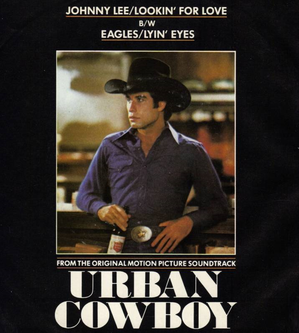
For the people who could not find their soulmates, they could look for another chance in the next markets.
Everyone left the market with good experiences and memories of the fun night.
The Love Market was not the place where you can sell or buy love.
This was the love haven where you had a chance to express your feelings and affection to a significant other.

Today, with a lot of tourists, the real Love Market does not exist any more.
Perhaps, real love does not exist any more?

However, you can still see the representation of the Love Market when you stay here on a Saturday night.
The Sapa Love Market is a cultural beauty and unique experience no visitor should miss out in Sapa.
People stand in groups singing and dancing their traditional dances until the night comes.
Visiting the Love Market today, you may still see some young locals singing in the dark, but it is not because they are looking for a partner:
They are looking for tourists who will be asked for a tip after they sing a song for them.

As Sapa is a popular tourist attraction, the Sapa Love Market gets more attention from both ethnic people and tourists.
Today, the market is held at the Tourist Information and Promotion Center.
There are many activities of the Hmong and Red Dao people organized on the campus.
Not only can you see the singing and dancing, but also other activities such as wife kidnapping, blowing leaves, etc.
The market is not just for marriage purposes.
It is also the place where people meet their old friends and make new ones.
No matter how old they are, how different they look, everyone is happy to chat with each other with their smiles on.
Visiting the place, visitors can experience the culture and feel the spirit of ethnic minority people.

The Bac Ha Market and Coc Ly Market are good alternatives for those who want to experience shopping the way locals do without being dampened by commercialisation.
If you want to visit these tribal markets, you should book a day tour from a travel agent in town.
Every Sunday, the different hill tribes that meet in the morning to sell their wares make up the Bac Ha Market.
Unlike the Saturday market, this is more about local business than tourism.
The market is open until noon, but the best time to visit is between dawn and late morning.
If you miss the Bac Ha Market, you can wait until Tuesday for the Coc Ly Market, which is smaller and less varied.


There are some other love markets in other mountainous towns, such as the Khau Vai Love Market in Ha Giang, or the Moc Chau Love Market in Son La.
However, these markets are held once a year so it is difficult for tourists to get a chance to see them.


In addition to that, the Love Market in Sapa is said to be the oldest one and takes place more frequently -every Saturday evening.
Therefore, as long as you visit Sapa on the weekends, you will have the opportunity to see all the interesting activities at the market.
The love market in Sapa reflects the traditional culture of ethnic minorities in this mountainous town.
This is an event that shouldn’t be missed when visiting the region.

But the Love Market is more than a renowned place where young people came to find their partners for marriage.
Sapa Love Market is also a great base for people to retain their culture in activities, exchange goods and gather with friends.

Plenty of minority people still turn up to peddle ethnic-style bags and shirts to trekkers, though more authentic market fairs can be found on the other side of the Red River on Saturdays at Can Cau and on Sundays in Bac Ha.

About 100 km away from Sapa, Bac Ha is the biggest ethnic market in the northwestern region of Vietnam.

Alluring thousands of ethnic people from the nearby hill tribes, Sapa is a great place for indigenous people to meet and boast their traditional and colorful ethnic costumes, giving travellers an ideal opportunity to discover the region’s rich cultural diversity.

In Sapa town, there is a modest cathedral.
Sapa’s small stone church was built by the French and is still a central landmark.
It opens for Mass on Sunday and on certain evenings for prayers.

The Sapa Museum offers a showcase of the history and ethnology of the Sapa area, including the French colonial era.
Dusty exhibitions give an overview of the various ethnic groups around Sapa, with information on the region’s rich handicrafts, so it is worth a quick visit when you first arrive in town.
The Museum is located above a handicrafts shop behind the Tourist Information Centre.

The small Museum features video presentations and wall displays about Sa Pa’s history and the lifestyles of the local hill tribes, but the exhibits are dimly lit and the captions unclear – you might not learn much here.
Other exhibits include a mock-up of a Hmong wedding ceremony and a rundown of the social architecture of ethnic minority groups.

Due to its distant location in the northwest mountainous area with no airport nearby, Sapa is only accessible by road or rail.
Thanks to the new expressway Hanoi – Lao Cao, traveling to Sapa from the capital city of Hanoi only takes 5 hours by shuttle bus.
The ticket price varies from 220,000 VND – 450,0000 VND (about US$15).
As it is a non-stop ride coming straight into town, visitors can save a lot of time.

Previously, the journey by bus from Gia Lam bus station in Hanoi to the centre of Sa Pa took just as long as the train and bus combination (about 10 hours), but the completion of a new highway between Hanoi and Lao Cai has cut that time by about 4 hours – making the bus journey a more appealing alternative.

Sa Pa’s bus station is by the lake in the northeast of town, though many buses, such as the shuttle buses to and from the railway station in Lao Cai, drop passengers off in front of the church.
Buses to Hanoi leave from the main square in front of the church in the morning and evening.

Note that if you’re heading to Bac Ha, you’ll need to change buses in Lao Cai and consequently endure a rather slow journey, though there are tour buses that go directly from Sa Pa on Sundays only for the market.
Ask at your hotel about these.

There’s also a daily sleeper bus directly to Bai Chay for Ha Long Bay.

The great way to get to Sapa from Hanoi is to take the train to Lao Cai, then hop on an hour-long bus or a taxi to the town.

The journey takes around 8 hours, offering the picturesque views of the mountains alongside.

Vietnam Railways operates two daily express trains from Hanoi to Lao Cai and vice versa, departing at 9:35 and 10:00 PM from Gia Lam Station, Hanoi.
The train only stops at major stations, so the trip is expected to be smooth and uninterrupted.


There’s no railway station in Sa Pa, yet most people still come here by train from Hanoi via the border town of Lao Cai, located on the east bank of the Red River, 38km from Sa Pa.

They then take a shuttle bus from the station up the winding, switchback road to Sa Pa, which takes about an hour and drops passengers off on Cau May, Sa Pa’s main street.

The best way to reach Sapa is via the overnight train from Hanoi.
It’s a nine-hour ride from Hanoi to Lao Cai.

Tickets need to be booked in advance from Hanoi Train Station.
Take a cabin with a bunk bed.
From Lao Cai, it will take about 45 minutes to an hour of road travel (either by minibus or taxi) to get to the desired destination.

Travellers also have the option to drive from Hanoi (usually by motorcycle), but the direct route to the capital will take about 10 hours.
Another way to get to Sapa is riding a motorbike or scooter.
The trip from Hanoi takes about 10 hours.
Due to the rugged mountainous terrain, the roads may offer spectacular views, but it is not an ideal option for novice riders.

Don’t forget that an international driver’s license is required to rent and ride a motorbike in Vietnam.
During your trip, the temperature can get low at night so make sure you prepare some warm layers in your luggage.

Getting around Sapa is mostly done on foot.
The town is very small and the steep streets are easy to navigate.

Motorbikes, with or without a driver, can be arranged through hotels in Sa Pa.
Self-drive is available but you will need to be an experienced biker to tackle the stony mountain tracks.
Make sure you test the bike for faults before leaving town.

It’s also possible to hire your own jeep and driver (around $100/day) via Sa Pa’s tour operators, depending on availability, but if you want to tackle the whole northwestern circuit you’ll find cheaper long-term prices in Hanoi.

The misty town of Sapa features a variety of accommodation options, especially for the travelers in the low to mid-range budget, from hostels, hotels to family-run homestays.
It also gives many options for travellers to stay in the luxury hotels.
Diverse in styles and budgets, most of the hotels in the local area look out over the valleys with spectacular views of the Hoang Lien Mountains and Mount Fansipan.
Depending on your demands, you might choose to stay in a downtown/village accommodation.
If convenience is your priority, a downtown hotel would be the best choice.
Thanks to its ideal location, downtown Sapa is a convenient base to discover the popular attractions around.
It is also where to find the restaurants and bars.

For anyone seeking the get-out-of-town experience and eager for something a little more authentic, village accommodation would be the ideal option.
Just a 20-minute ride away, you will find quiet hamlets and humble homestays that embrace a totally different vibe.

Despite the glut of guesthouses and hotels in Sa Pa, rooms can still be in short supply in the summer months, pushing up prices by as much as 50%.
Most hotels bump up prices over weekends too, when the town is crawling with Vietnamese tourists, so it’s worth considering a midweek visit.
Most places offer some kind of heating, such as electric blankets, but it is best to check rather than risk shivering all night.

Foreigners can also now stay in many of Sa Pa’s surrounding minority villages, though you’ll need to arrange this through guesthouses and travel agencies, as independent trekking and village visits are frowned upon.

For such a small town, there is a surprisingly large collection of hotels in Sapa.
The majority of accommodation caters to locals and backpackers.
Hotel prices in Sapa are noticeably cheaper than in the big cities so a comfortable guesthouse should be within the budget of most visitors.
Many hotels downtown also provide visa arrangements, train tickets and local Sapa tour packages with an additional fee.
The town may be very crowded during the peak season so visitors are recommended to make a reservation.
Also, during the weekends, prices can be charged slightly higher due to demands.

Sa Pa has the widest range of food in the north outside Hanoi.
One benefit of the building boom is that there is plenty of choice, with many places serving a mixture of local cuisine and foreign dishes.
To go where the locals are, try the street stalls along Pham Xuan Huan, parallel to Cau May, which serve pho and rice.
Some stay open late into the night, when the focus shifts to barbecued meat and rice wine.
If you are looking for a good meal in Sapa, head to Cau May Street, which is the main street where most of the restaurants and cafés are located.

It is worth taking a walk to Centre Square at around 6 pm, as there are frequent performances of ethnic music and dance taking place there.

There are several ATMs dotted around Sa Pa.
The Agribank on Cau May can exchange cash.
You can find a post office at Ham Rong, though service is poor and mail delivery times are exceptionally long.

Sapa is not known for its hectic nightlife scene.
There are a couple of bars offering a place to meet fellow travellers, drink a few beers and play a game of pool.
Most restaurants sell beer and other drinks, but tend to close early in the evening.
You can find a few karaoke joints frequented by middle-class Vietnamese travellers.
There are no nightclubs or dance halls.

Gather on Tuyen Pho Di Bo, a pedestrian street (or “walking street“) and see all manner of food and kitsch on display in curbside kiosks or upon blankets spread in the middle of the thoroughfare.
Children with doe eyes and sad expressions implore your attention to buy their wares.
Crowds stroll by and tourists are invisible within the throng.
This street could be anywhere in Asia, save for the distinctive costumes of those who came for a different life from remote villages to Sapa, only to be compelled to commercialize their heritage through displays of traditional attire.
It is a street filled with life and a casual indifference towards that life.
A mouse streaks across the pavement, all manner of meat is gathered atop grills, all is sound and sight, music blaring, fabrics flaring, people staring, smiles sharing the night.

I am uncertain as to whether Heidi and José actually witnessed the Love Market or not, for with the passage of time and the score of events that have transpired since, memories grow faint, but I feel certain that they both definitely heard of this – for its fame would make this inevitable – and may have pondered their own individual quests for romance in their lives.
At the time of her travels in Vietnam, Heidi was between boyfriends.

(I am unsure of José‘s status at the time, but perhaps his arriving in Vietnam on his home may suggest that he was as unattached romantically to someone as Heidi was.

As for your narrator, I was then, and still remain, married to a lovely doctor resident in Switzerland, where I first met and worked with Heidi.)

As I continue to spin the tale of Heidi‘s travels in northern Vietnam I find myself curious as to how her generation seeks out and finds love.
I suspect (and accept with neither approval nor criticism) that her generation may be more promiscuous than mine was.
But the extent of her generation’s proclivities is not my concern here.
My curiosity has been piqued by the very words “Love Market” – people in the market searching for romance.

Psychologist Dr. Polly Young-Eisendrath speaks of why love in the 21st century is so difficult:
“The nature of love in the 21st century has beckoned us to a new cultural and social horizon from which we may be able to learn how to manage our conflicts between love and hate, between dominance and submission, between surrender and self-protection, without creating an enemy.
Either we will learn how to grow and develop in this way or our narcissistic longings for a “perfect love” will defeat us.
I believe that the contemporary couple relationship has created an urgent and critical challenge to the stability of our families and our lives.
I want this challenge to lead to greater wisdom instead of a failure to love.”

I think love is a wonderful and splendid phenomenon.
I am here and now in Eskişehir witnessing the blossoming of romance between a good friend and a new colleague.
Finding yourself attracted to someone you work with is so common that it borders on the cliché.
That being said, I feel nothing but happiness towards and from the couple.

I think too many people – men and women alike – feel that they cannot be happy unless they are in a relationship.
But a relationship never creates happiness.
Happiness must be equally brought into the relationship.
Happiness is shared, never won as a prize.
Rather than obsessing over finding a mate, time could be better spent in developing ourselves.

Too few women know how to be alone.
Too few men know how to embrace solitude as a positive thing.

As much as being in love is desirable, I feel that there is a danger of losing one’s individuality in the compromises that come with being a couple.
The tingles of new love make each encounter feel like an adventure, but are the tingles destined to last?
I am unsure here.

Before we can learn to love under current conditions, we need to reflect a bit on our past traditions.
Marriage moved relatively quickly from being a vow of impersonal loyalty and a commitment “in sickness and in health until death do us part” for the sake of the family and property to a personal and transitory vow “for as long as this meets my needs”.

This shift has made everyone a little nervous, and some people now feel almost obliged to break off a relationship if they no longer find their own image and values reflected in the other person in the way they expect:
“How can I be with someone like this?”

Has globalization created this sort of sentiment amongst the young of the Hmong?
Has the Love Market become nothing more than an excuse to traffic trinkets to tourists?
How do Hmong young meet their mates?
For that matter, how does today’s generation come together?

Because ideas of the hierarchy are eschewed in our contemporary lives, our relationships are based on ideas of equality and reciprocity, as well as personal desire.
Equality, mutuality, reciprocity and desire are destabilizing influences in a partnership or a family because of the ongoing requirements to negotiate needs and conflicts on a day-to-day or even hour-to-hour basis.
Frequent and repetitive negotiations require emotional and communication skills that most of us lack.
Our ordinary daily conflicts can soon become exhausting and dispiriting because no solutions are arrived at.
These conflicts (even the most benign ones, like “What colour should we paint the kitchen?”) may threaten to undermine our commitment to our relationships because they quickly lead us to review whether or not we want to “live with someone who is like this.”
On top of all this, human beings (Homo sapiens) may, unfortunately, despite their intentions, simply feel more comfortable and at ease in a hierarchy in which one individual seems to be in charge.
Then, the power arrangements are clear even if they rest on oppression — and potentially, abuse.

I am not a psychologist.
I can only say, from my limited point of view, that many of the relationships I have witnessed play out the dynamic of one individual dominating the other in the union.
So often it seems that one of the two will judge their own value by their partner’s estimation of their usefulness.
Our desire for validation, for praise from a significant other, makes us dependent, creates an addiction that is only rewarded through increased productivity that generates the praise.
I cannot, for certain, know the mind of Heidi.

Merely I wonder at the wisdom of the Eurythmics’ song Sweet Dreams Are Made of This:
Sweet dreams are made of this
Who am I to disagree?
I travel the world and the seven seas
Everybody’s looking for something
Some of them want to use you
Some of them want to get used by you
Some of them want to abuse you
Some of them want to be abused

But in today’s world, you most likely believe that you no longer want a hierarchy in your personal life.
Instead, you want to be equal with your partner.
You want to be respected, you want to be witnessed and held in mind, and you want to be found desirable and cared for.
These are the demands of personal love.

I wonder:
Is there truly equality between the sexes?
Equality infers that a comparison exists within a particular dynamic, but do men and women actually live according to the same rules, playing the same game?
Sometimes I think that in the chemistry that creates attraction between people it is assumed that thoughts and feelings are in sync.
Sometimes I think that one side is playing checkers while the other side plays chess.
Sometimes I wonder how creative we could be if we could conquer our craving for companionship.

Personal love is different from romance and from biological attachment bonds.
Personal love is much more demanding and challenging than a secure attachment or pair bond because it typically requires functioning together with a partner in multiple roles in our daily lives and using psychological insights, and even spiritual skills, that are unfamiliar and may seem burdensome.
Attachment bonds and biology play a role in personal love, but only a minor one.
Living together over time and solving problems with someone who is meant to be your best friend, your co-parent, your sexual partner, and possibly your business partner, in a reciprocal and mutual relationship, is a radical new endeavor for which the old archetypes and myths, as well as the current neurological and biological models, do not provide adequate guidance.

But is there truly reciprocity between the sexes?
Or does one gender call the shots while the other strives for praise for doing what the other wants?
Why do we crave validation from others when we should embrace our own individuality and love ourselves independently from someone else’s approval?

In today’s marriage — I will use the term “marriage” loosely here to mean a long-term committed bond —you fall in love with a stranger to whom you then commit in a relationship in which you promise not to dominate, control or break the trust.

Too often have I borne witness to that promise being broken.

Furthermore, you must also remain true to yourself — your own needs and values — or the relationship will not thrive.

Herein lies my own personal struggle:
Determining what it is that I need and value.

I wonder:
What is it that the Hmong man, the Hmong woman, Heidi herself, needs and values?

Personal love breaks all the rules that marriage has followed for centuries.
Most radical is that this kind of love requires that an emotional and mental space be created in which both partners can grow and develop psychologically and spiritually.
This process begins with disillusionment after the romance has ended.

But do both partners develop?
What would the world be like if we really used our intelligence and imagination?
Imagine a new world built from new ideas instead of a fight to preserve values that bind us to notions that stifle our individuality.
Can composers create something other than love songs?
Can writers write of nothing but romance?
Can painters paint beauty that is not exclusively feminine?

While disillusionment is the death knell for the initial romance, it is a necessary development for personal love and romance to mature into ongoing intimacy.
Here is a radical idea:
When you fall in love you have fallen into your own unconsciousness, and you can only step out of that unconsciousness after you begin to see what you have projected — both in idealization and in disillusionment.
It is the nature of projection that you see and feel as though the disavowed aspects of yourself (either idealized or devalued) are within another person, not yourself.
You will feel this as a fact, as though it were absolutely true.
But initial disillusionment is critically important on the path of love because it is the first opportunity to notice your projection — after it has become sour and negative, when your partner begins to seem like someone you don’t like and someone you must defend against.

Marriage (as the good doctor defines it) is an exchange of vows, but while vowing oneself to another, is this not a disavowal of oneself simultaneously?

You then must develop, as the next step, a more complex picture of your partner and yourself that includes your projected anxieties, images and desires.
The truth is that this other person cannot satisfy all (or maybe even most) of your needs or be your friend in all the ways you had hoped.
Embracing this truth (again and again) in a way that does not prohibit intimacy and friendship with your partner is an ongoing commitment.
The process of taking back our projections never ends.
It means you have to maintain a kind of psychological openness that helps you repeatedly get to know your partner anew and to look at yourself with fresh eyes as well.

Again this is presuming a synchronicity of thought patterns, an assumption that our desired end goals are in sync.
I have often held to the adage that love is not two people looking into each other’s eyes, but instead they are looking in the same direction.
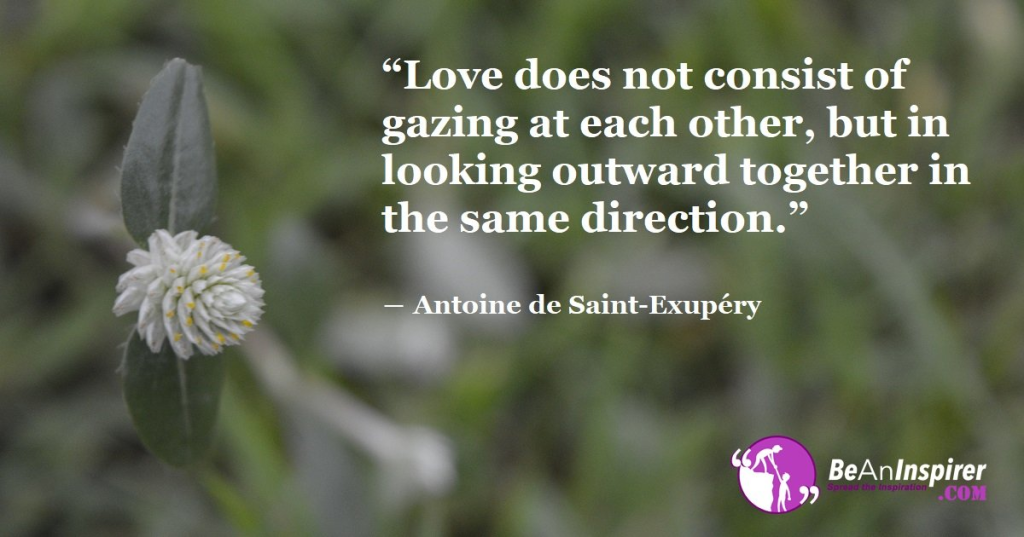
For personal love to develop into what I call “true love”— a powerful mixture of reality and desire — you must shift from disillusionment into friendship, from antagonism into cooperation, from your partner being your “intimate enemy” into being your intimate friend.
As a result, it requires you to discover and embrace a more complex sense of who you are — your history, vulnerabilities, and so on — since this is the basis of both your idealizations and your disillusionments.

Can couples become cooperative companions?

The defenses that surround the pain of disillusionment often keep couples from moving into being intimate after feeling like enemies.
Partners, and their friends and relatives, also tend to make critical appraisals of a devalued partner, such as “he’s an alcoholic” or “she’s needy” or “he has bipolar disorder” or “she’s an airhead”.
These appraisals lead to gathering evidence and grievances to illustrate their circumstantial “truths”.
And so, disavowed aggressions and feelings of the “moral superiority” of victimhood complicate many daily conflicts with “proof” that a devalued partner is defective or mean-spirited.

True love, however, requires walking through disillusionment without losing your faith and hope of finding your best friend again through a fog of confusion, discouragement, and pain.
Sadly, it is at the juncture of defensive disillusionment where most committed couples flounder and become discouraged and feel imprisoned.
It is at this point where traditional marriages typically lost their way and entered into the War between the Sexes.
Learning to navigate the path from disillusionment to true love is what all couples must learn to do in this new age.

The good doctor suggests that we are in a new age.
And yet what I see are old problems being attempted with old solutions disguised by new technologies.
In the West a dependency and addiction to technology has led the yearning youth of today to turn to electronics to elicit romance.
But has not the game, the dance, of the Love Market, really become simply an adaptation to our technological “progress“?

One side still continues to seduce the other.
One side still chases the other.
One side still succumbs to the passion of the other.
Vows are exchanged, first privately, perhaps later publicly.
The game continues, the dance goes on, humanity perpetuates itself, the band plays on.
History repeats itself.
But have we learned from history?

The idea of Sapa’s Love Market is poetry writ large on a canvass of clichés.
It rests on the notion that love can be found, if one is willing to put oneself out into the market.
That somewhere out there love is waiting to be discovered, that elusive Eldorado, that secret Shangri-la, that unfathomable Utopia, may be uncovered in an unfamiliar place beyond our ken.

I know, for I once was (and perhaps still am) as Neil Young sang:
I want to live
I want to give
I’ve been a miner for a heart of gold
It’s these expressions
I never give
That keep me searching for a heart of gold
And I’m getting old
I’ve been to Hollywood
I’ve been to Redwood
I crossed the ocean for a heart of gold
I’ve been in my mind
It’s such a fine line
That keeps me searching for a heart of gold

But the truth is wherever we go, there we are.
Who we are does not change dependent upon where we are.
Whether your home is in Canada or Switzerland or Turkey, north in China or south in Vietnam.
We travel to discover our differences only to realize our similarities.

This could Rotterdam or Liverpool or Rome, and universally men are men and women women.
The same hang-ups, the same problems, the same games, the same basic ideas.
Only time, technology and place differ.
Reality is what we perceive it to be, not necessarily what it actually is.

The young believe that their perspective is unique, that they can change the rules, that they understand the game, that the problems of today bear no resemblance whatsoever to those of yesteryear.
The old leave the young to these illusions in the hope that they will learn from the resulting disillusionment.
The old are as equally foolish in their own way as the young are in theirs.

Night falls upon the mountain town of Sapa and the wandering through the streets amongst the purveyors of kitsch in costumes of compromised culture will draw to a close.

Heidi and José return to their hostel/hotel, retire to their separate rooms and sleep the dreamless slumber that the trial of travelling brings.

A plan has been formed, a three-day hike has been planned, and they will journey together, for solitude leads to thought and travel is supposed to transport us from our familiar fears and ever present anxieties.

Heidi is between relationships and is offered an opportunity for reflection.
Life offers the human being two choices:
Animal existence, a search for immediate self-gratification in indulgences unhindered.
Or a spiritual existence wherein one can discover that which is truly of value.
Will there be a longing and interest in the mysteries of self-discovery?
Or simply a desire to satisfy the senses in the novelty of faraway places with strange sounding names that offer the similar gratifications of the familiar?
I do not know her mind.
I can only guess her thoughts as a projection of my own through the tiny prism of the accounts she has given me of her travels.

Sapa is simply a new place seen though someone else’s eyes in tales told in tones of an older man.
Perhaps one day, God willing / Inshallah, I will stroll into Sapa and see its sights for myself.
But the Sapa I will see won’t be the same as that Heidi experienced.
The Sapa I speak of here may not be the Sapa which she knew there.
Perhaps the wisdom we seek is like the Hmong women hiding in the forest, hoping to be found, embraced and cherished.
The search continues.
Heaven only knows what we will find.

Sources: Wikipedia / Google / Facebook / Rough Guide to Vietnam / Polly Young-Eisendrath, Love between Equals / Morning Star News, “Officials in Vietnam Claim Christian Who Died in Police Custody Committed Suicide“, 9 April 2013




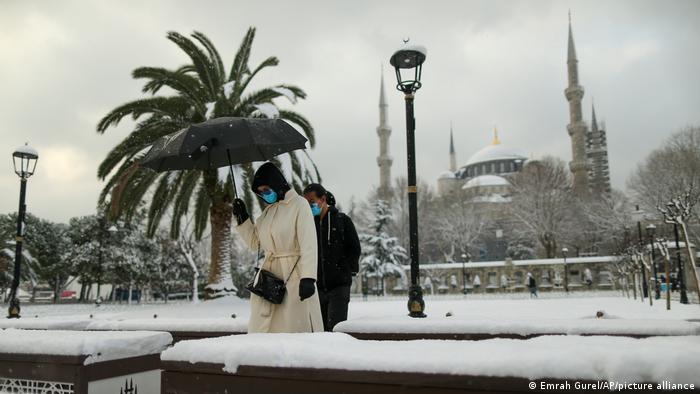



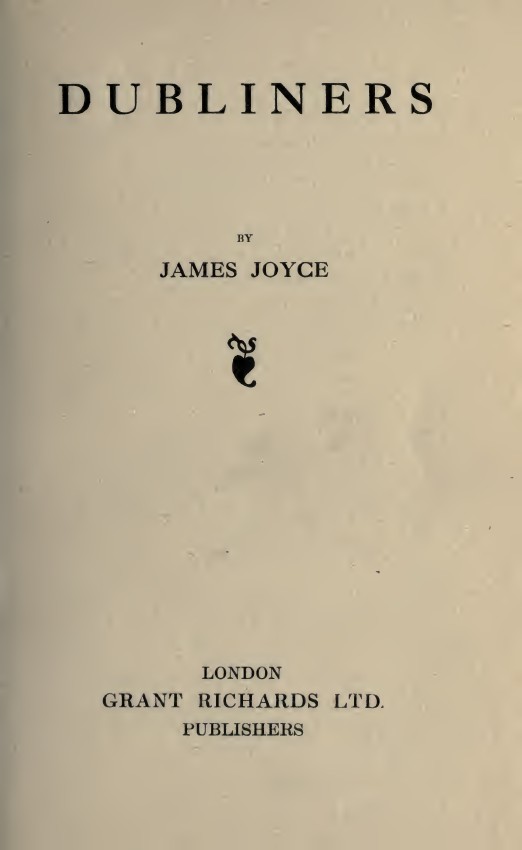

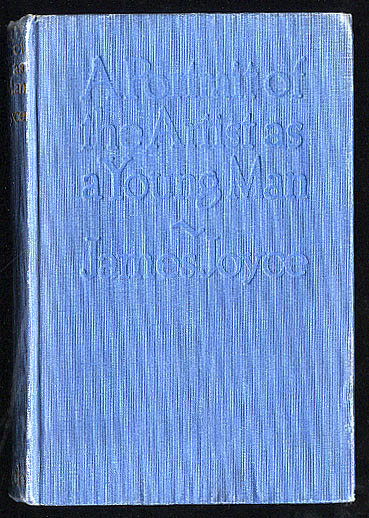
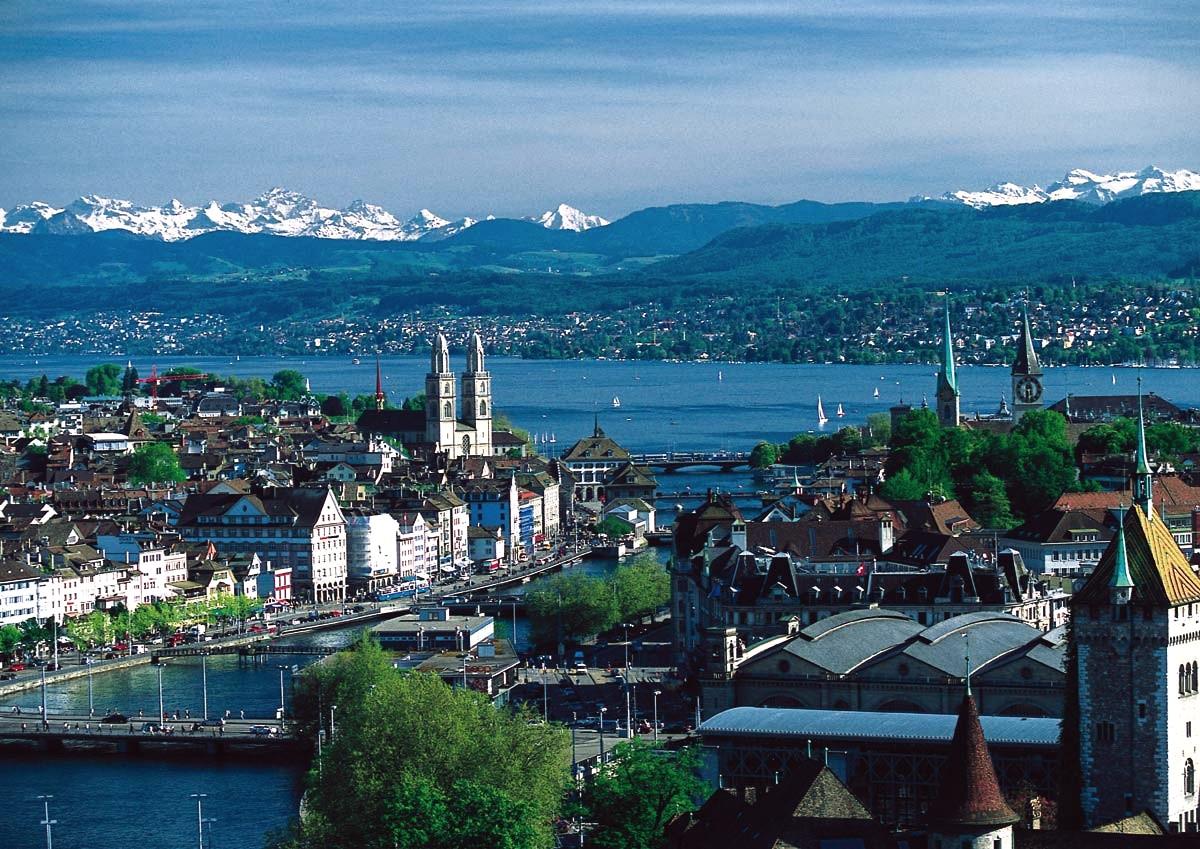


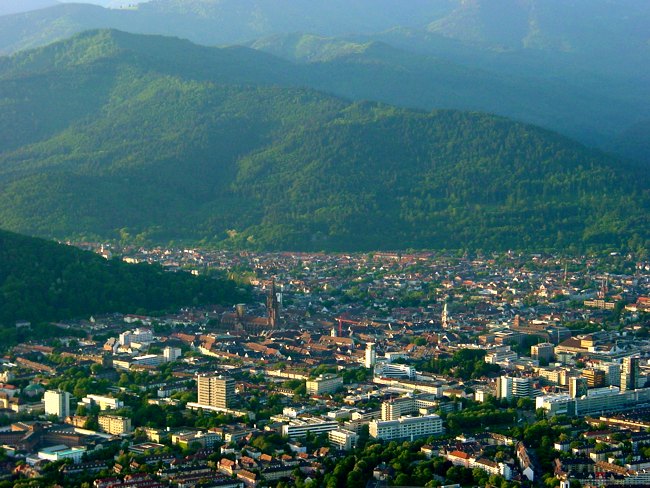








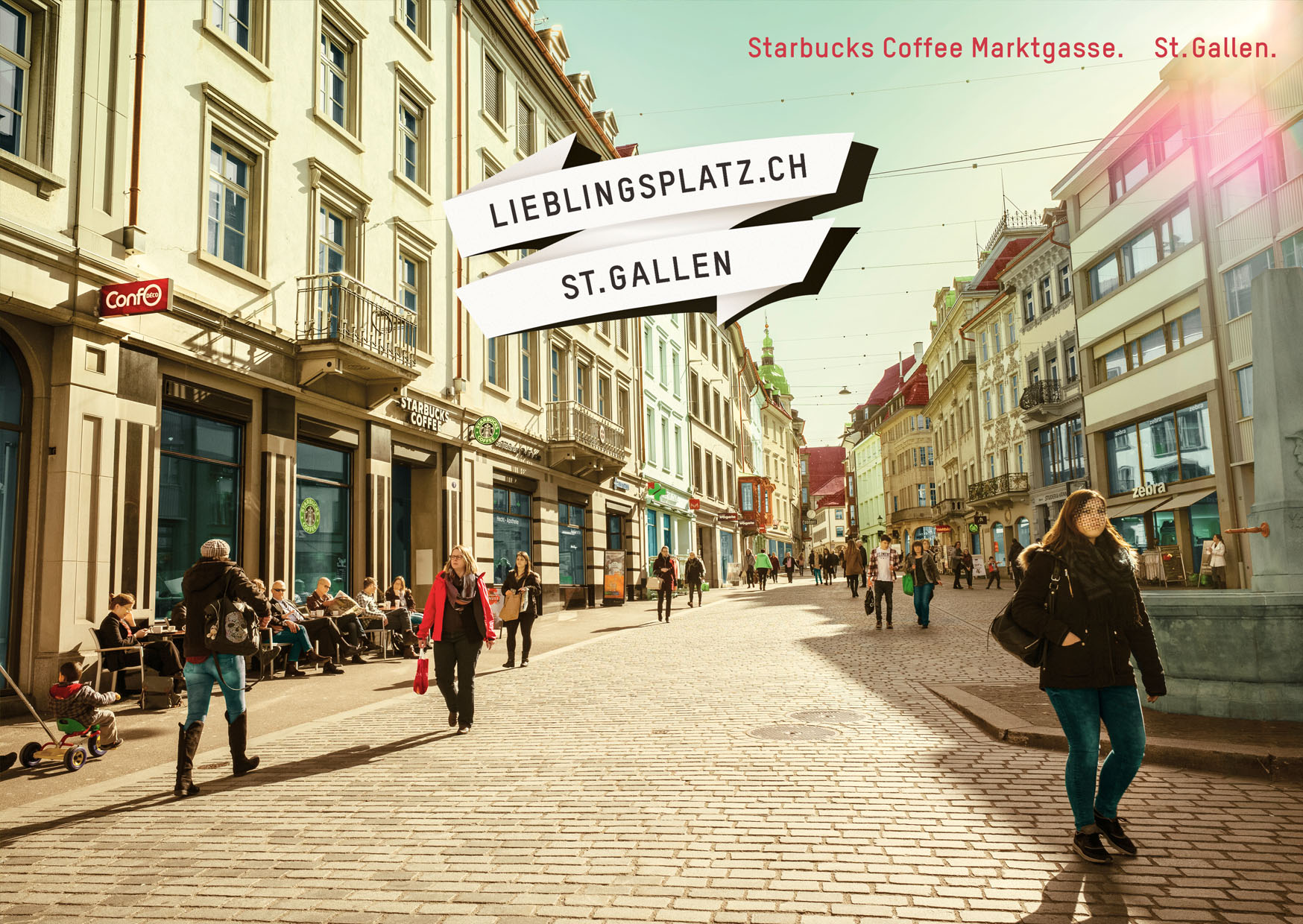












![Clockwise from top left: The Senedd building, Principality Stadium, Cardiff Castle,[1] Cardiff Bay, Cardiff City Centre, City Hall clock tower, Welsh National War Memorial](https://upload.wikimedia.org/wikipedia/commons/thumb/4/46/Cardiffmontage3.jpg/800px-Cardiffmontage3.jpg)


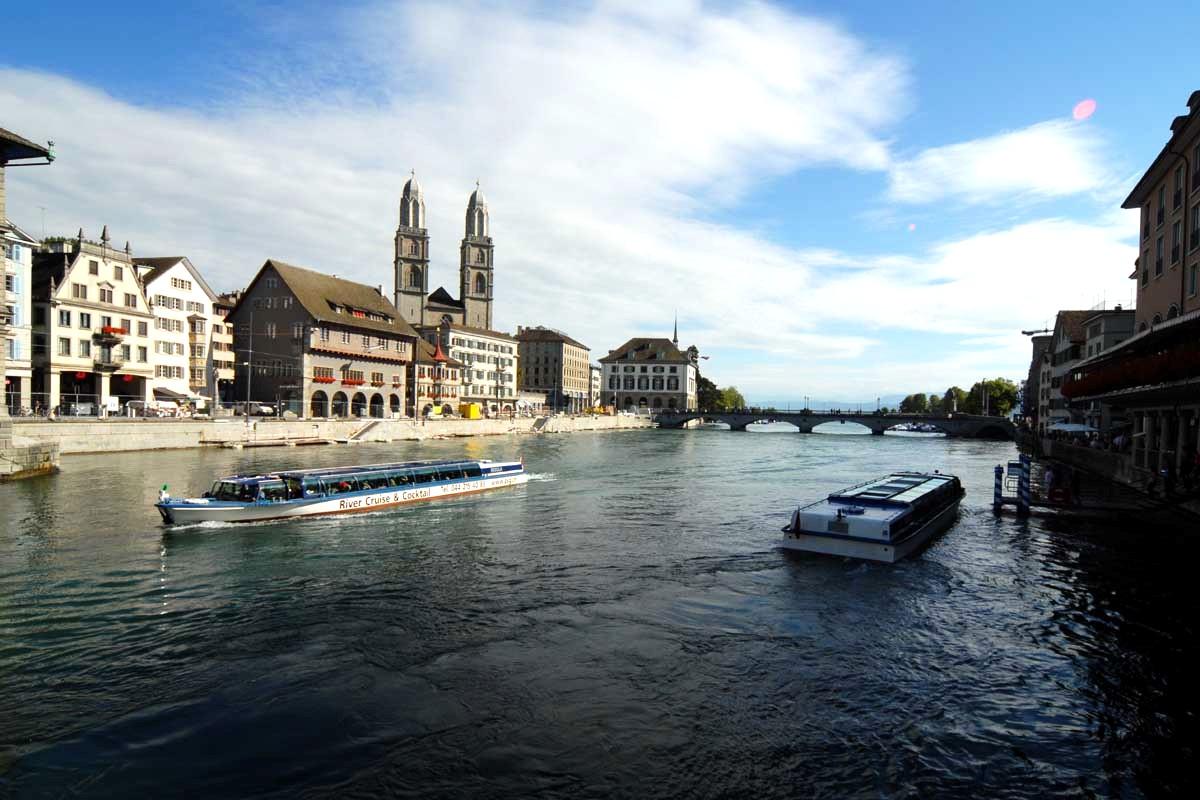
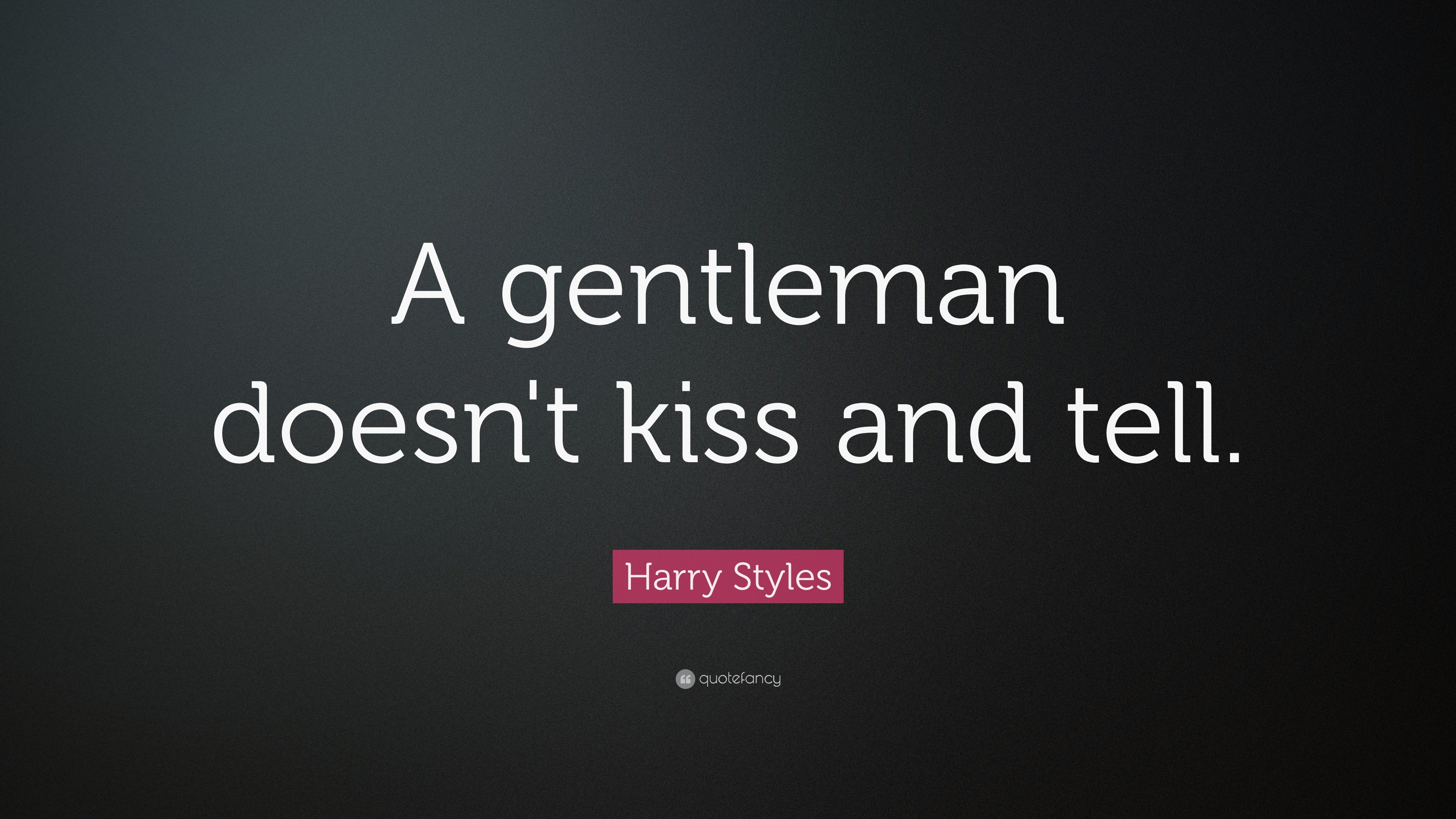




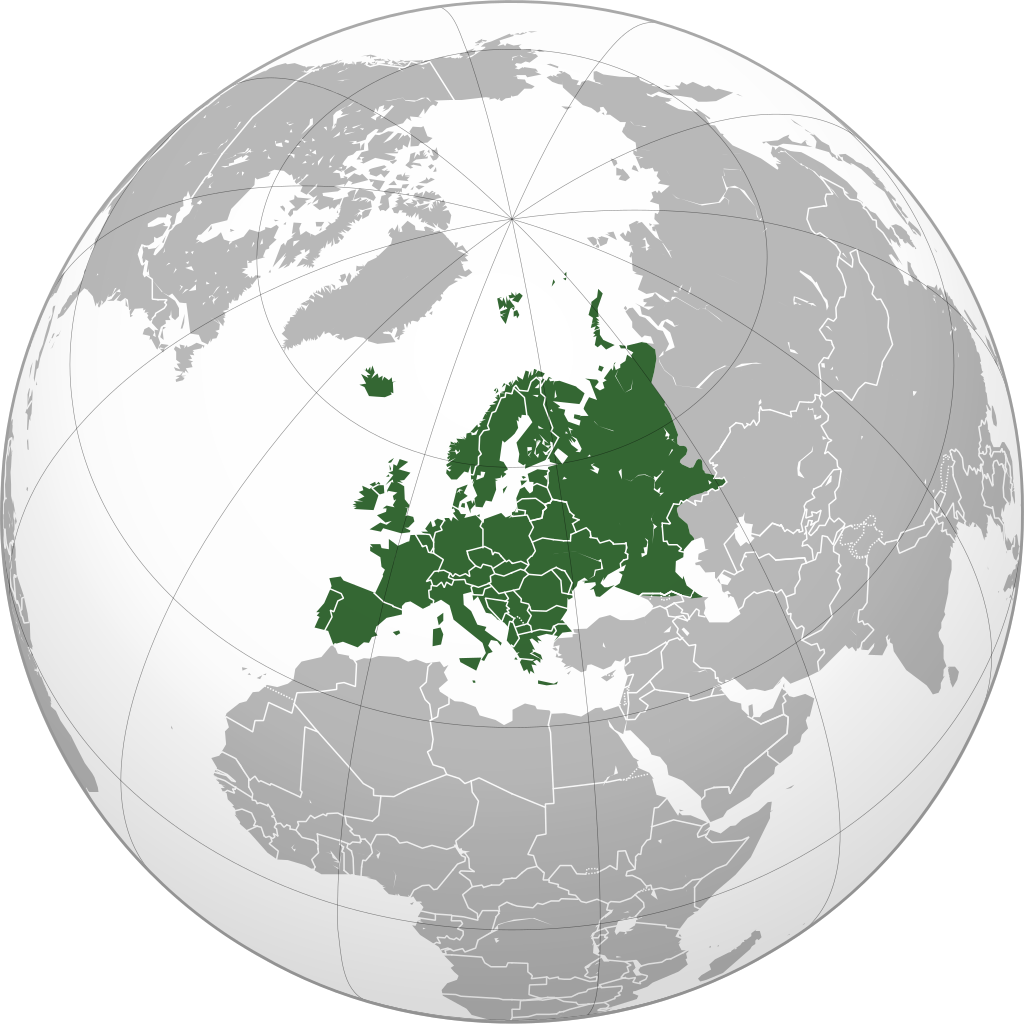
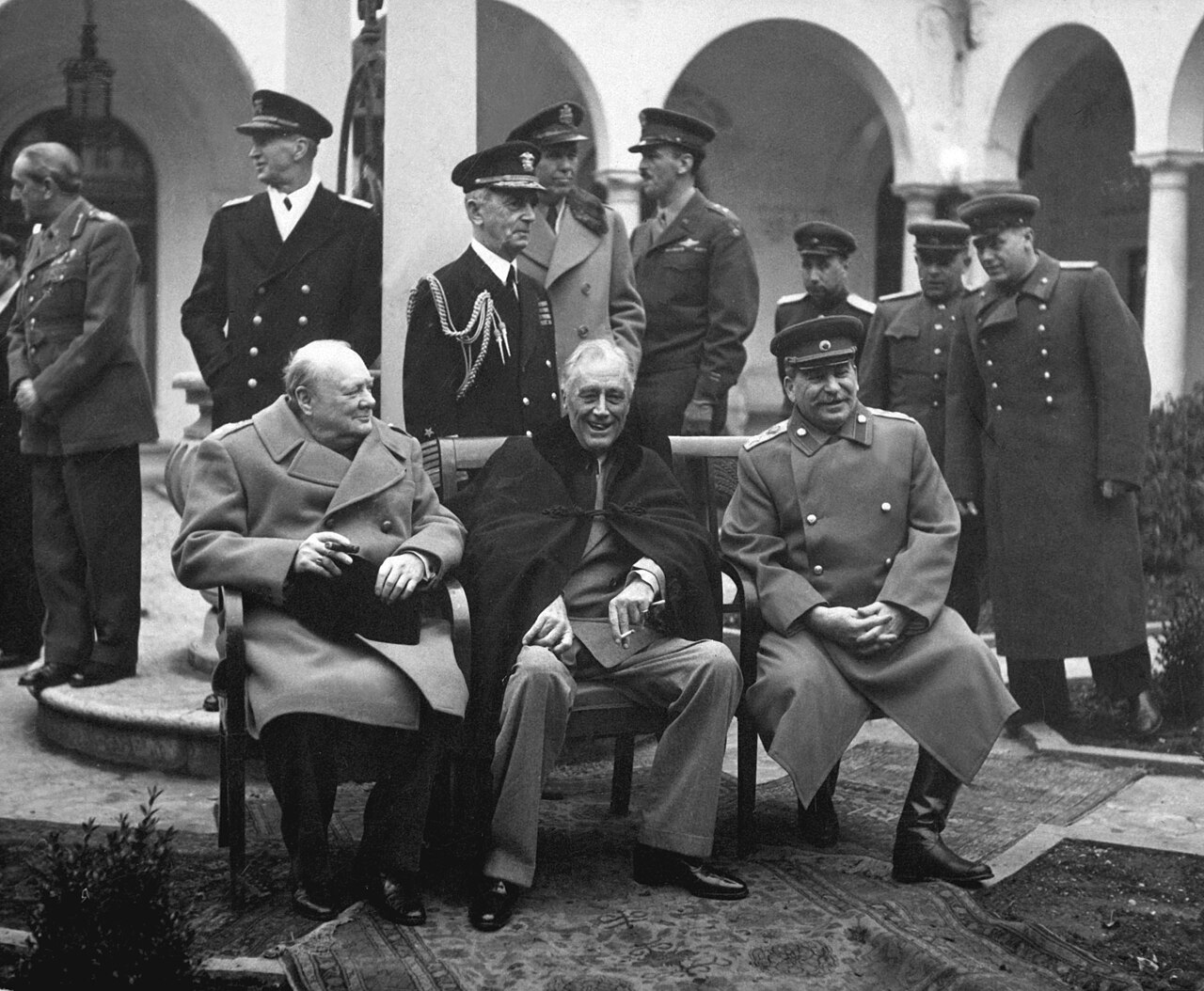

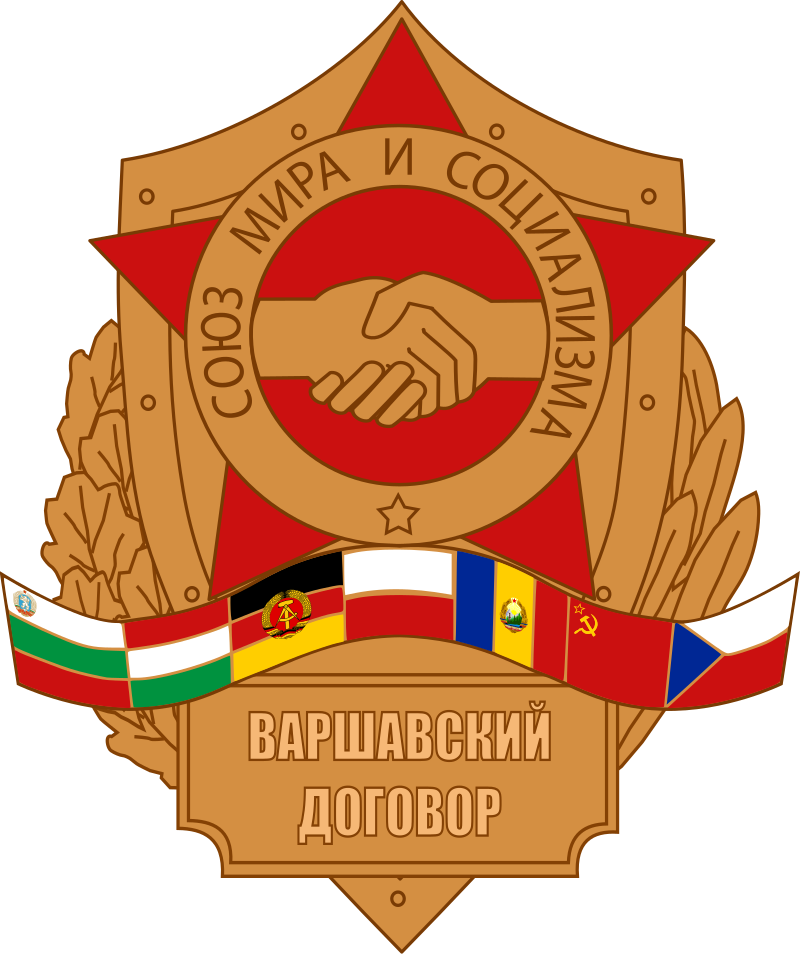




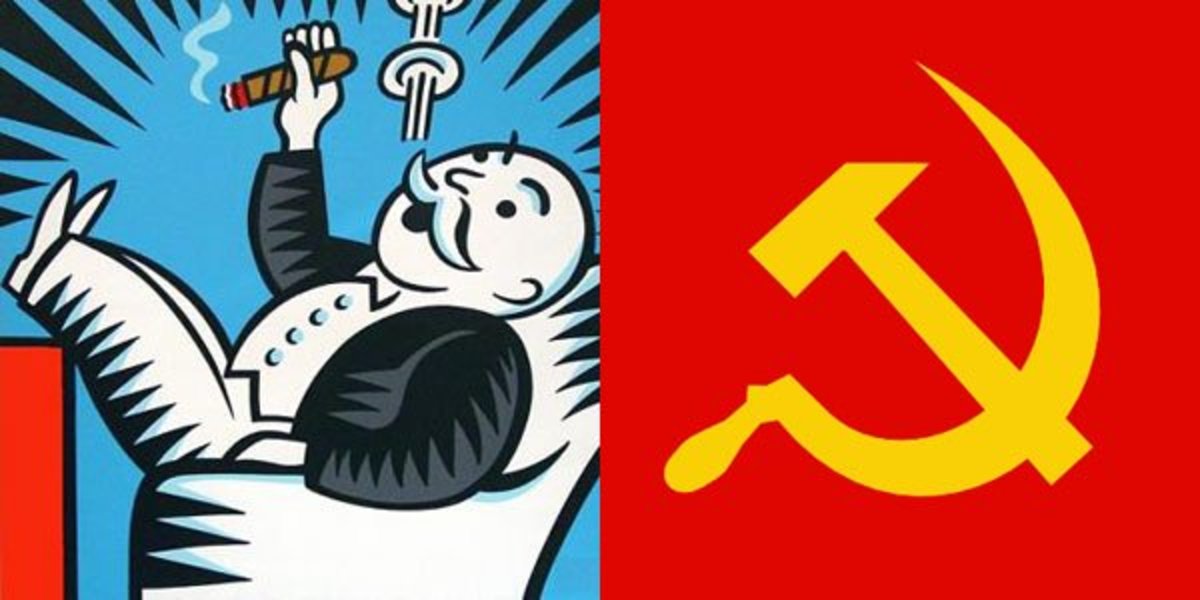










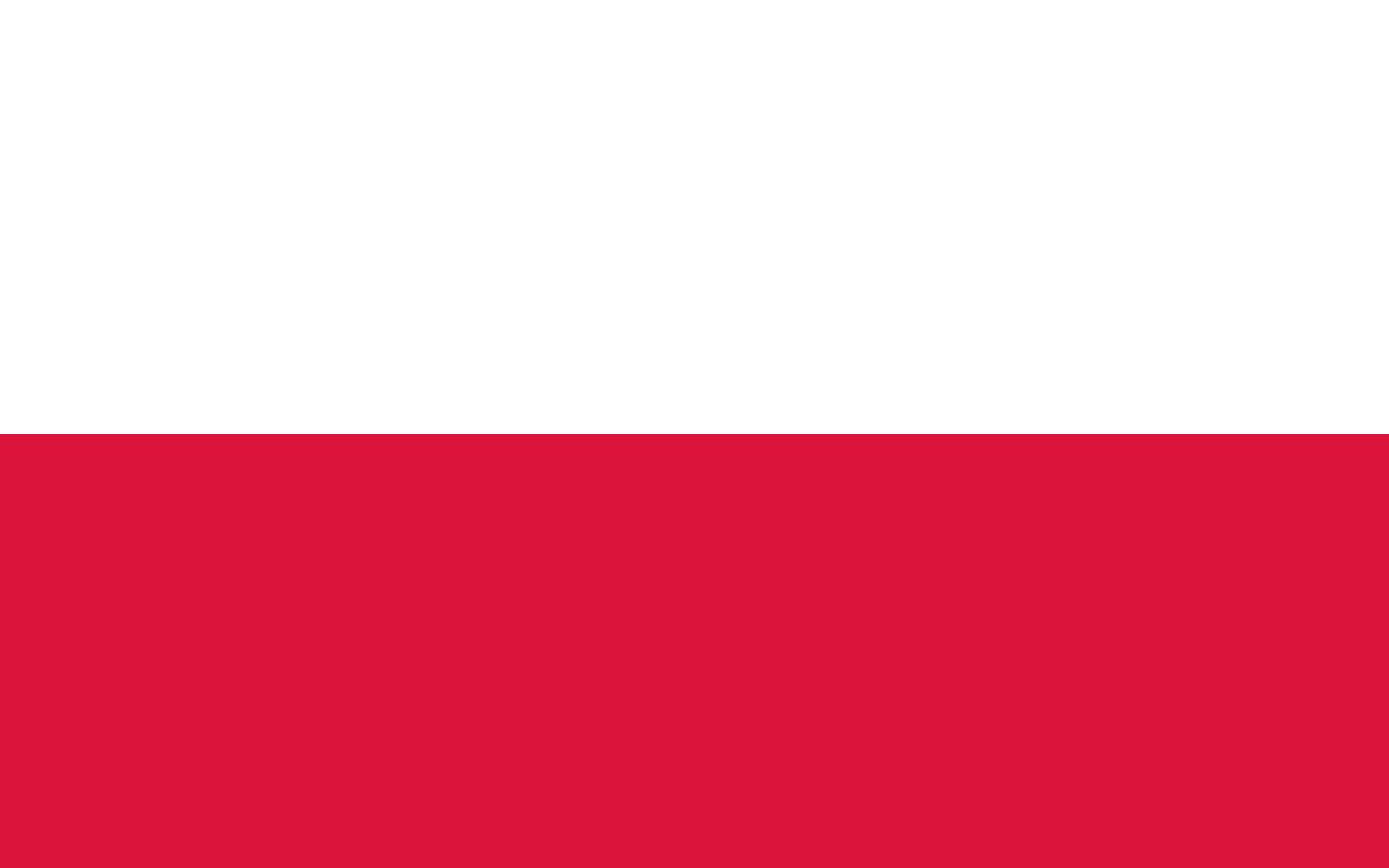

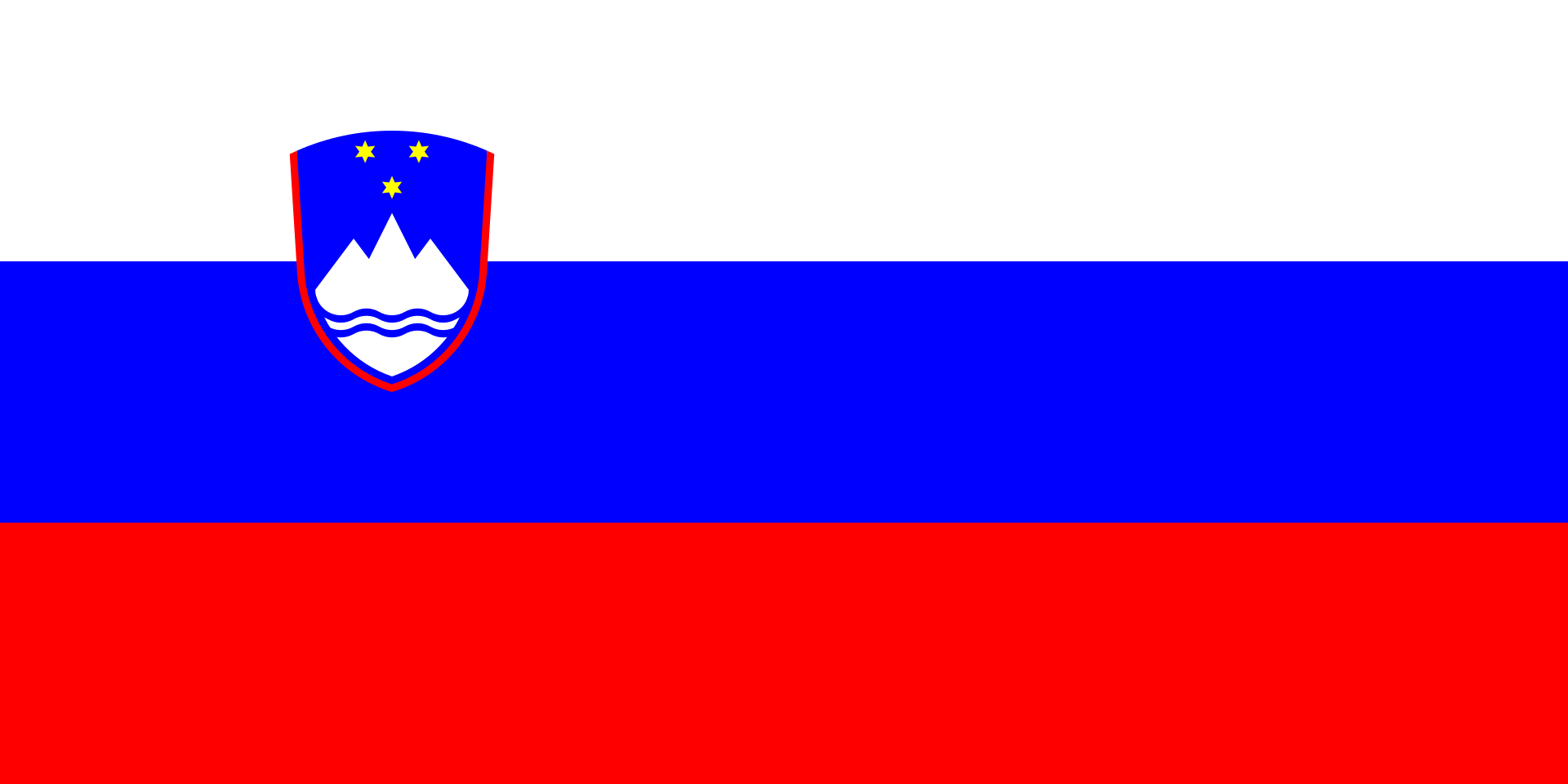




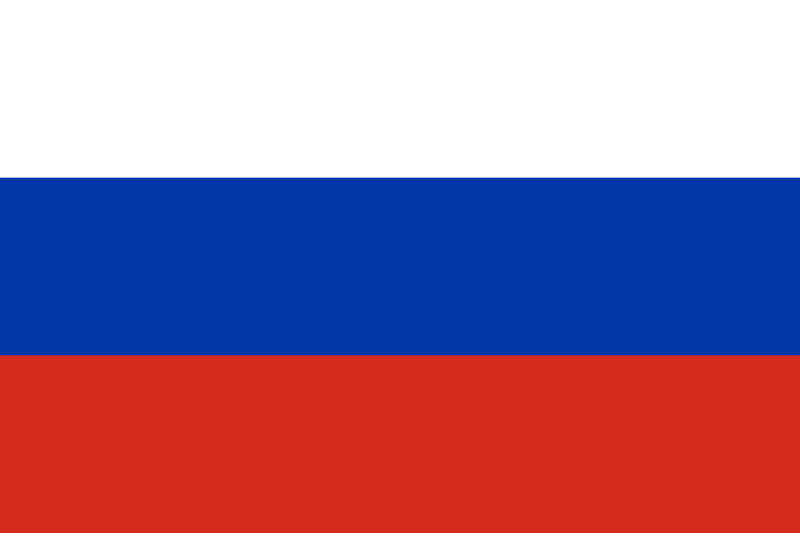
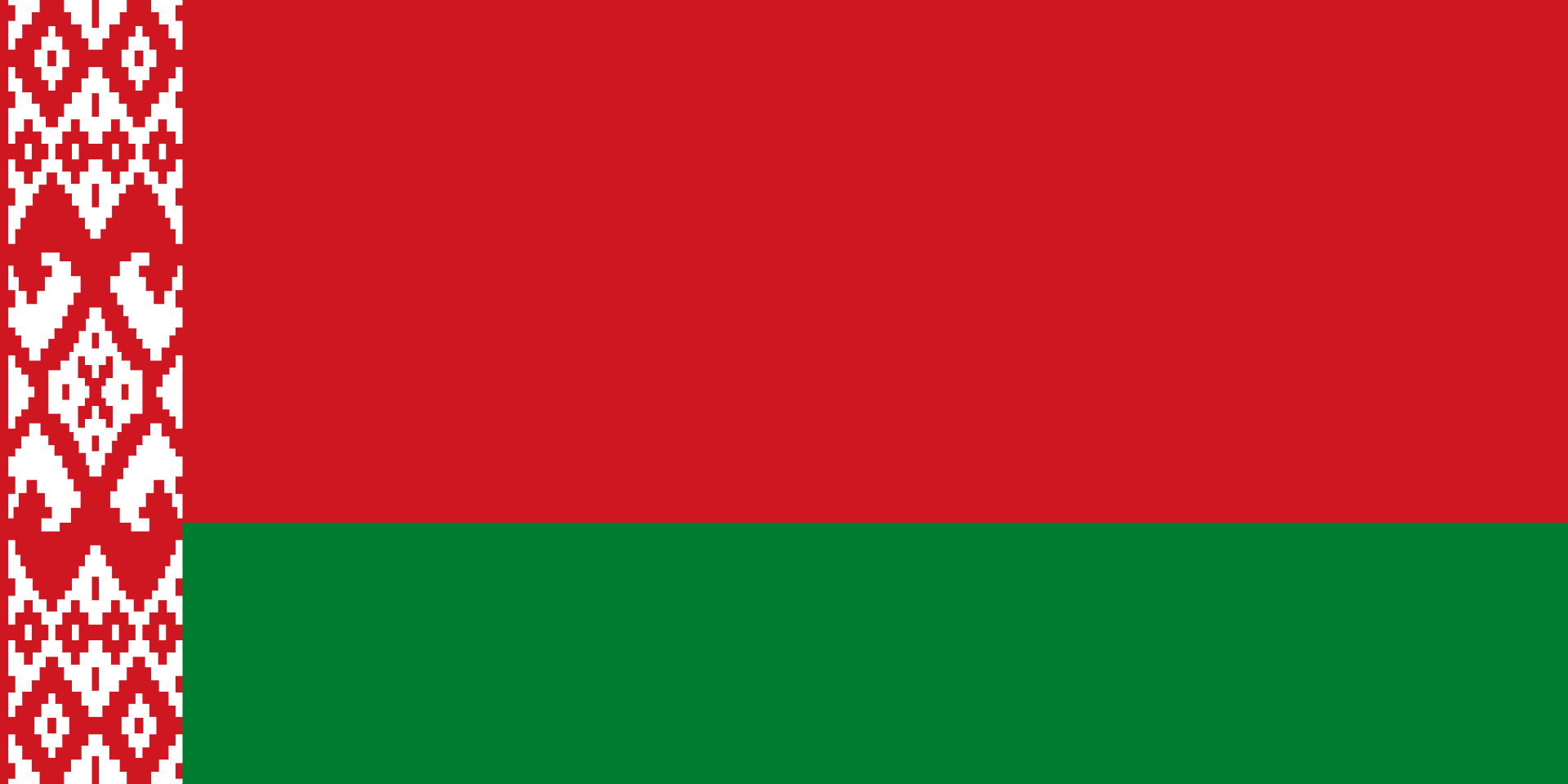
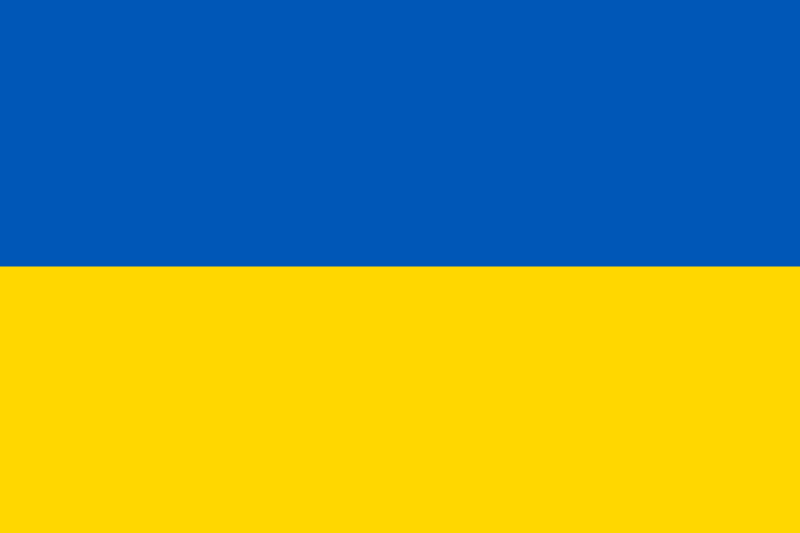








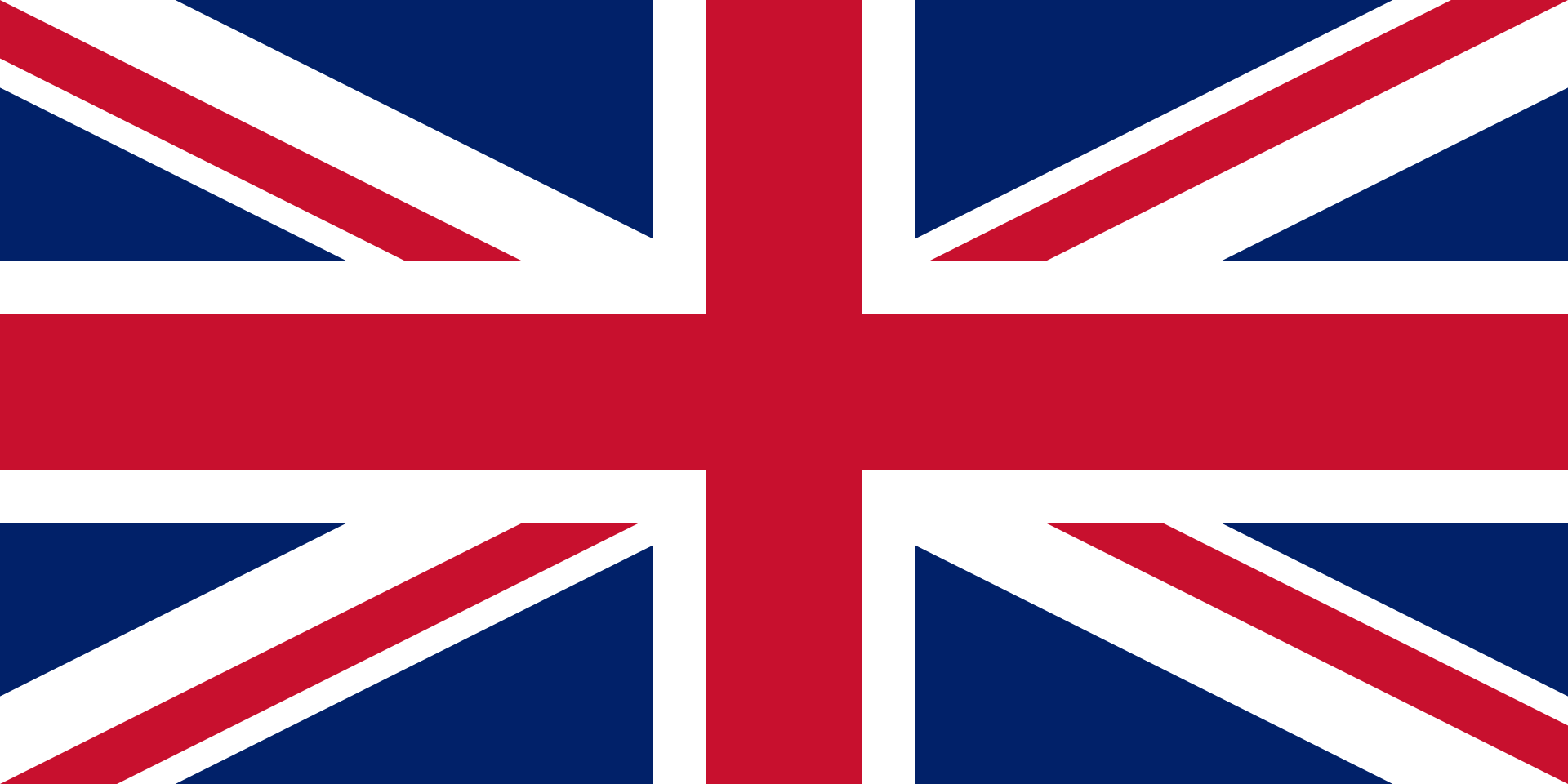





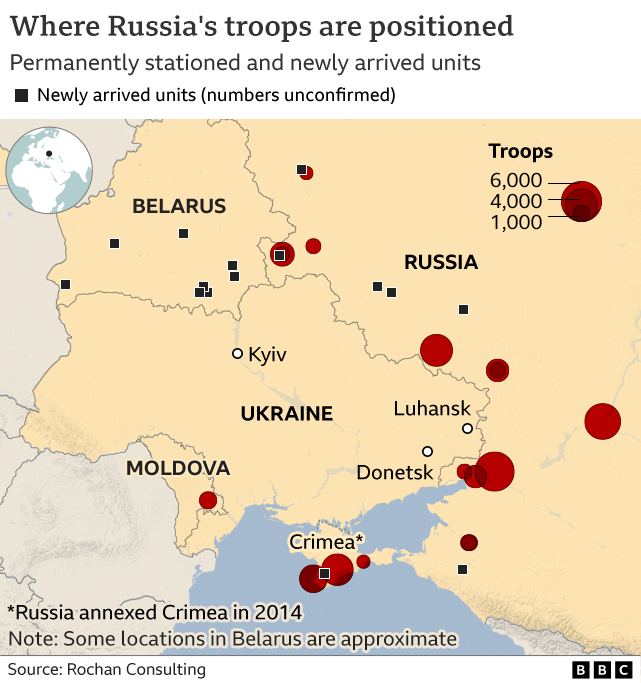

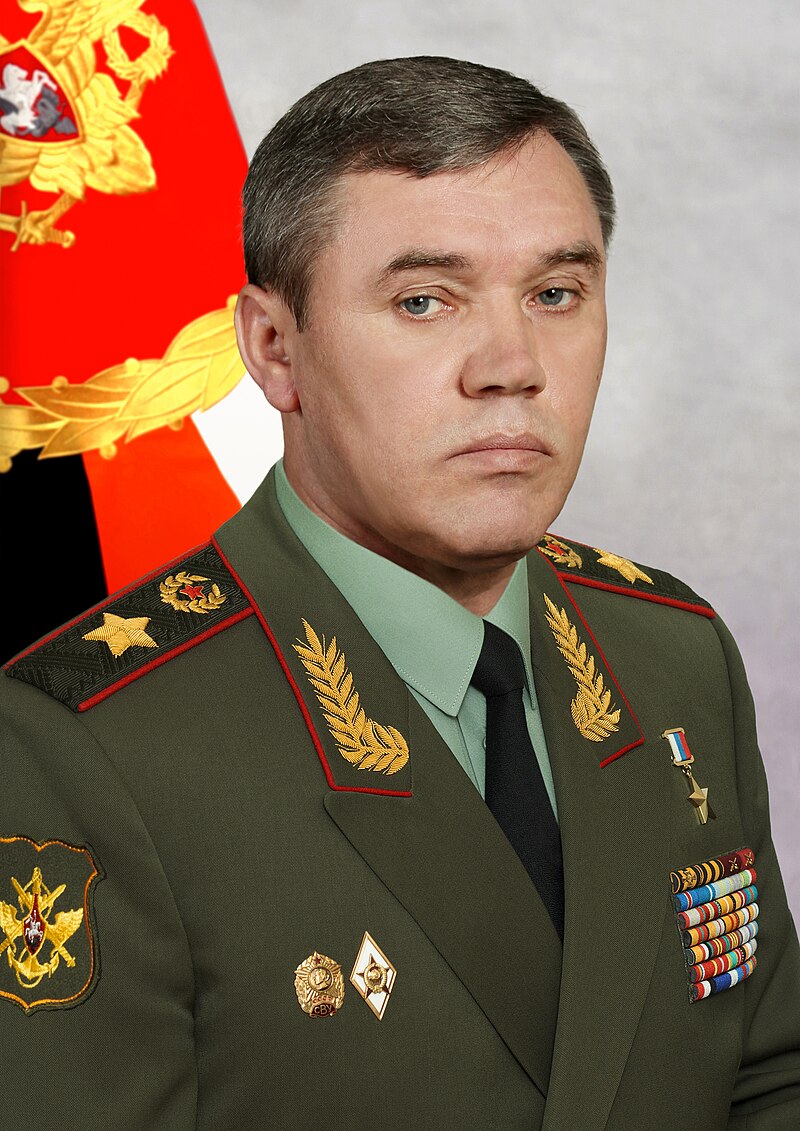


![Russia on the globe, with unrecognised territory shown in light green.[a]](https://upload.wikimedia.org/wikipedia/commons/thumb/5/5e/Russian_Federation_%28orthographic_projection%29_-_only_Crimea_disputed.svg/1024px-Russian_Federation_%28orthographic_projection%29_-_only_Crimea_disputed.svg.png)
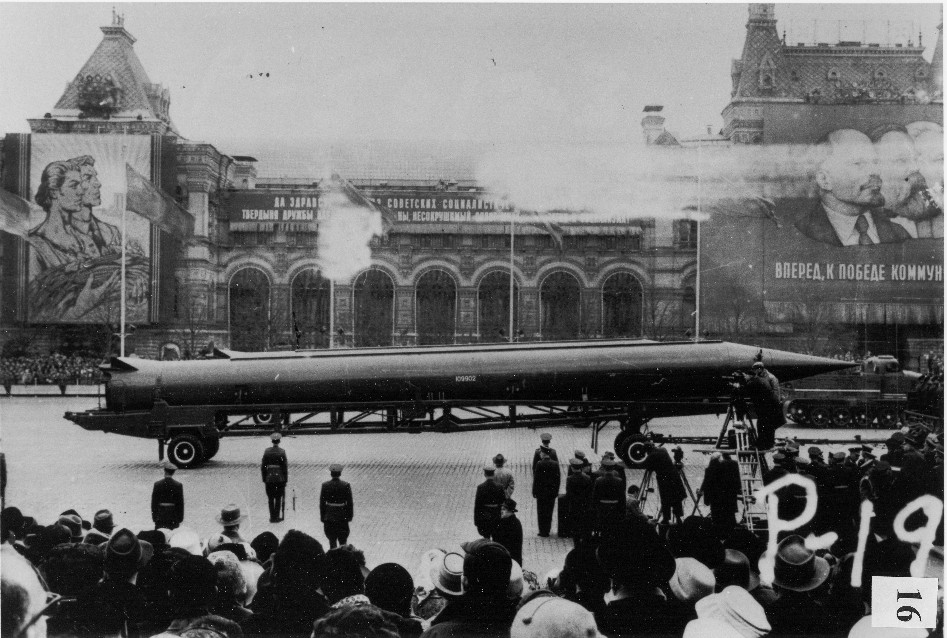



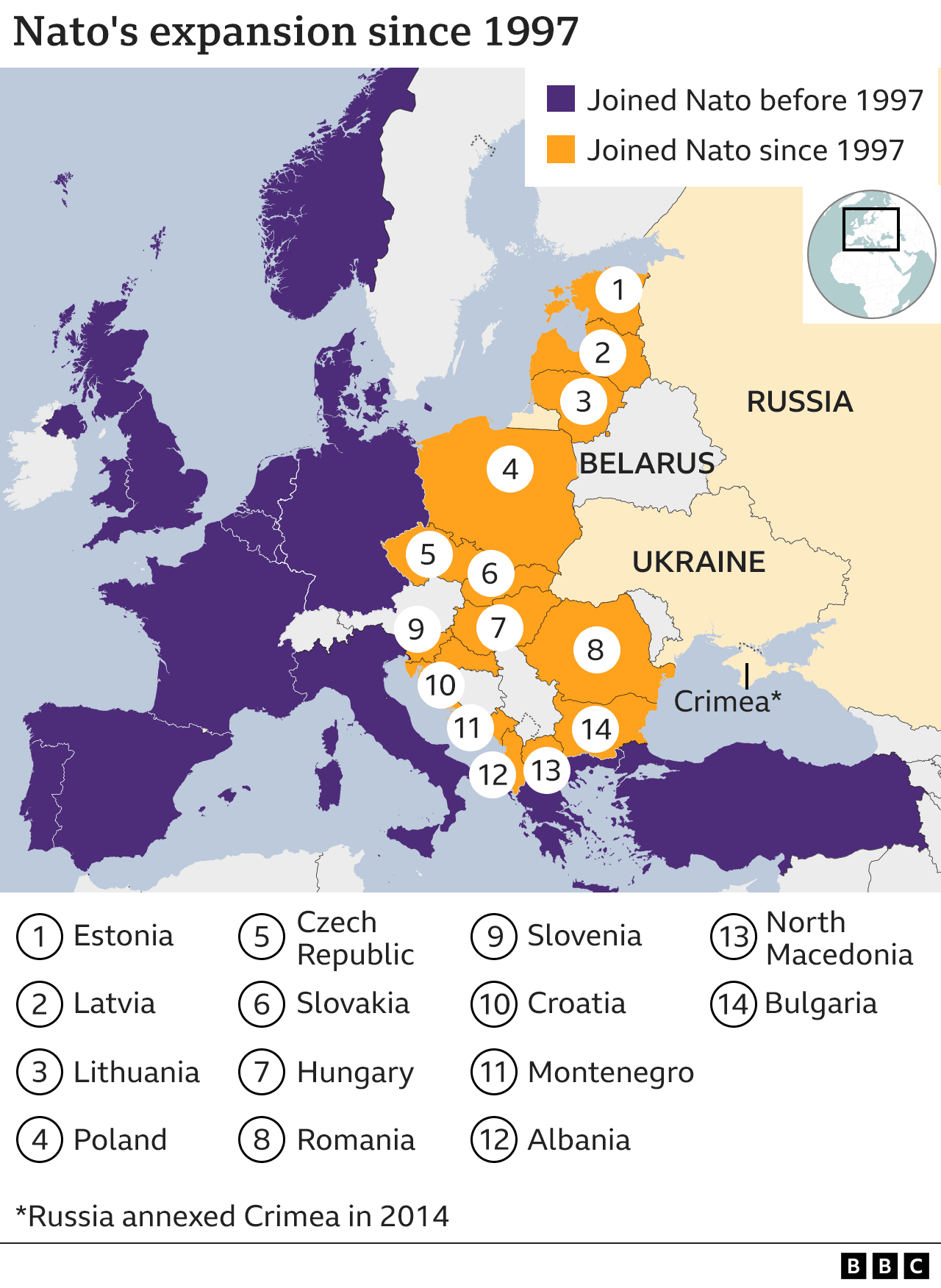


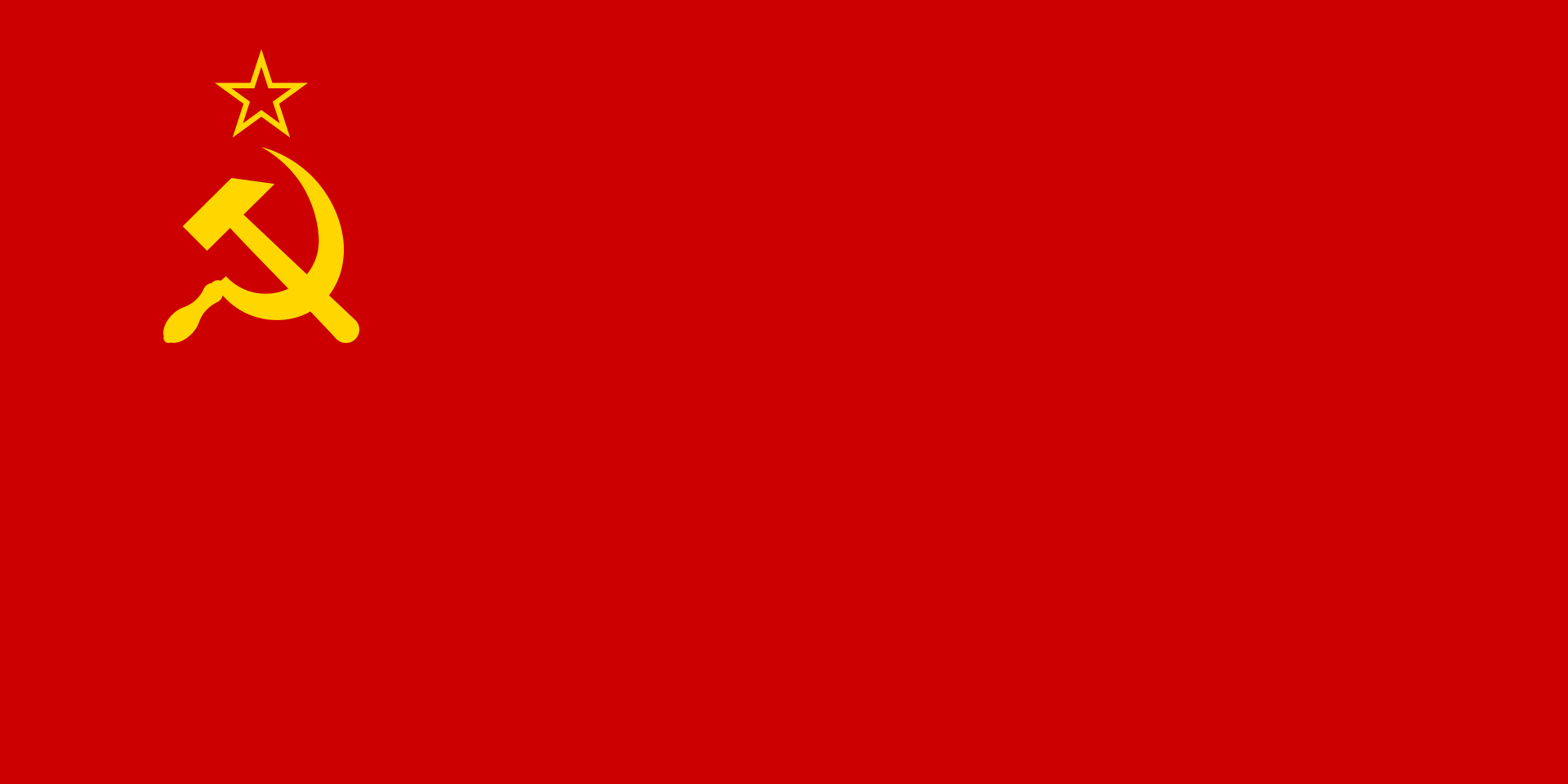
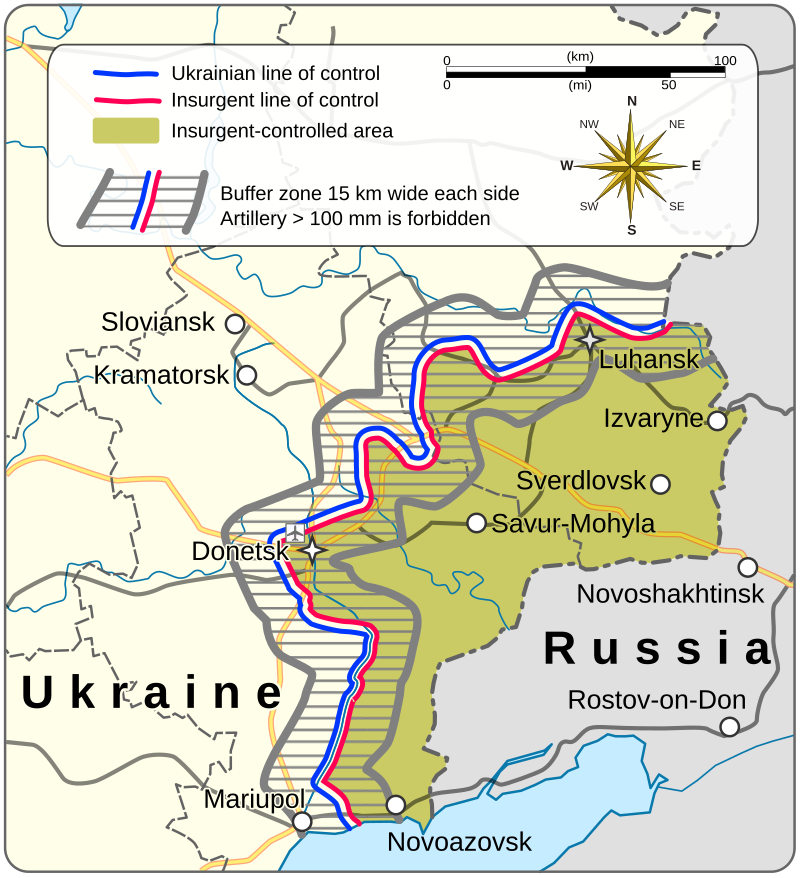
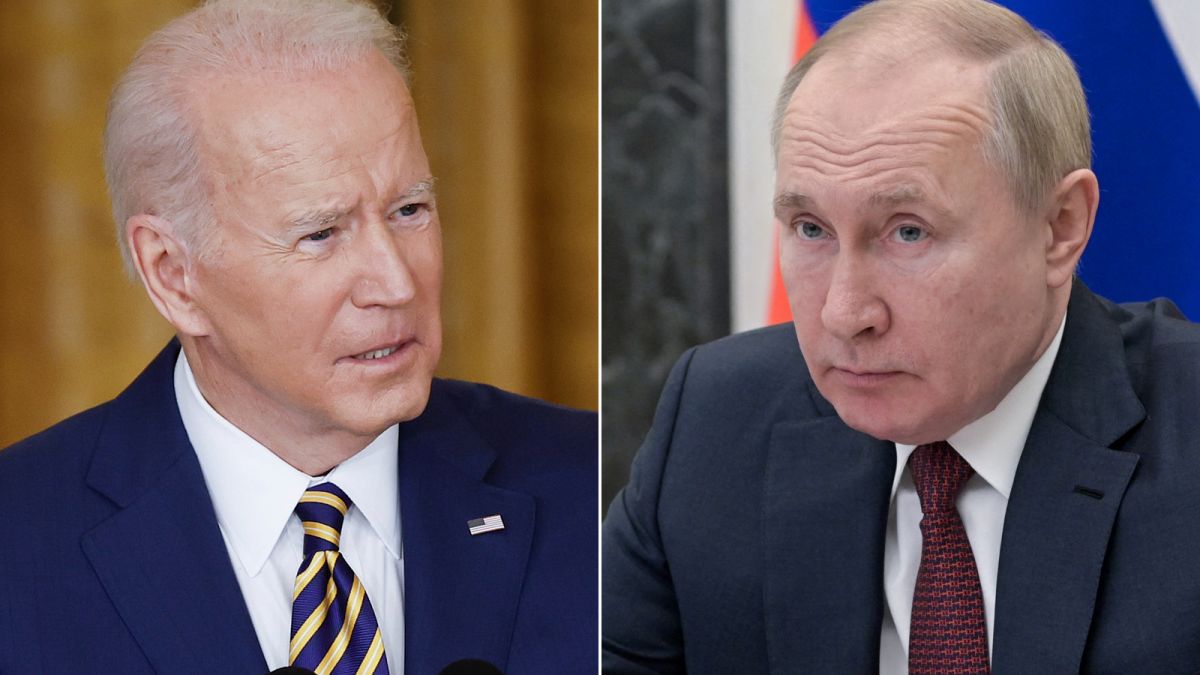
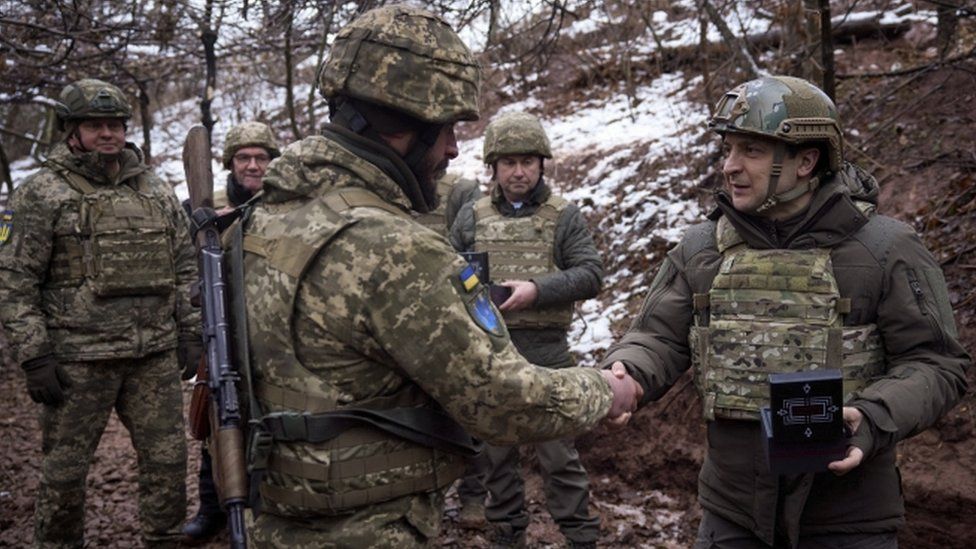


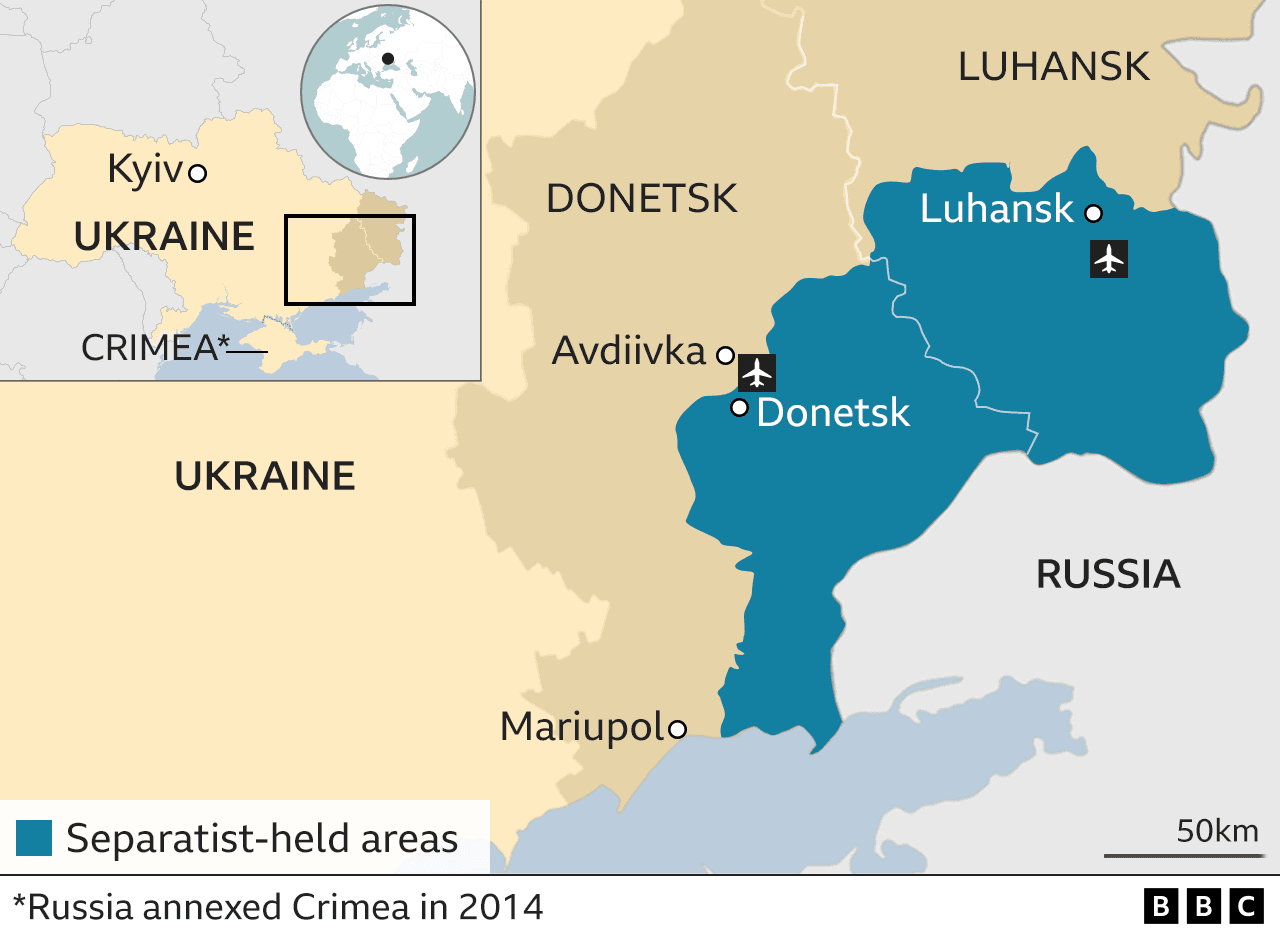




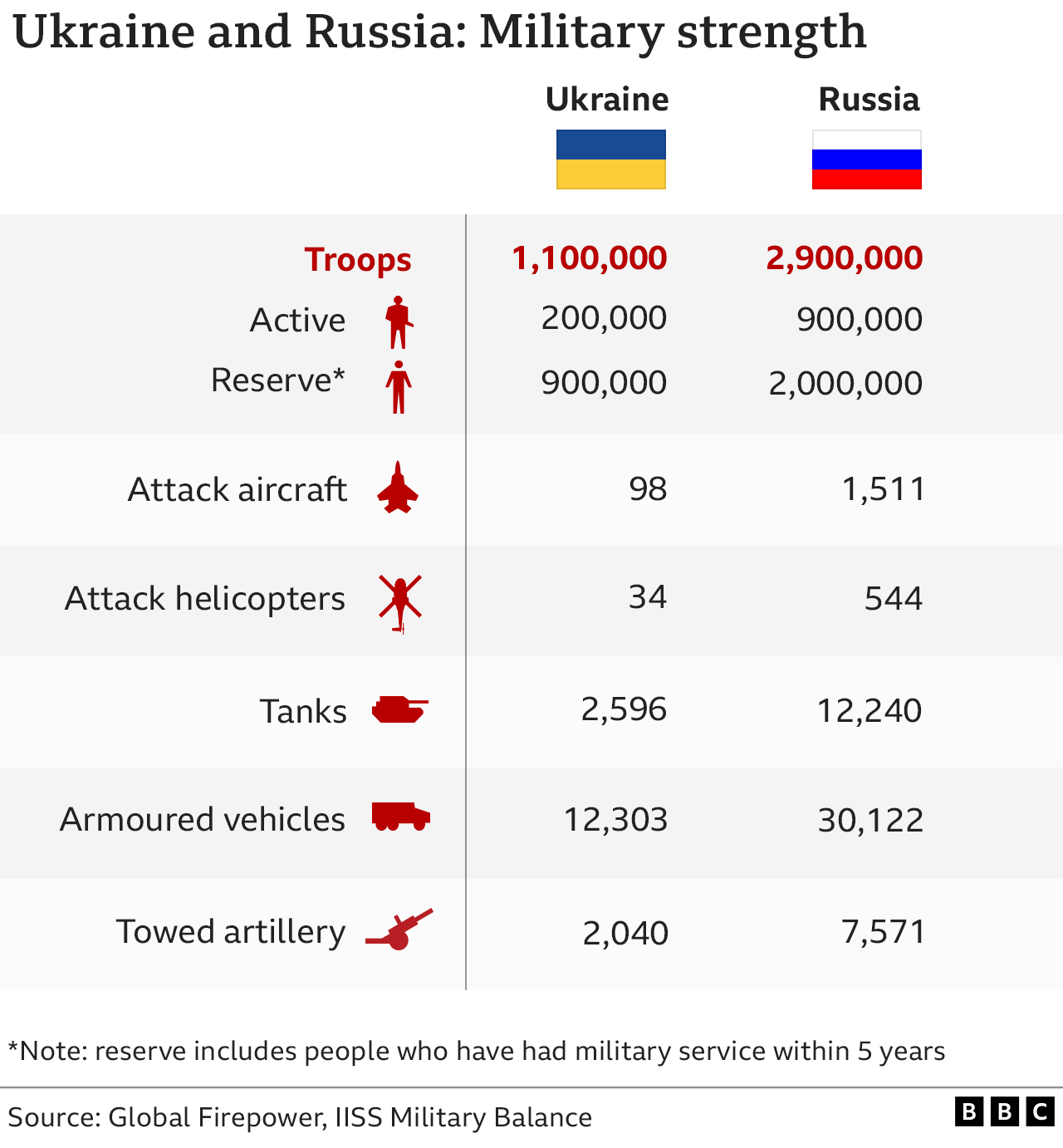




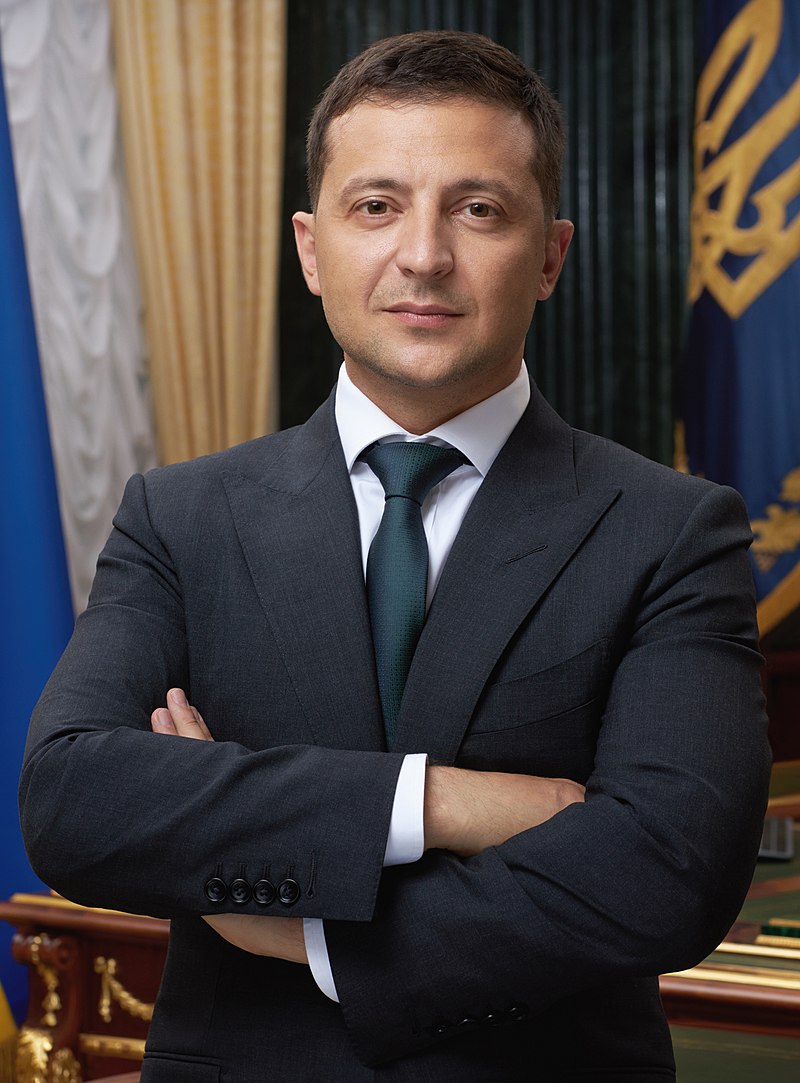
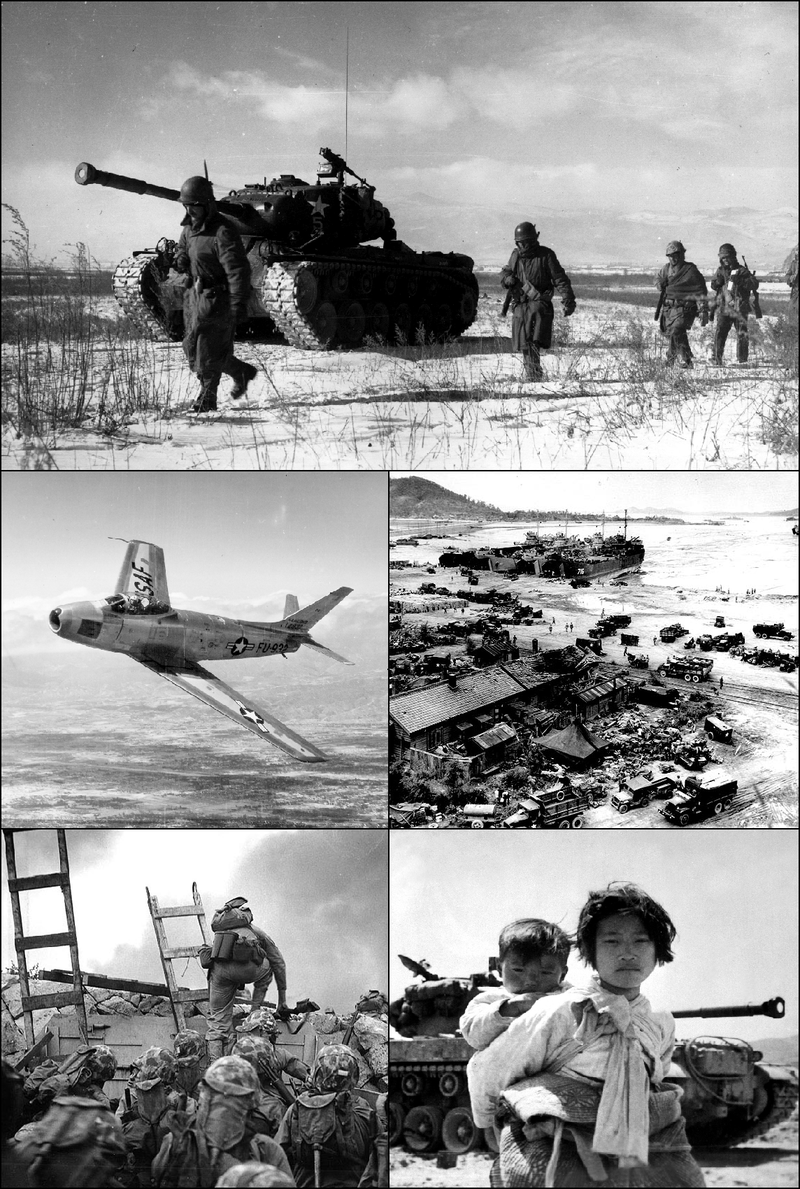
















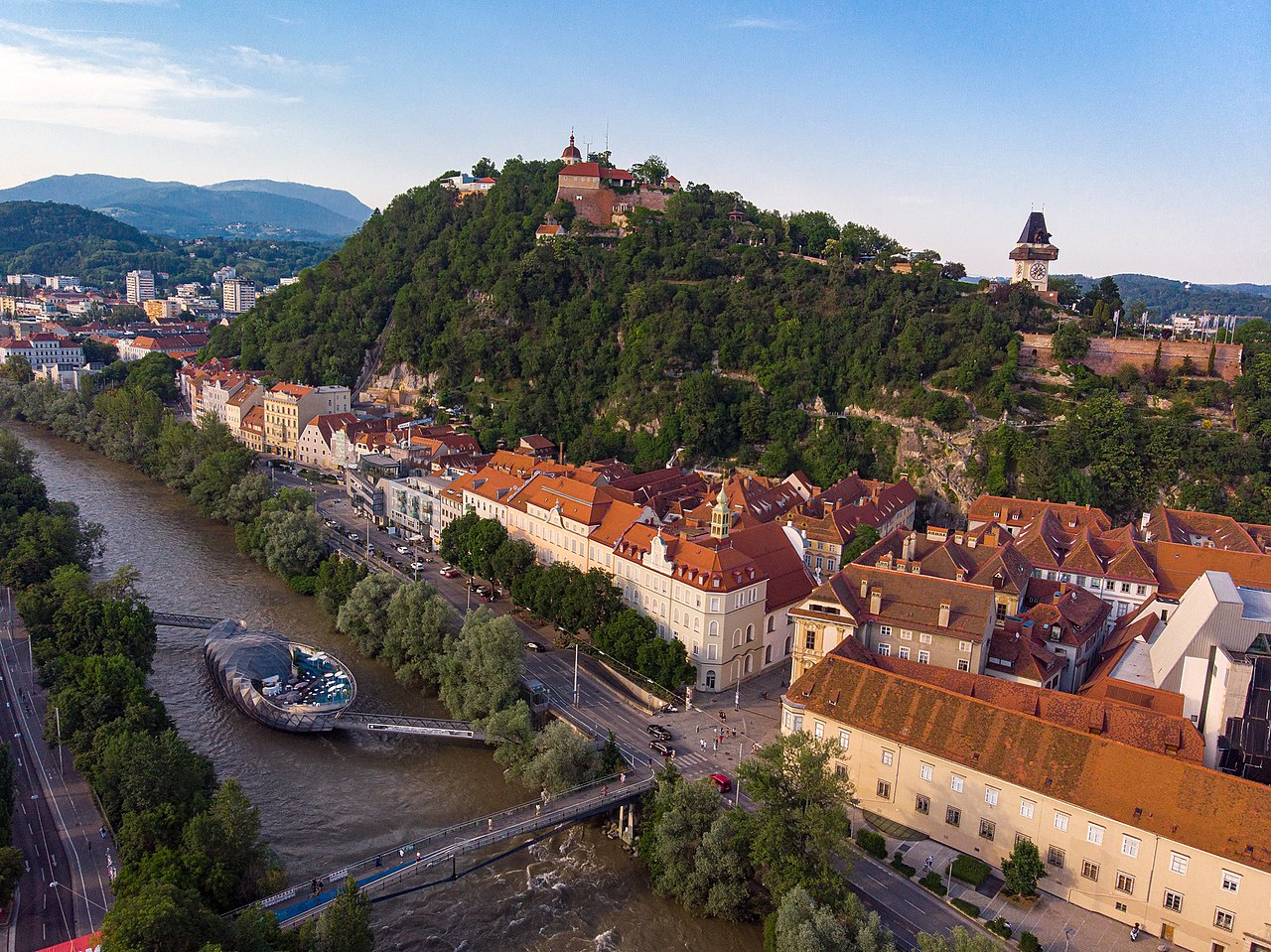

































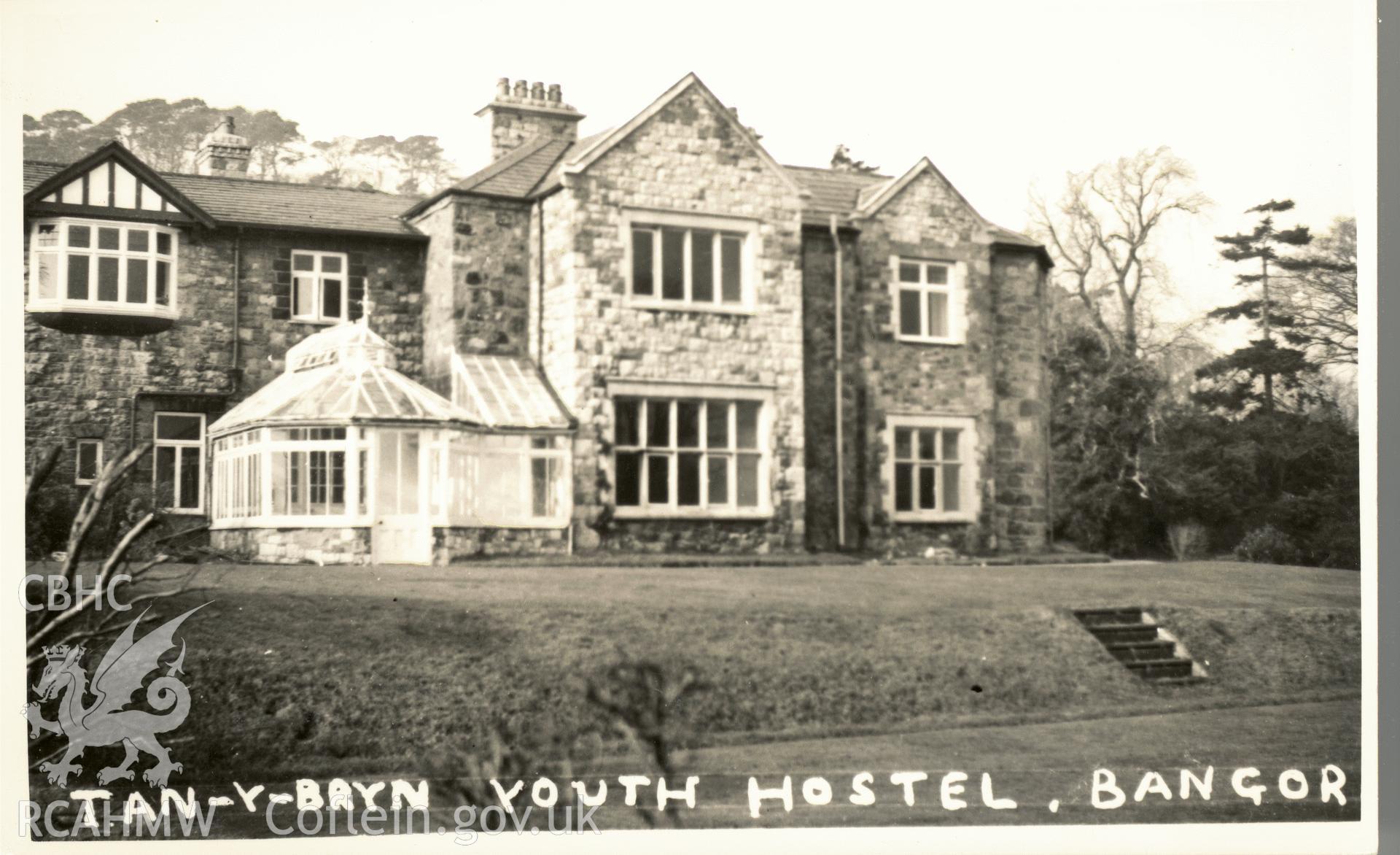











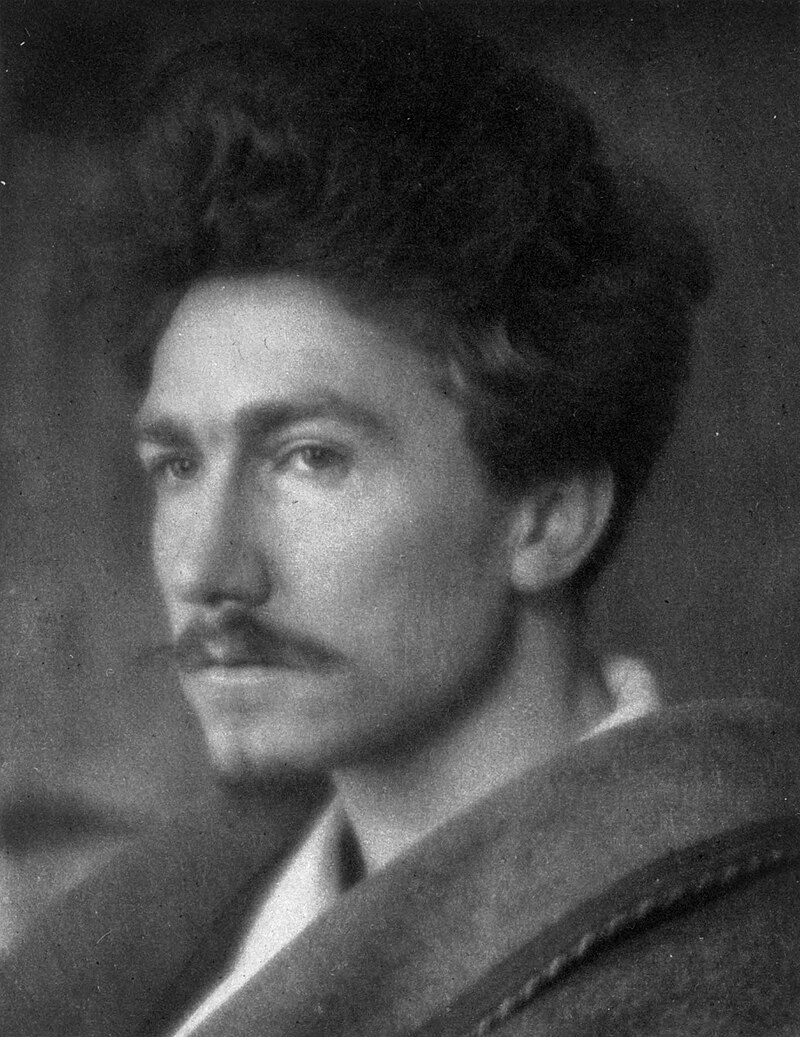

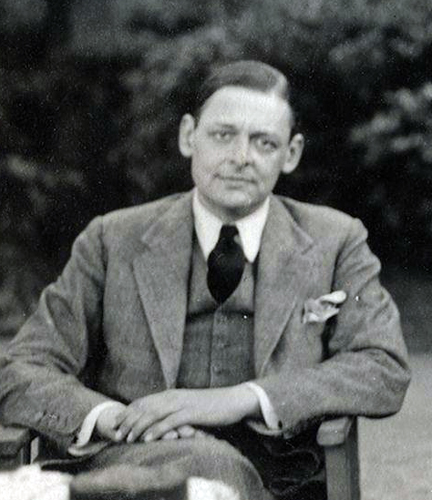










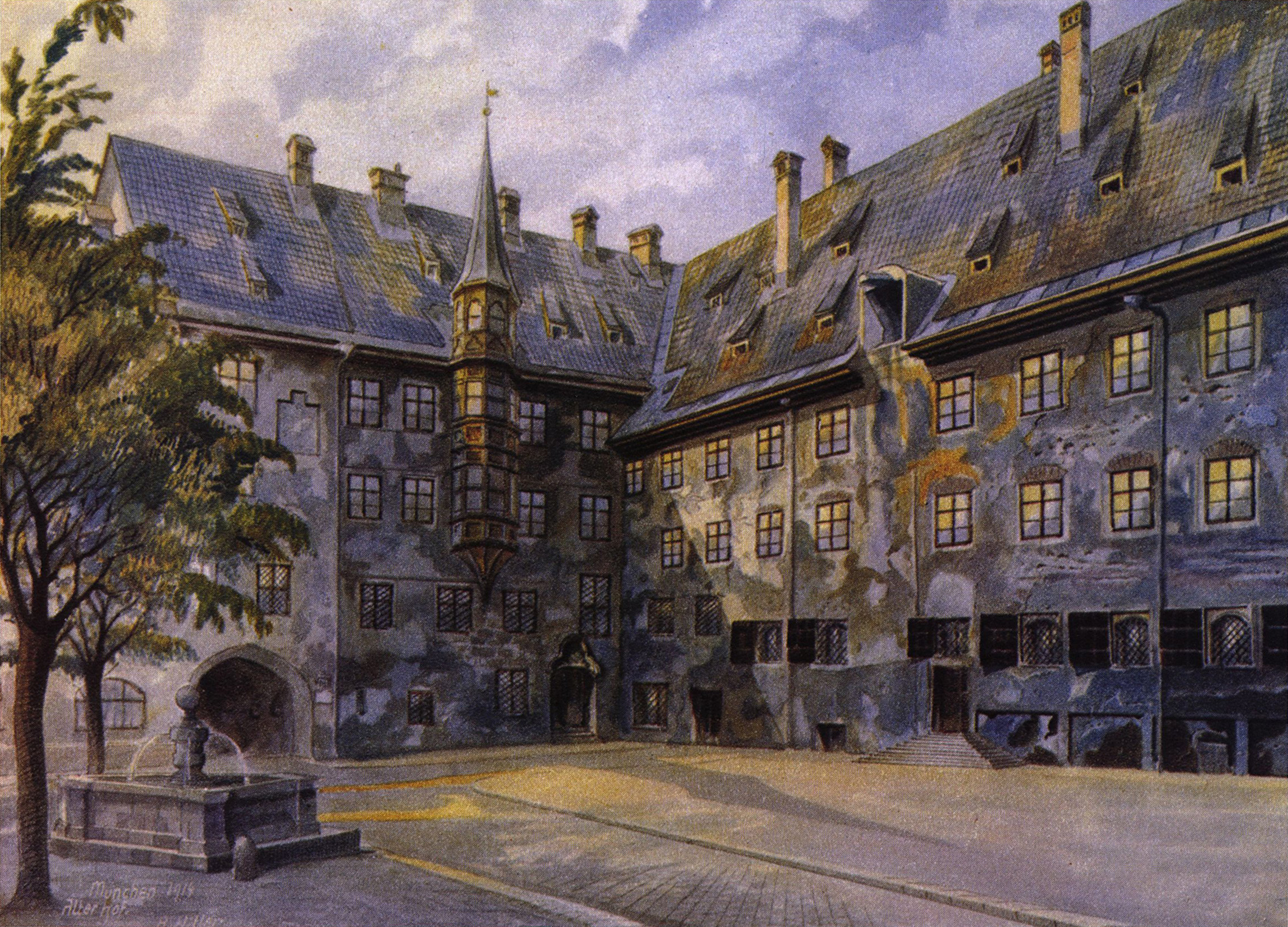


































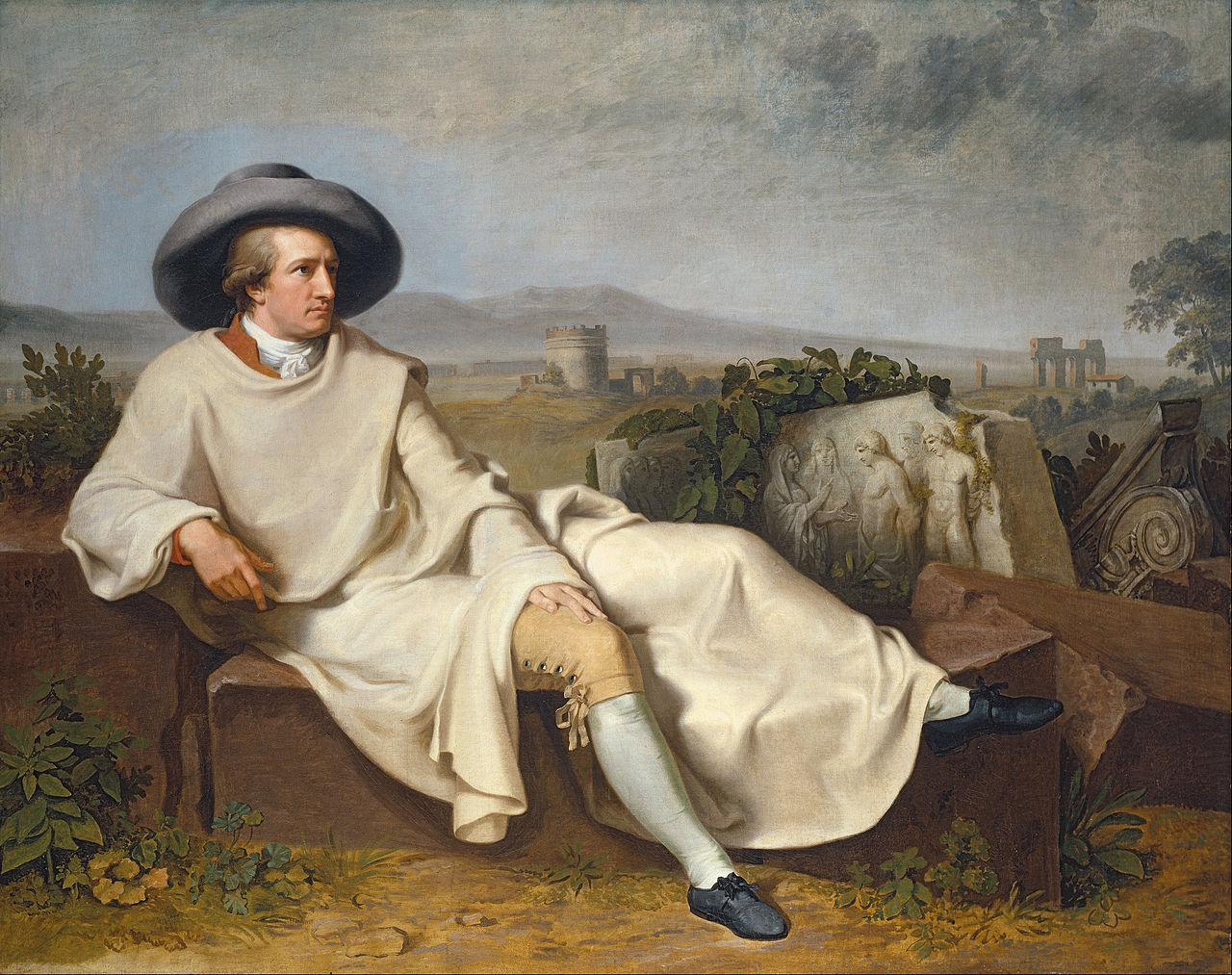













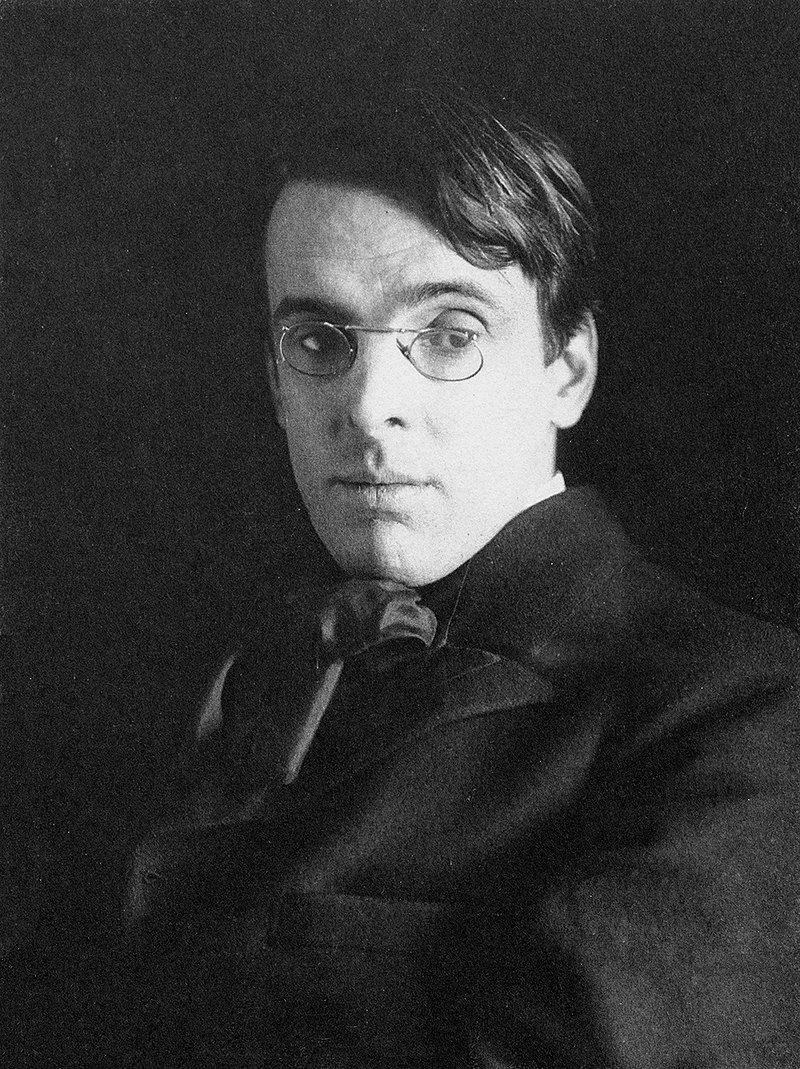







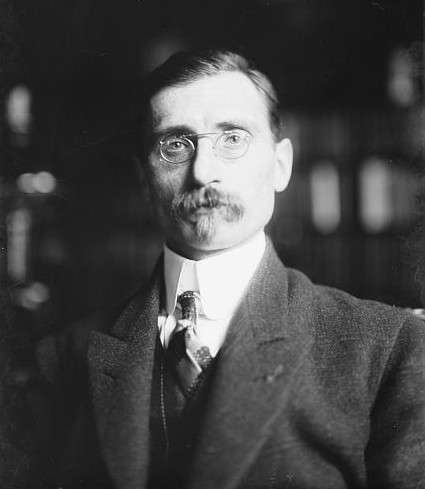









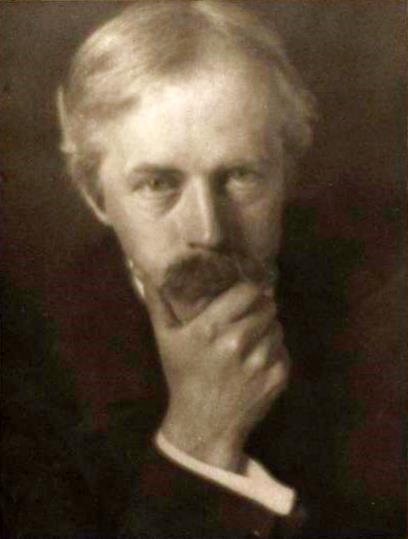









![The Roman Empire in AD 117 at its greatest extent, at the time of Trajan's death (with its vassals in pink)[3]](https://upload.wikimedia.org/wikipedia/commons/thumb/0/00/Roman_Empire_Trajan_117AD.png/1920px-Roman_Empire_Trajan_117AD.png)





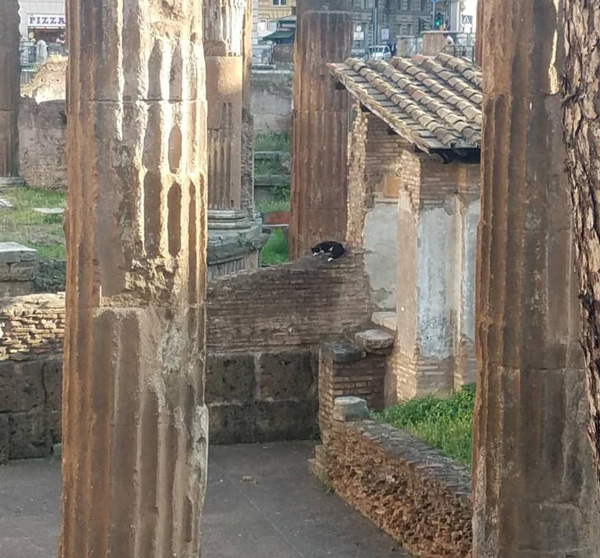

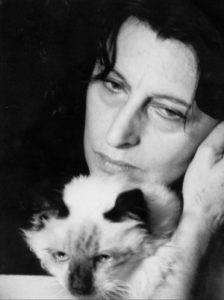

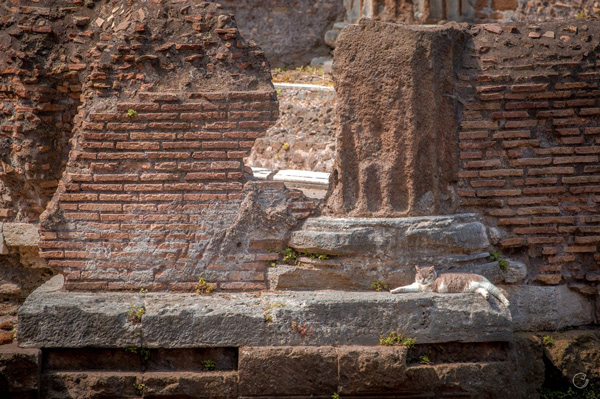
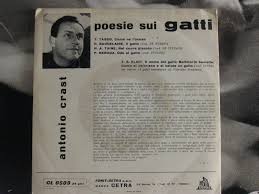

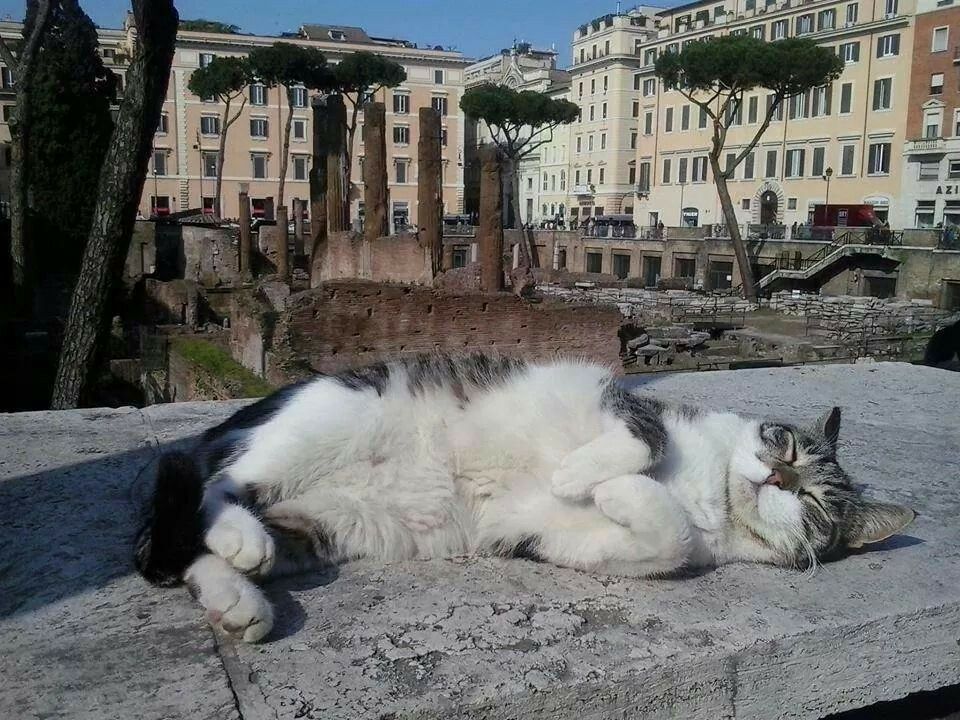



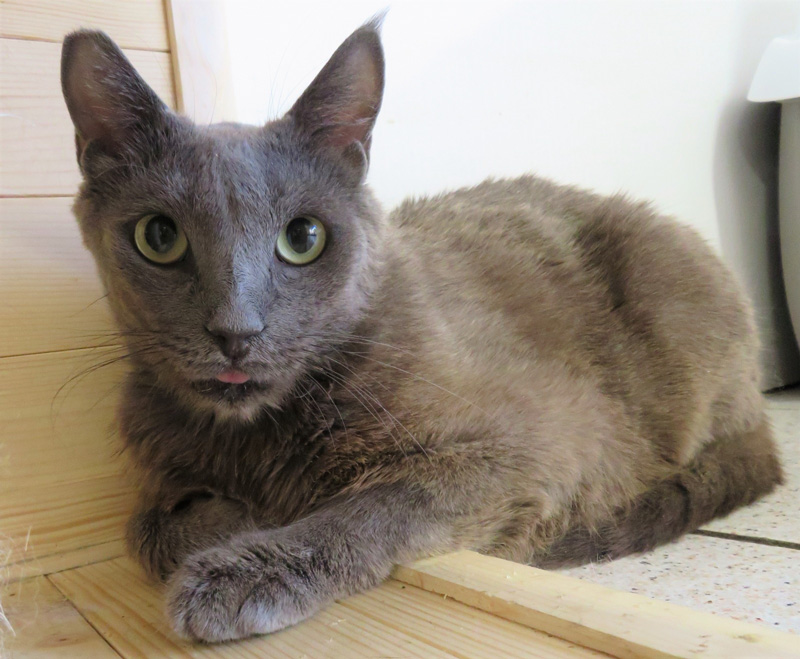

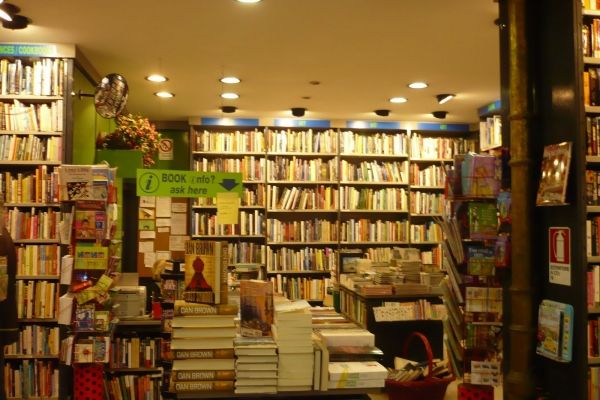

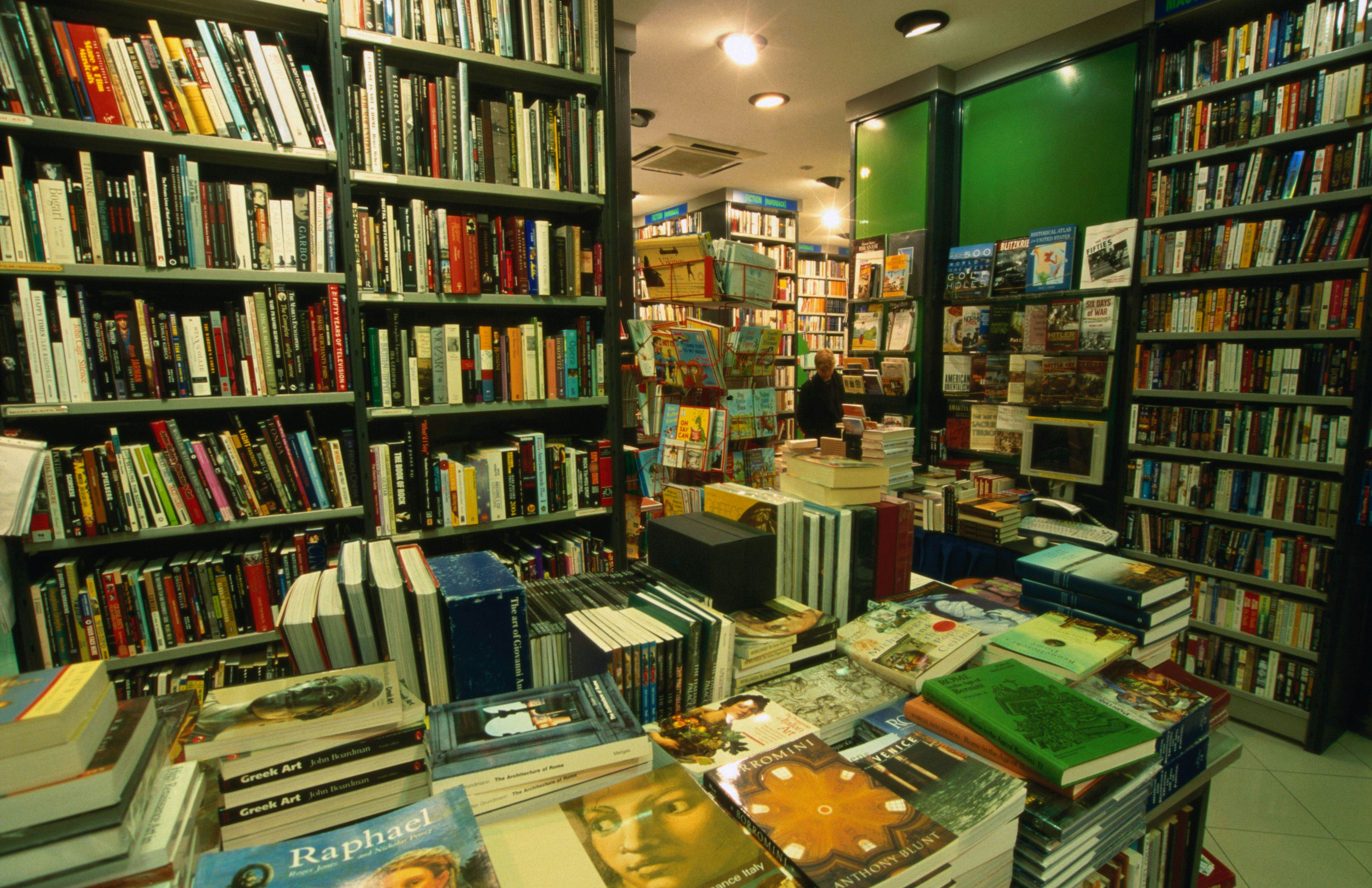



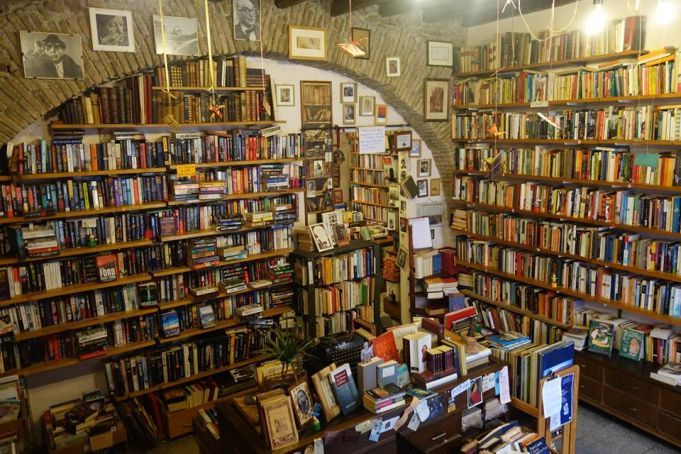








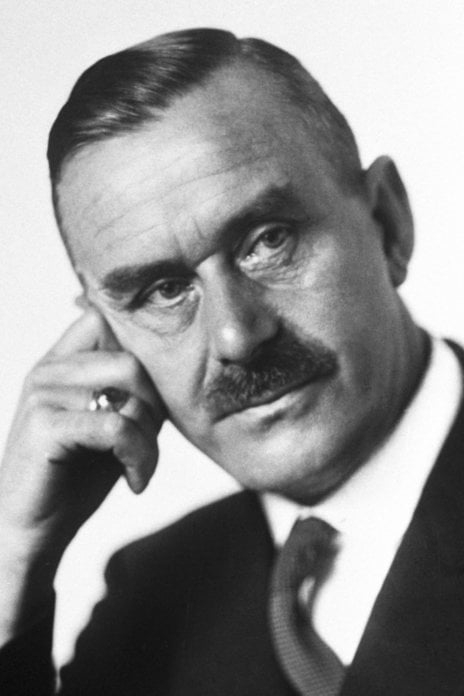

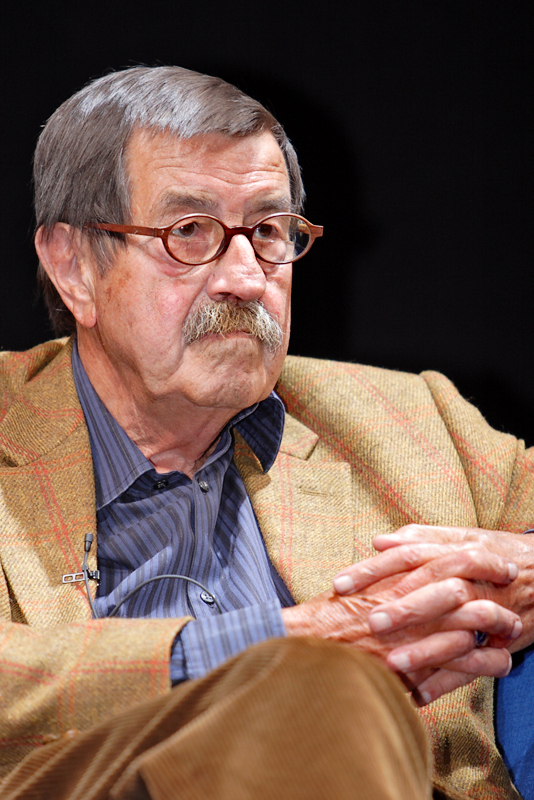




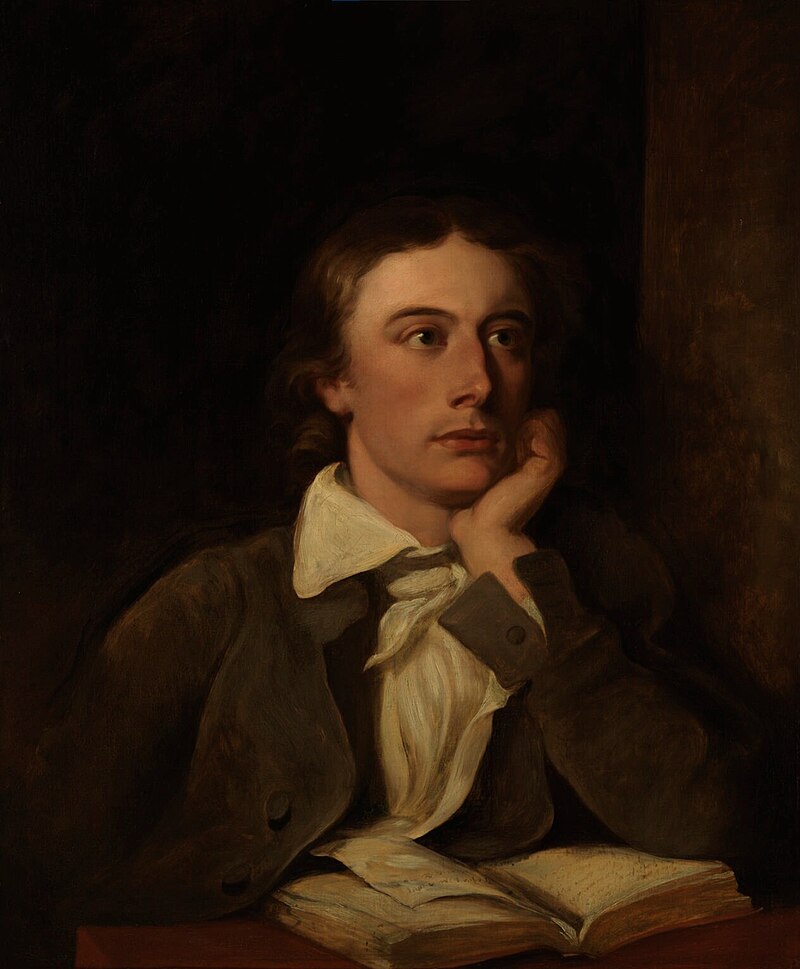

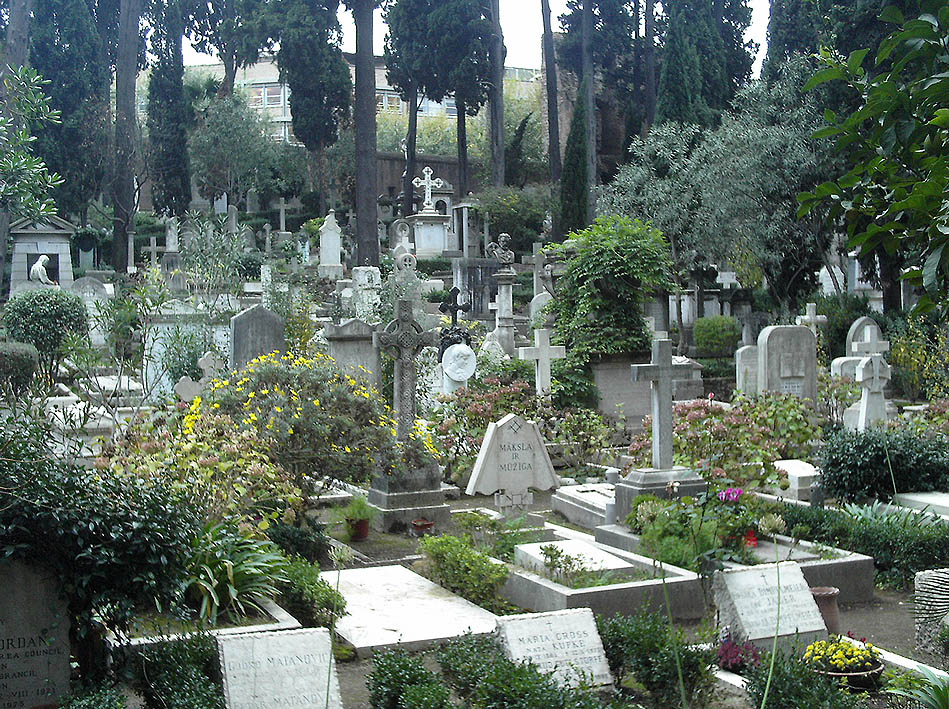


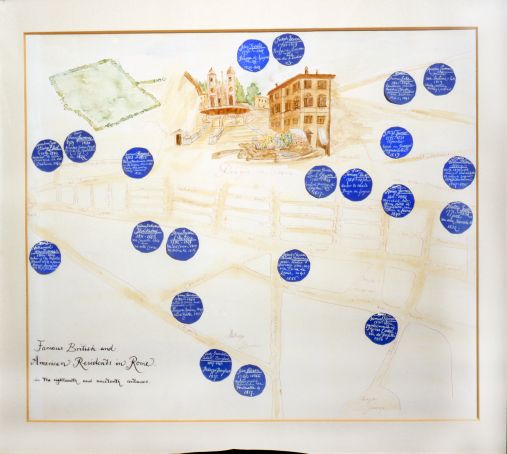














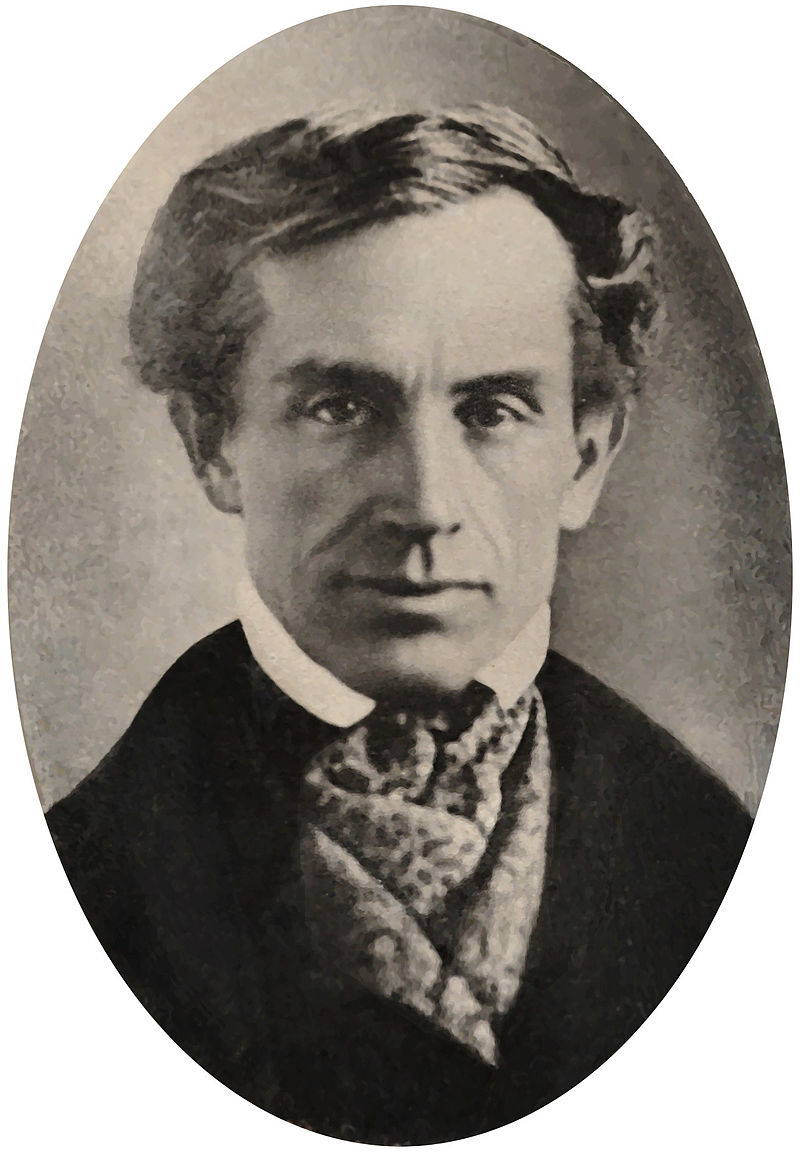
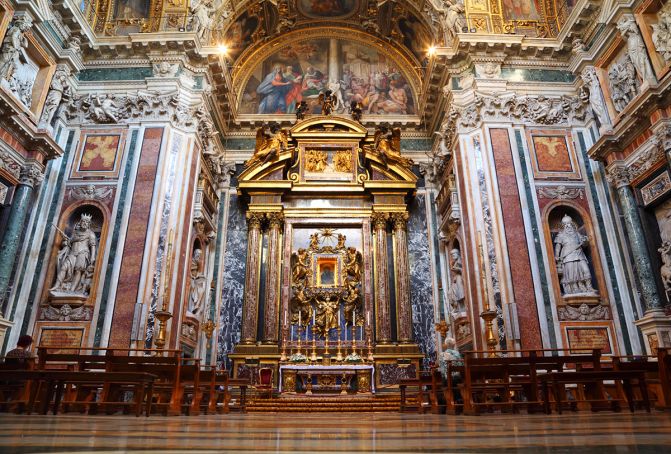


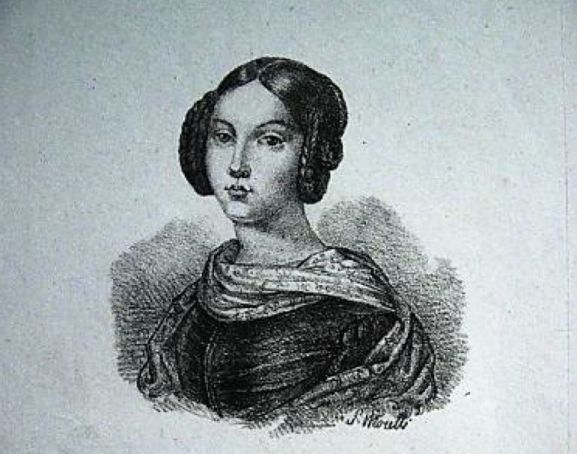



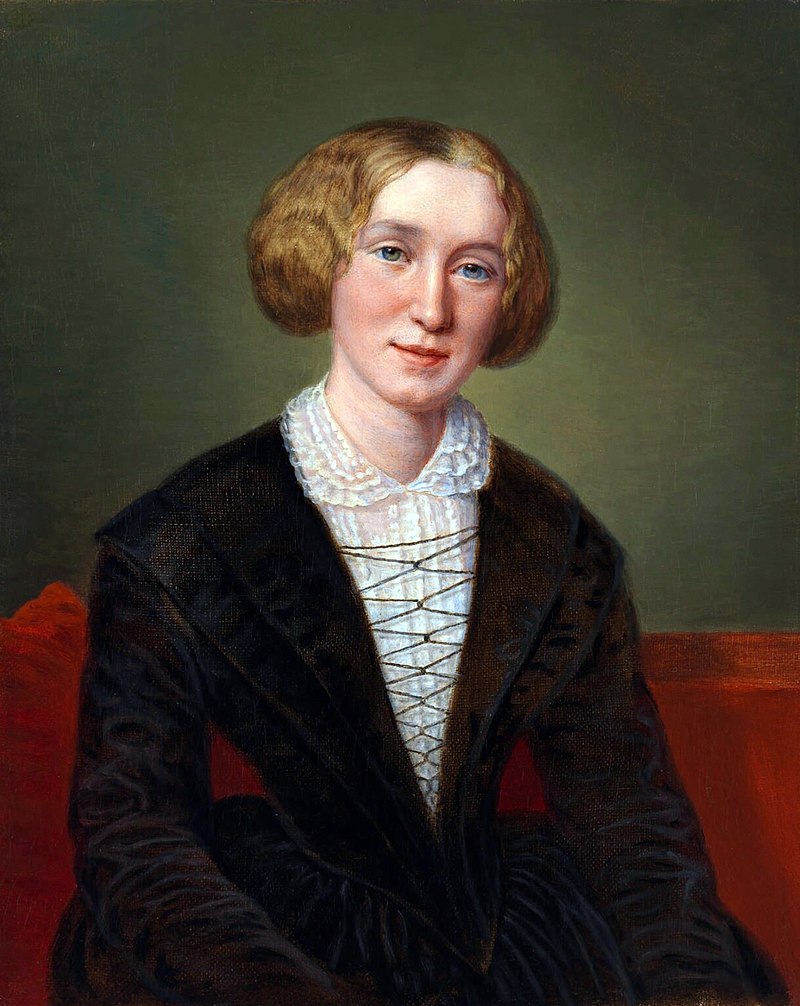




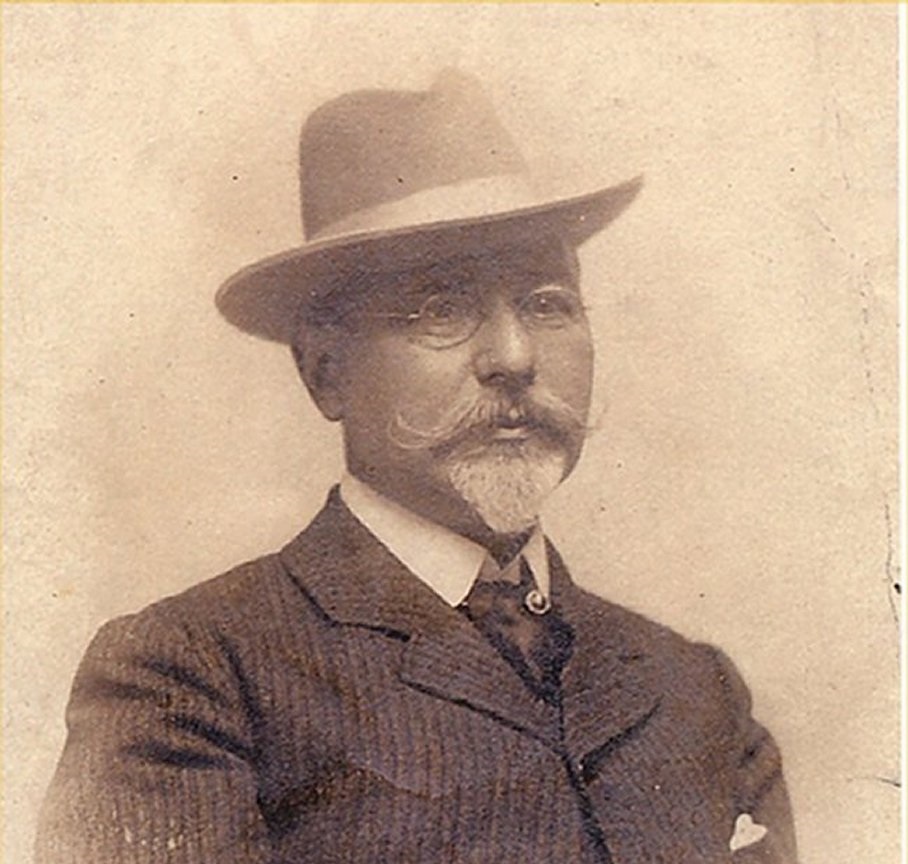















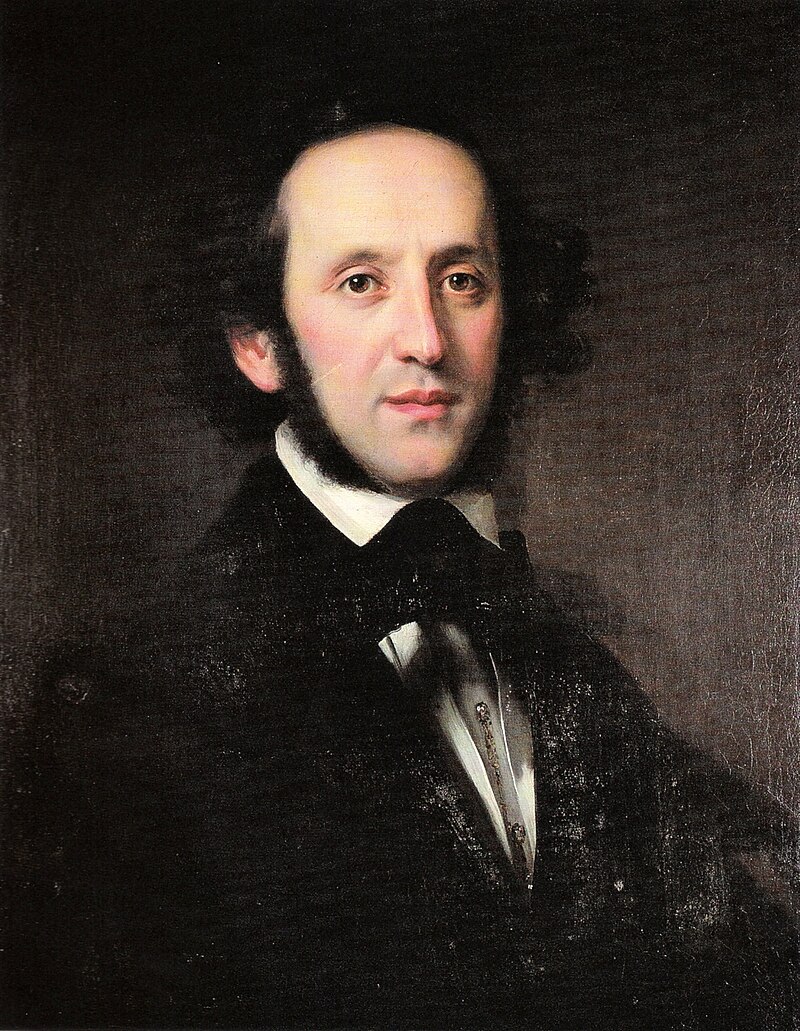

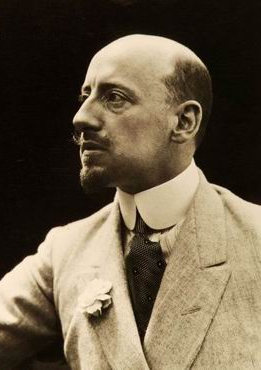







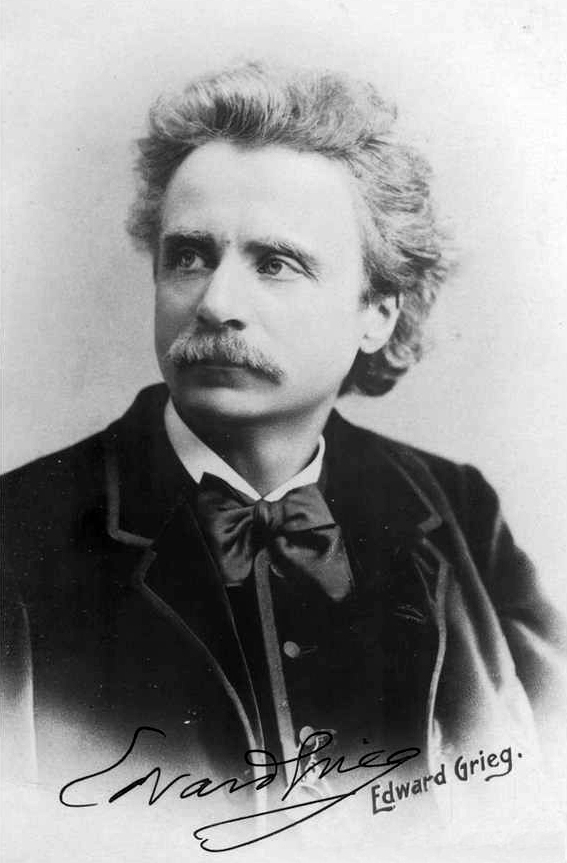
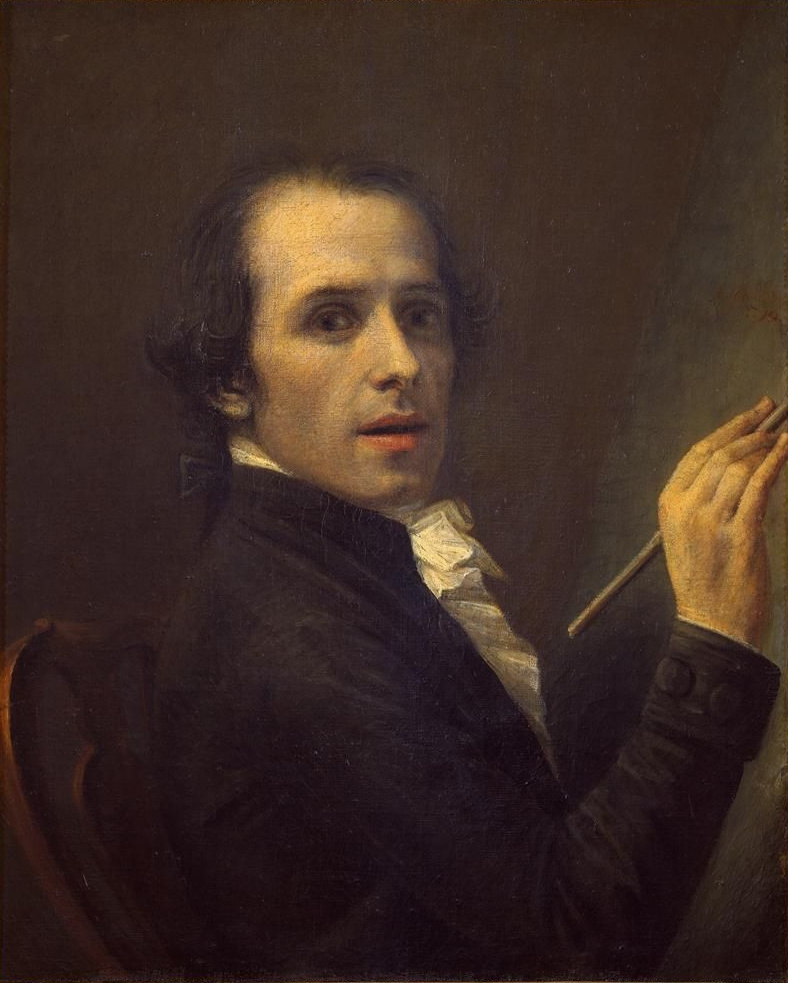
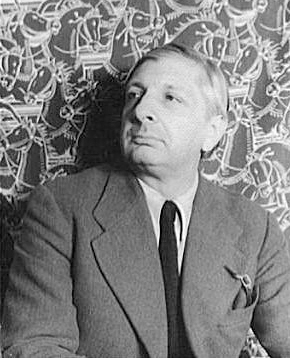








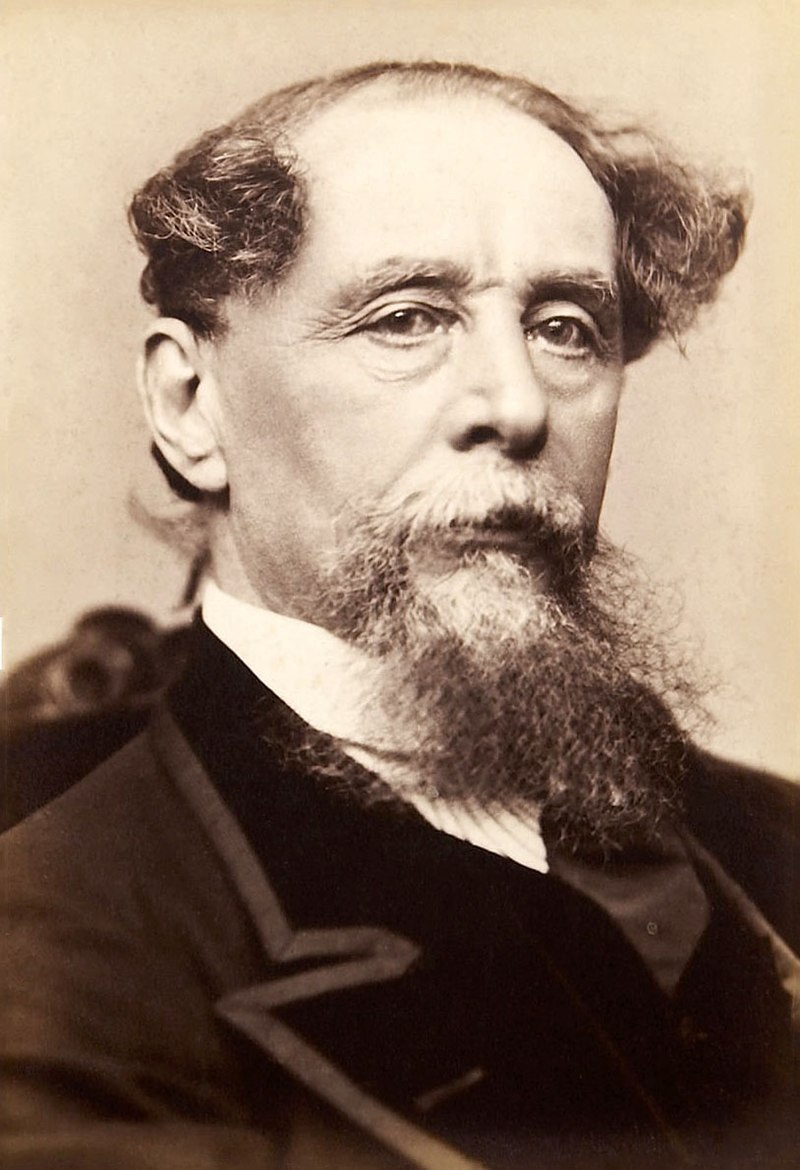
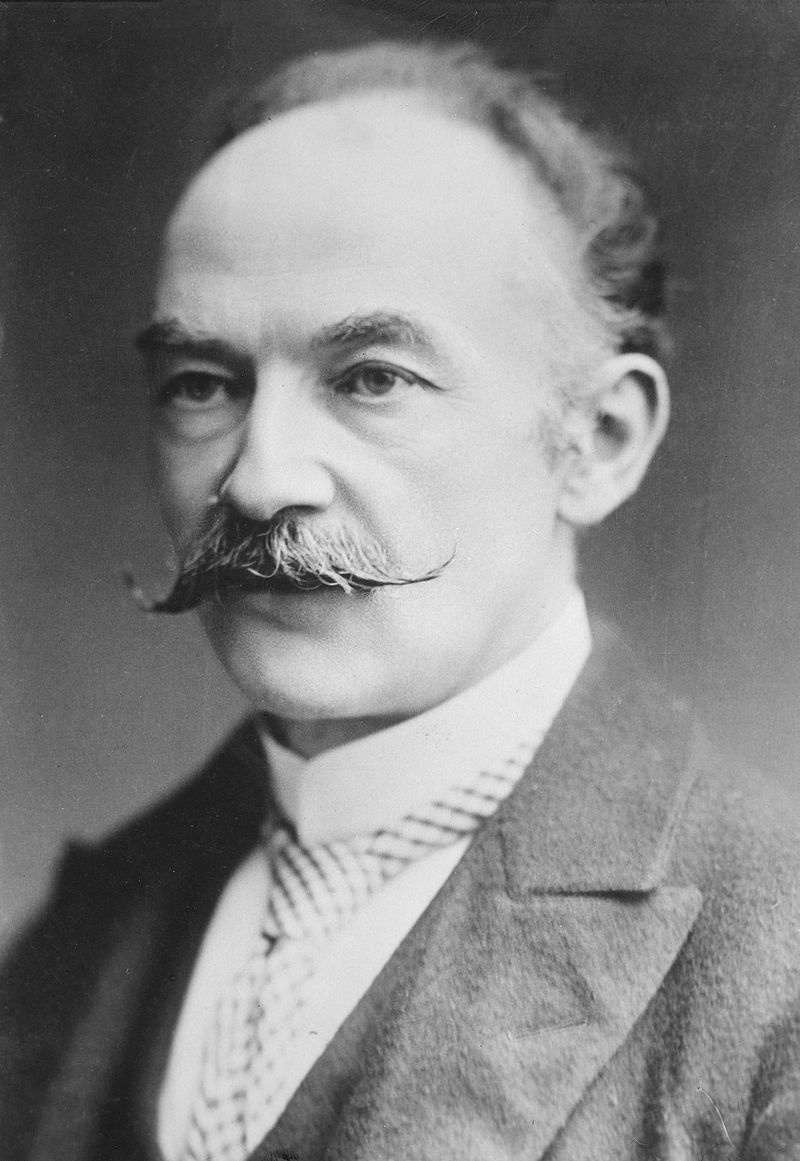
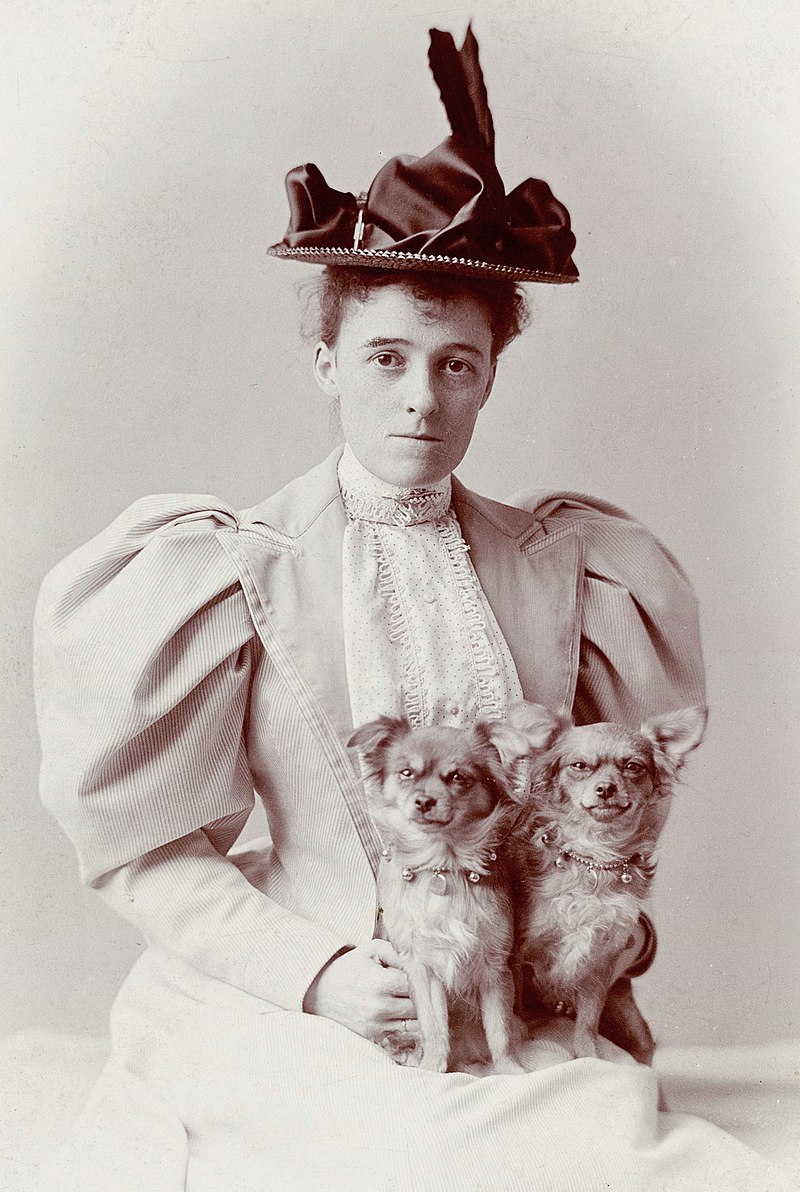
















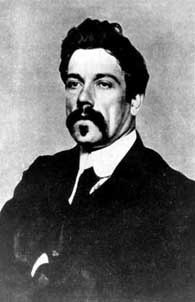




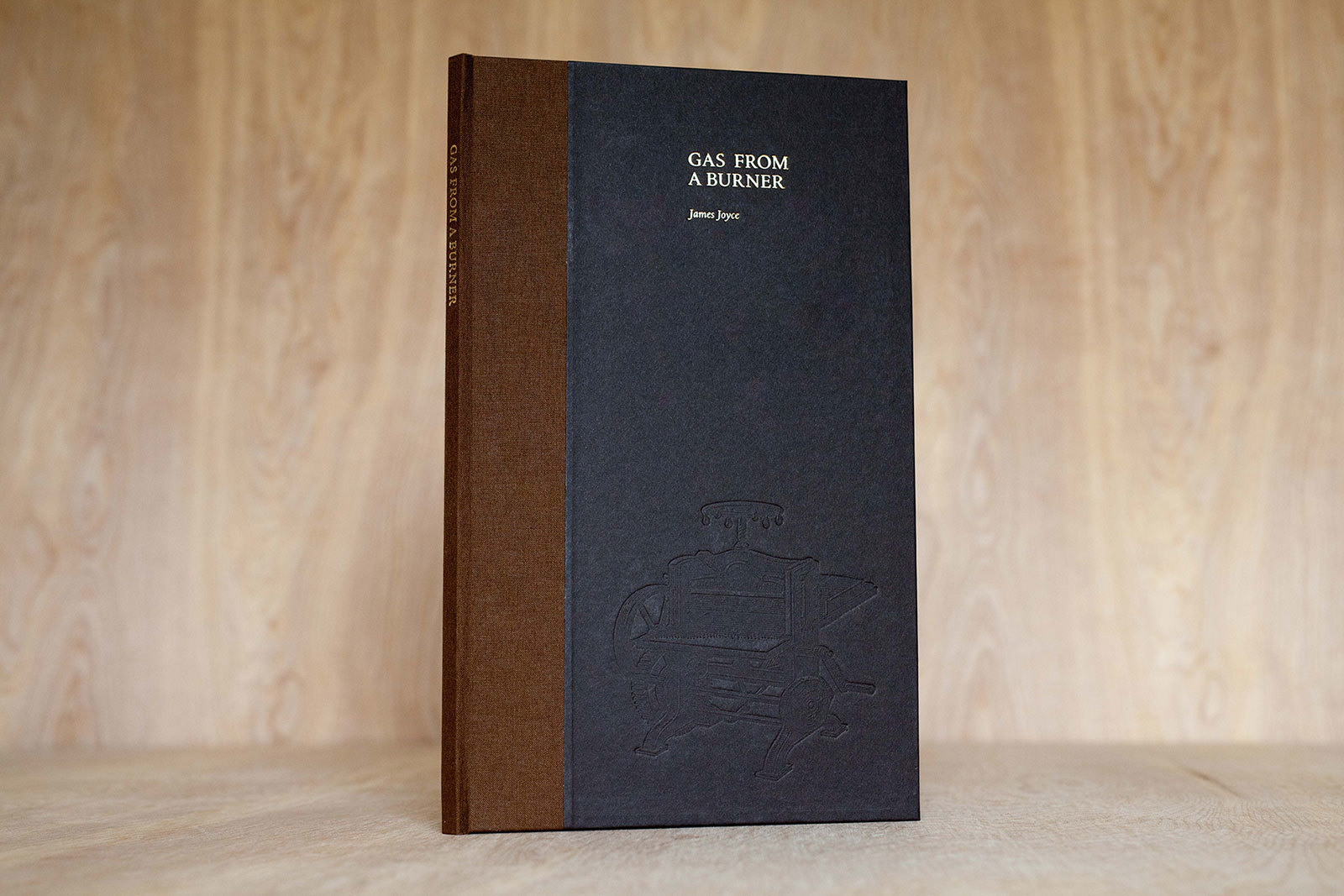

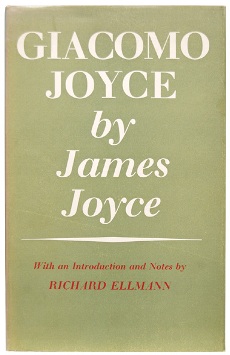






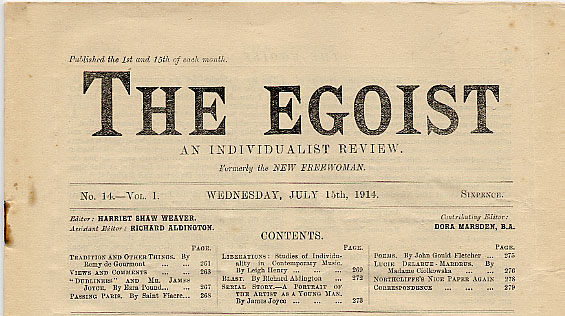
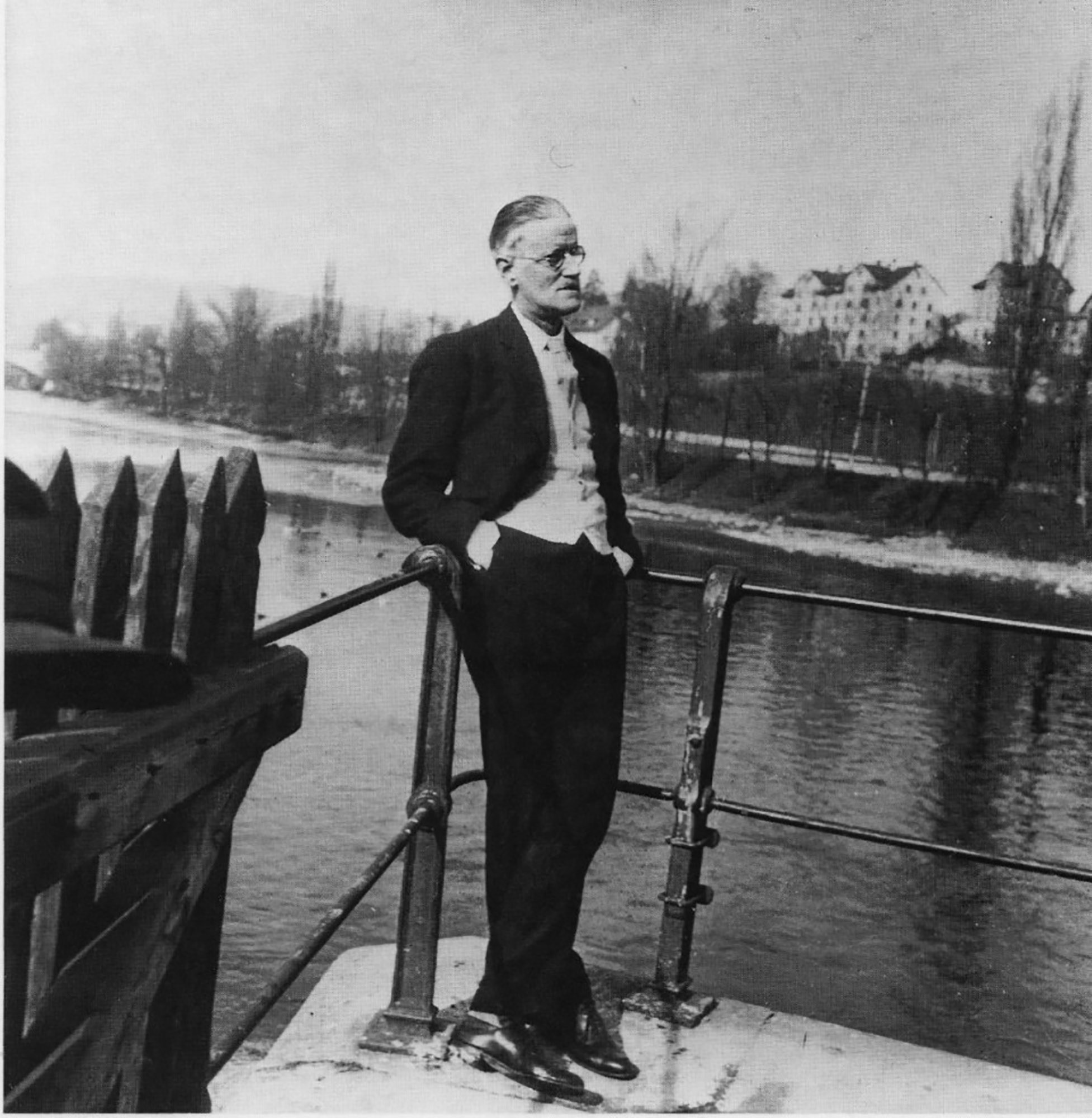
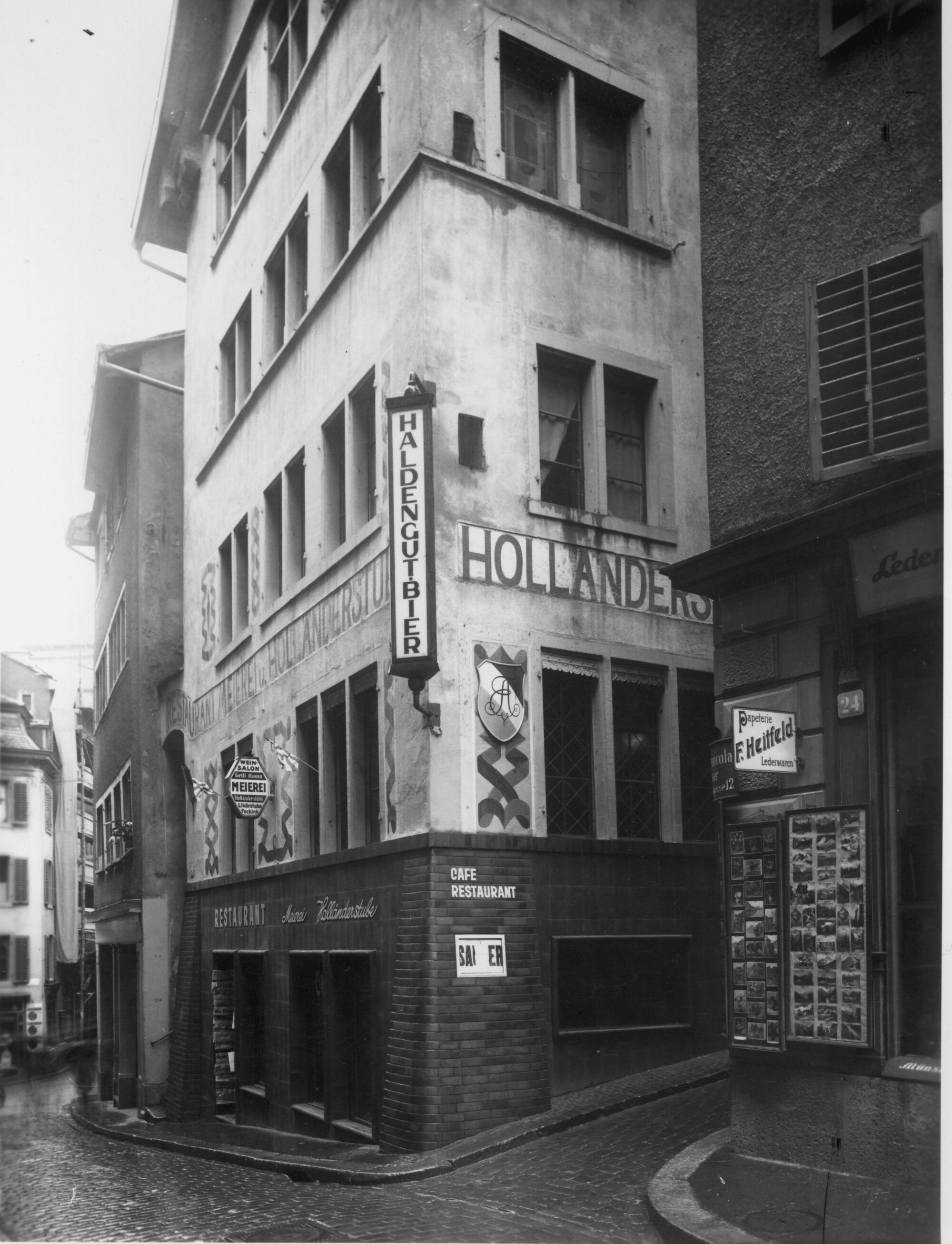


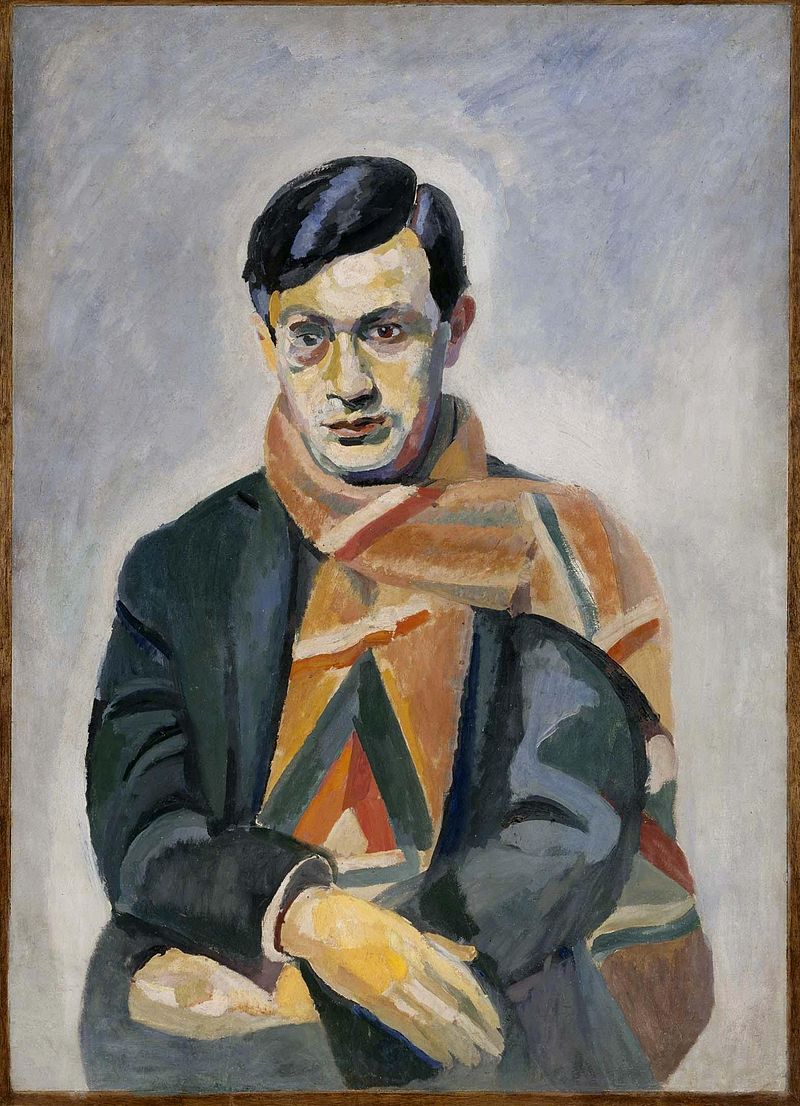





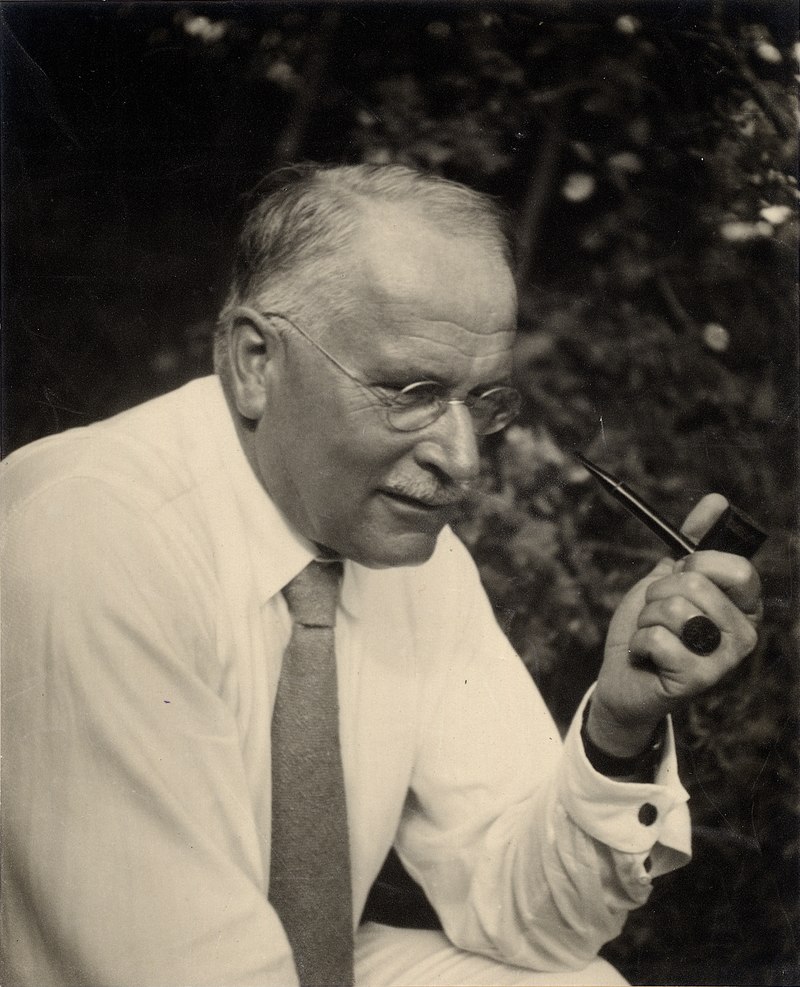









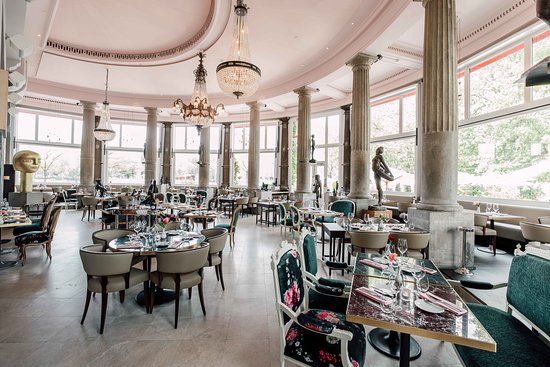


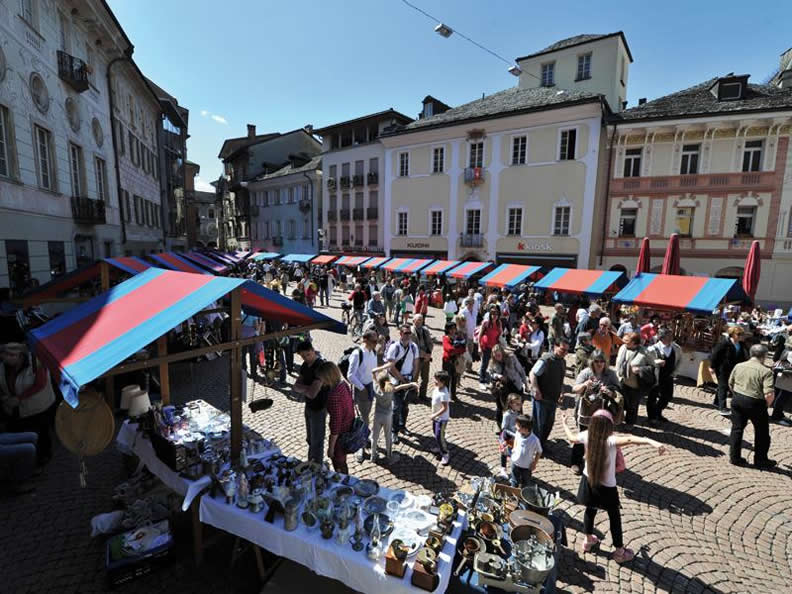









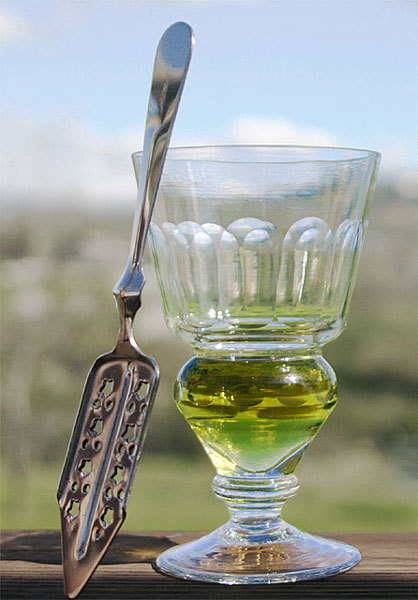







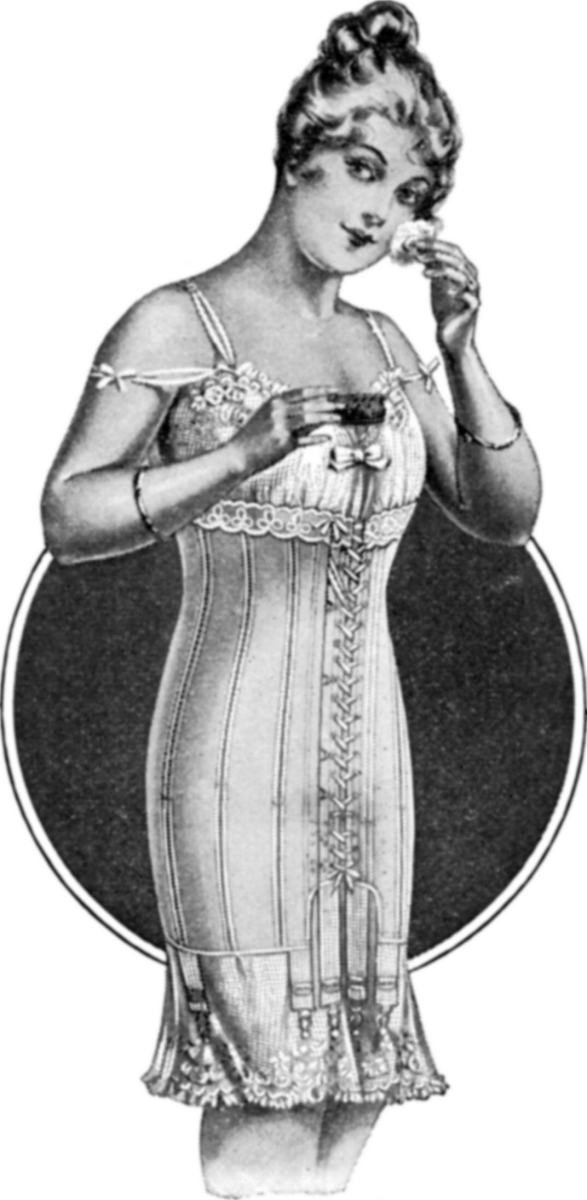










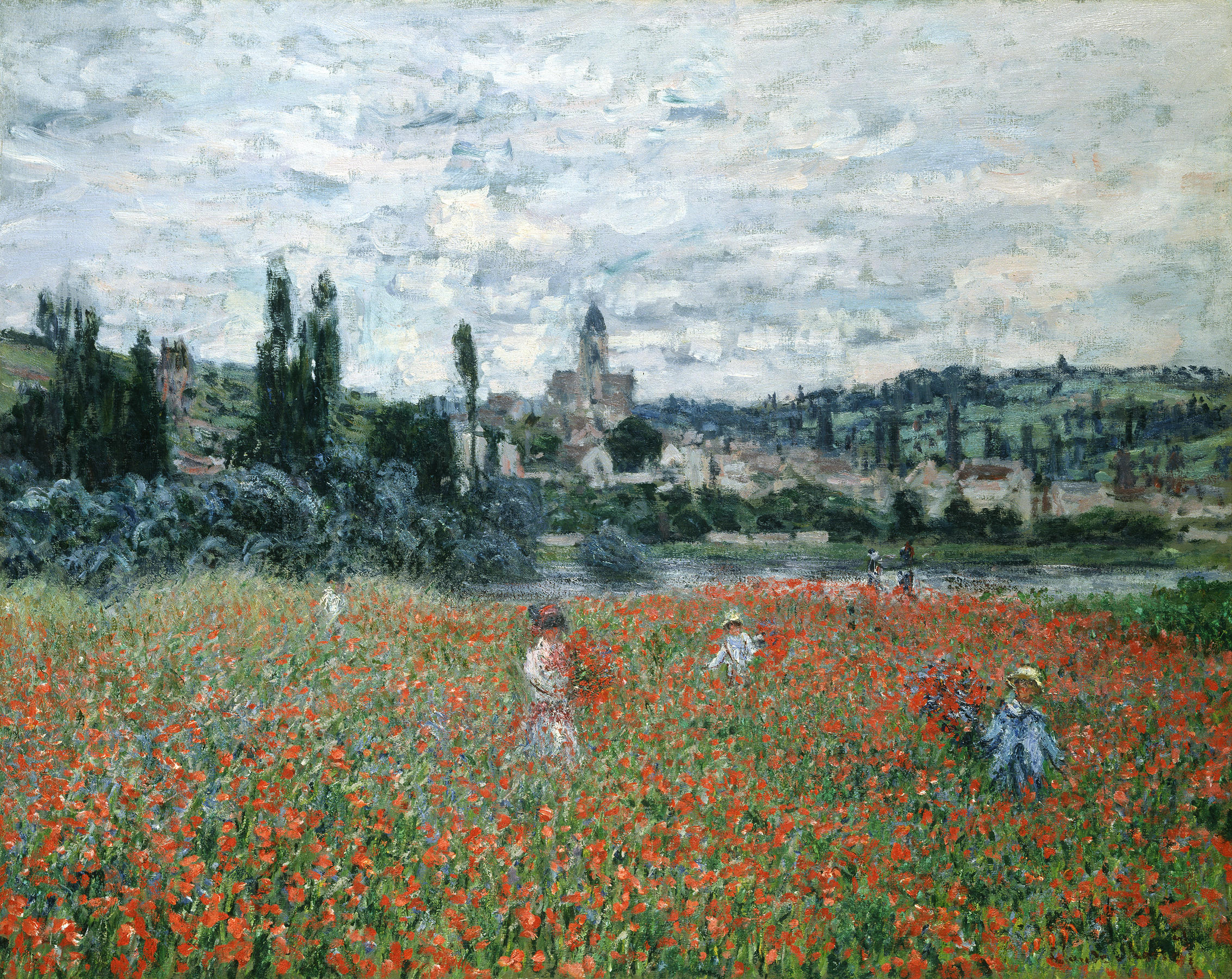





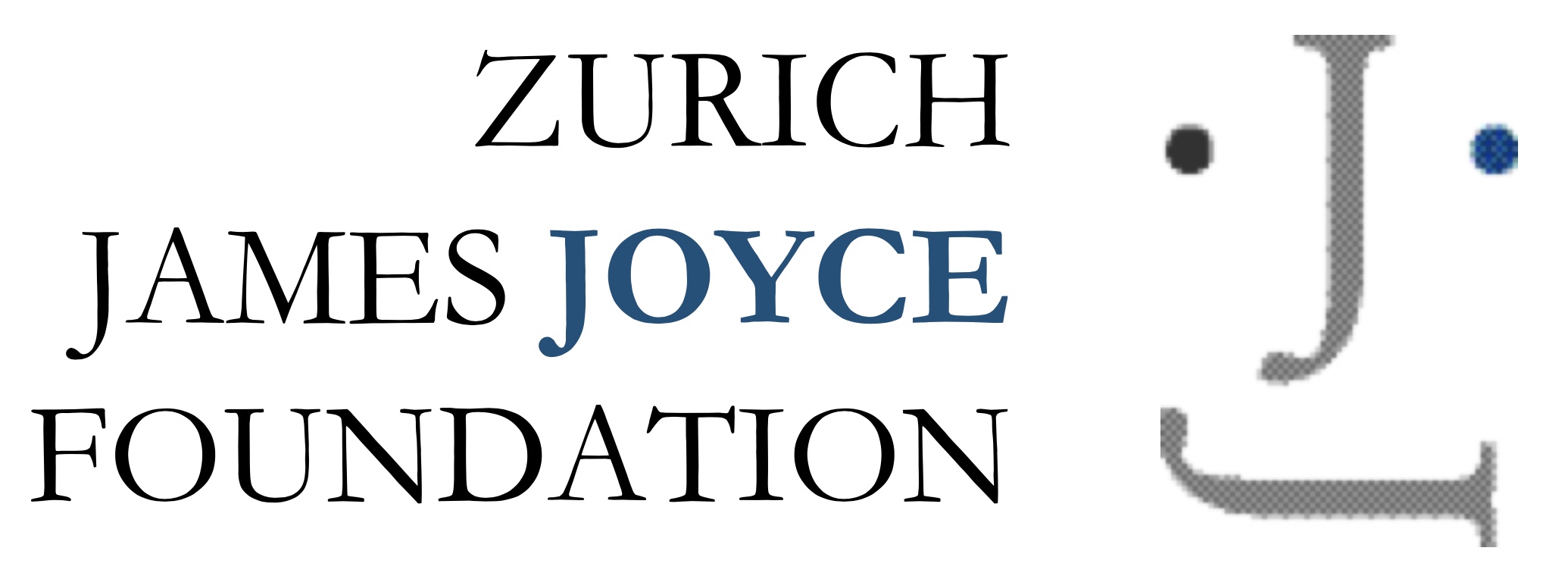










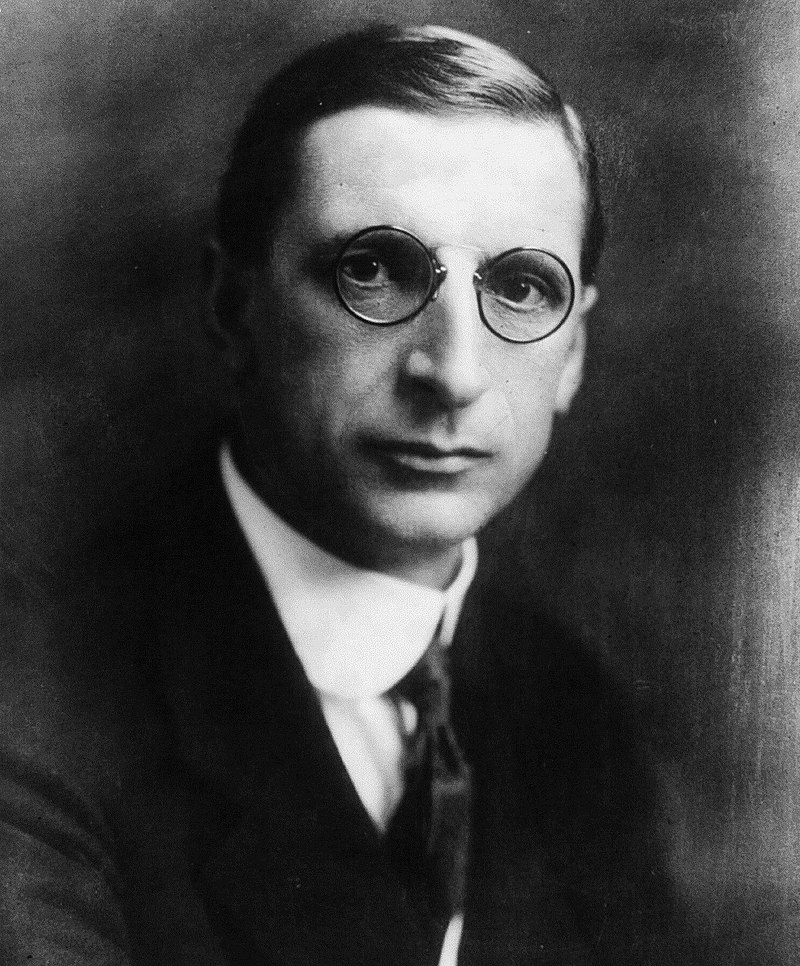



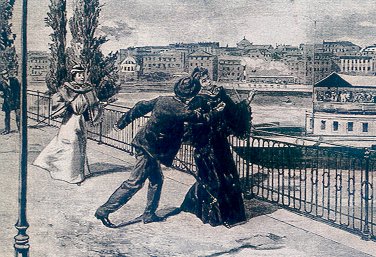

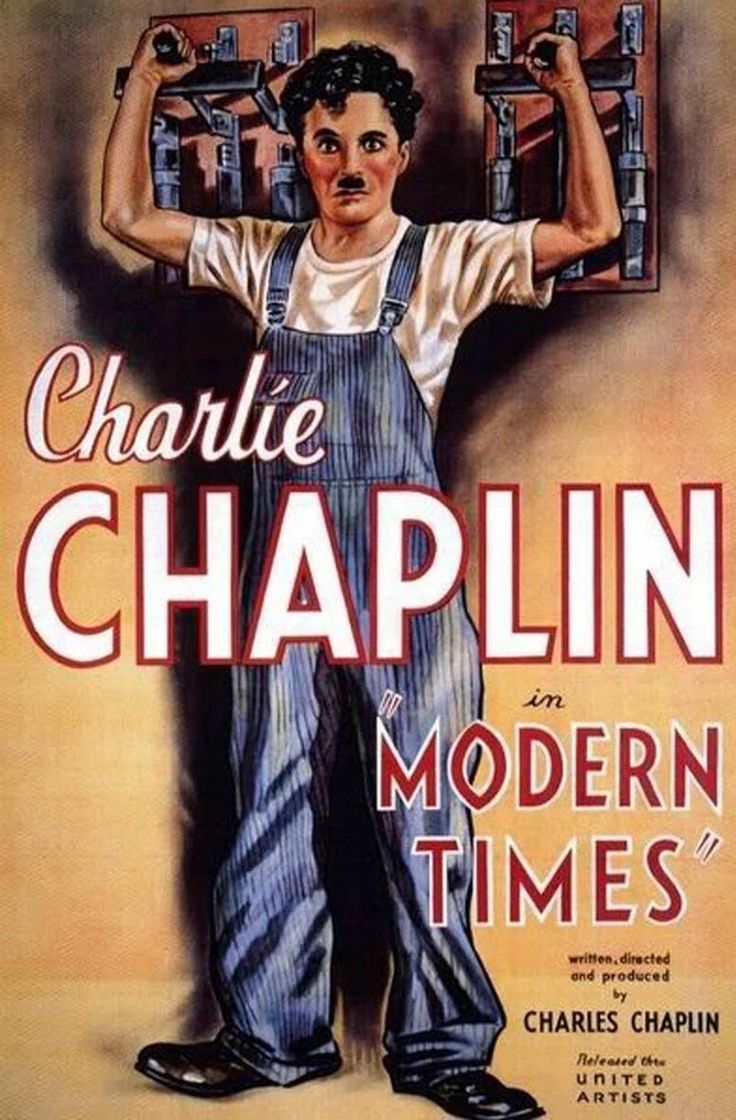
















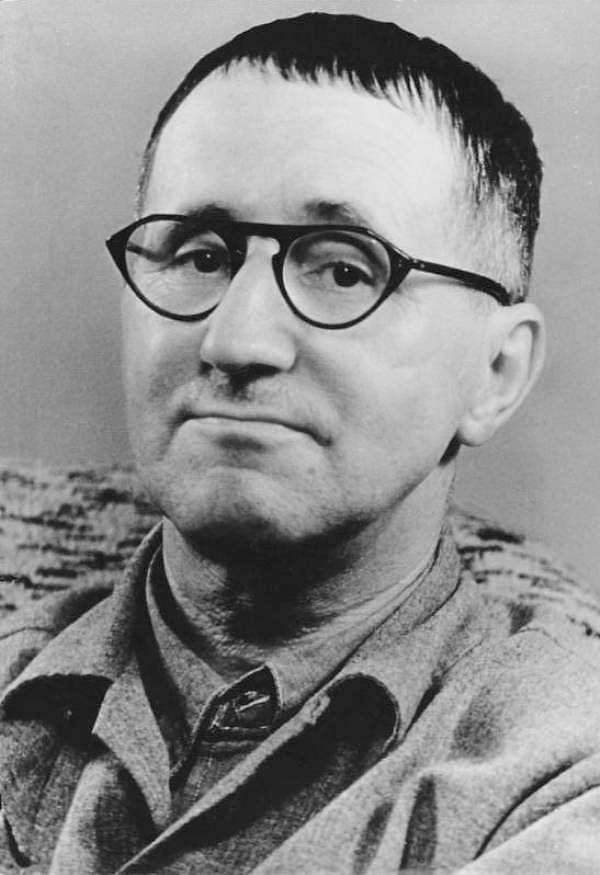
































![According to a May 2017 report by the Tehran-based newspaper Financial Tribune, over 20,000 people are killed and 800,000 injured annually in road accidents in Iran [File: Abedin Taherkenareh/EPA]](https://www.aljazeera.com/wp-content/uploads/2020/01/f577fa11692848f695ed62497e8e746f_18.jpeg?resize=770%2C513)



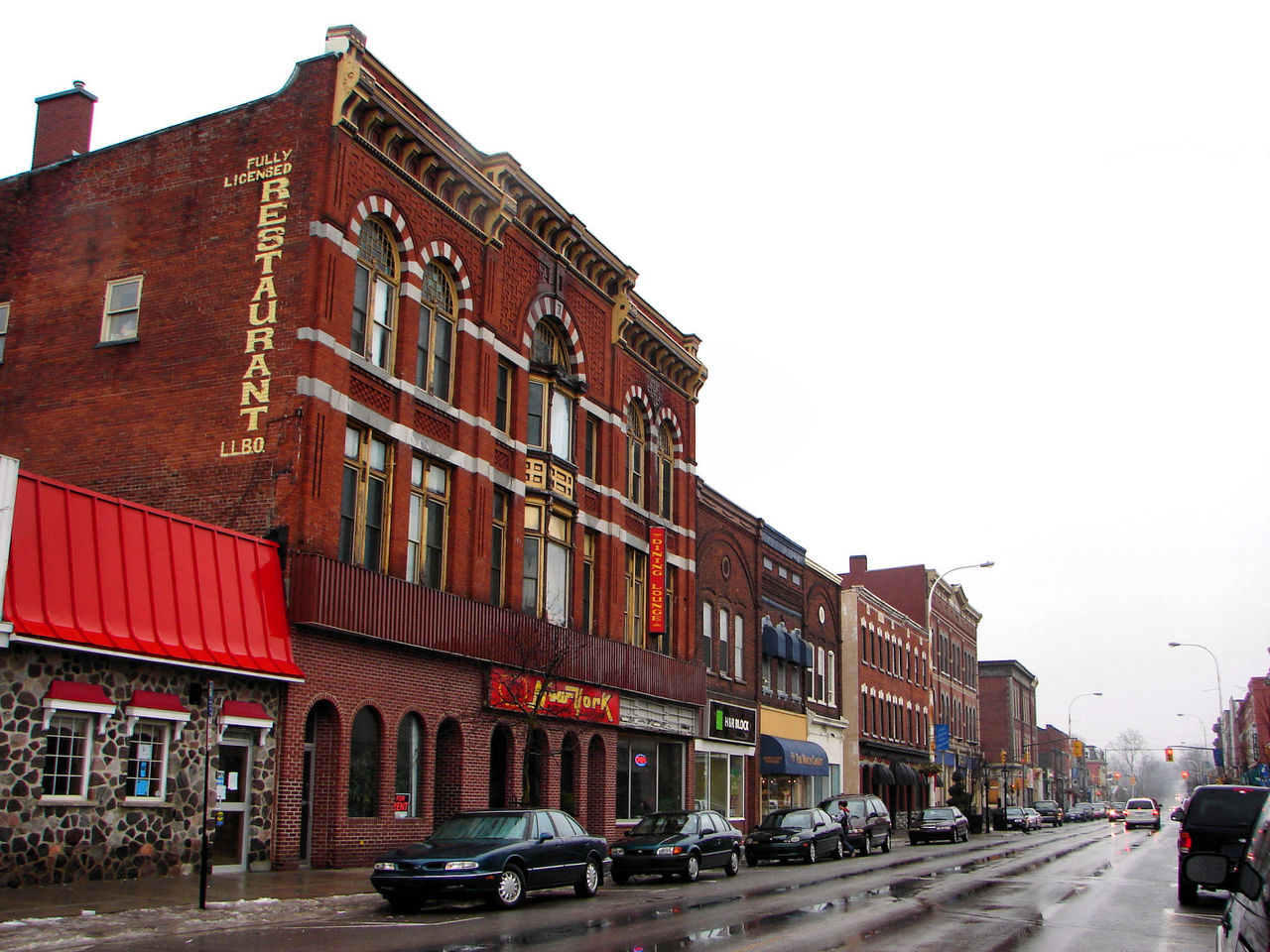



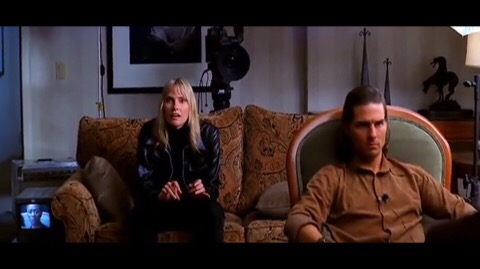
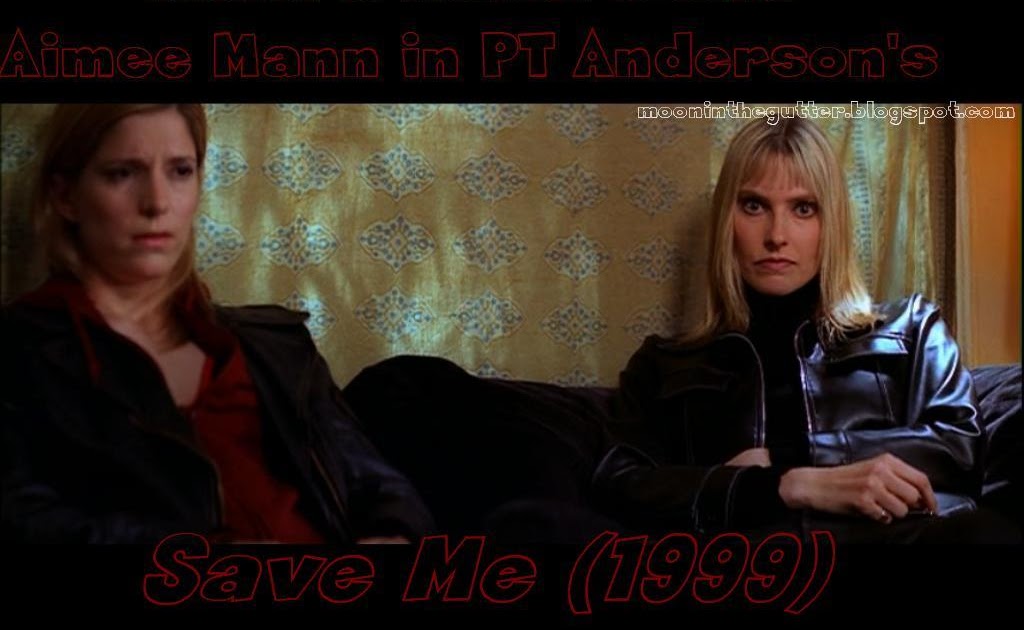






























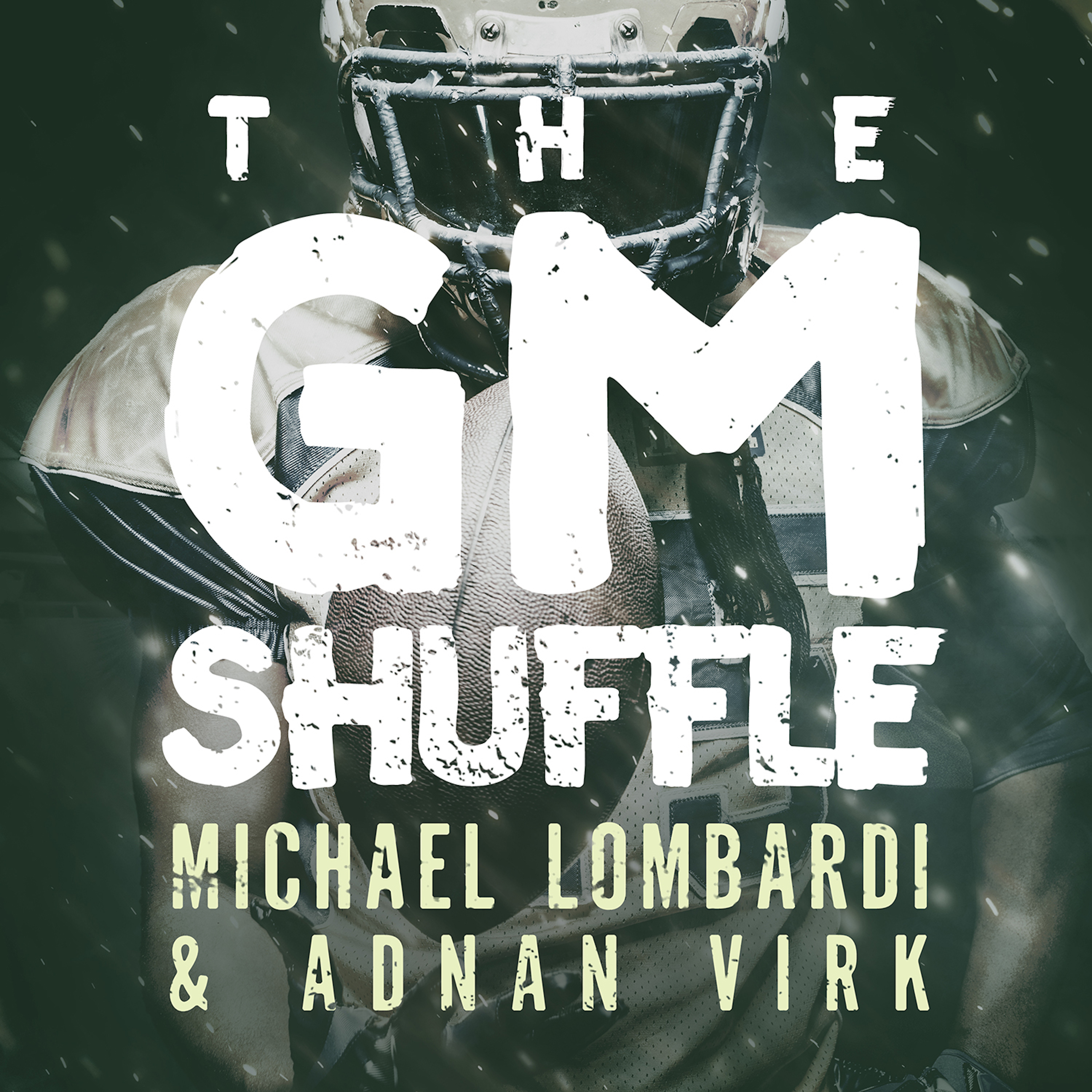










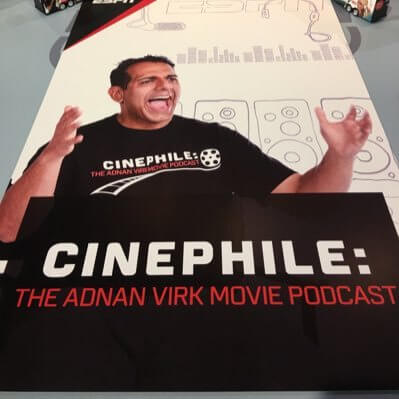





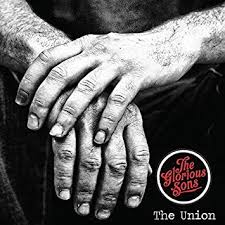


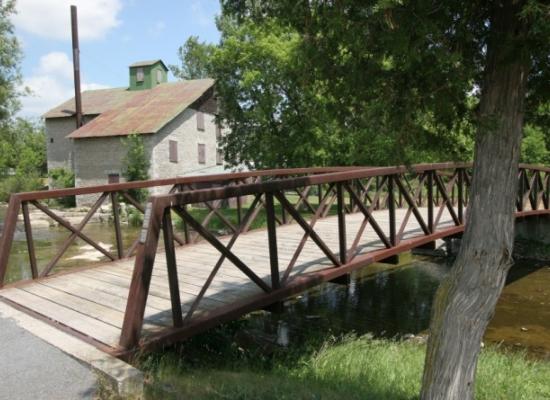



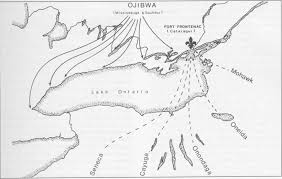
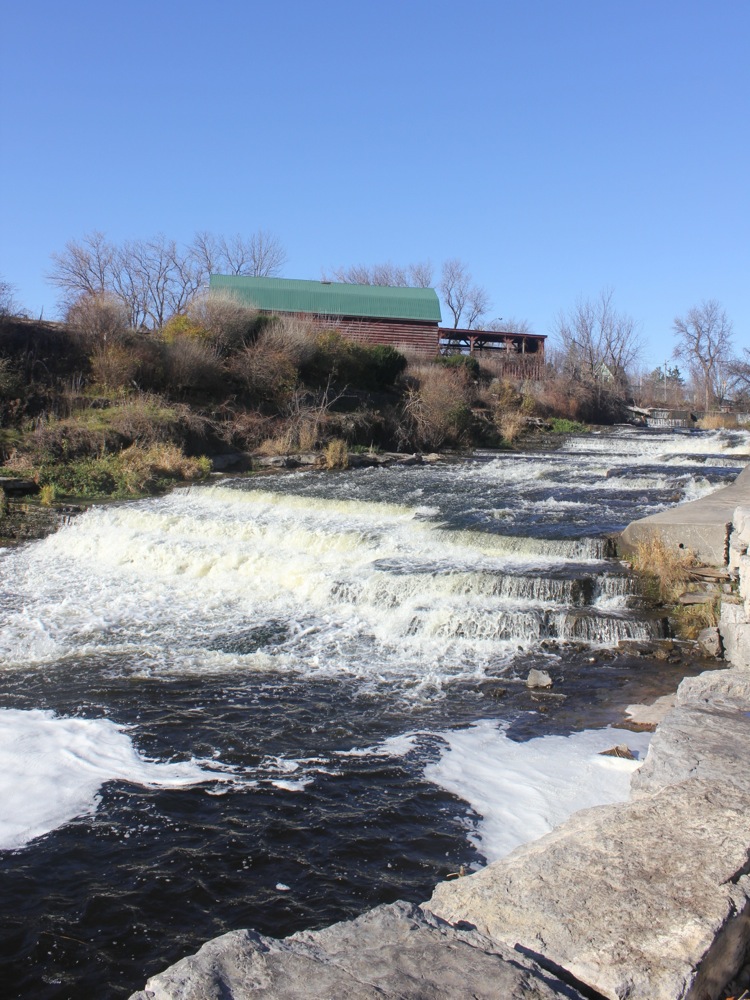
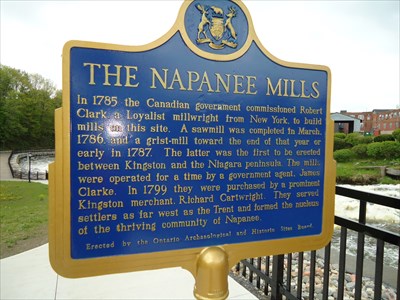


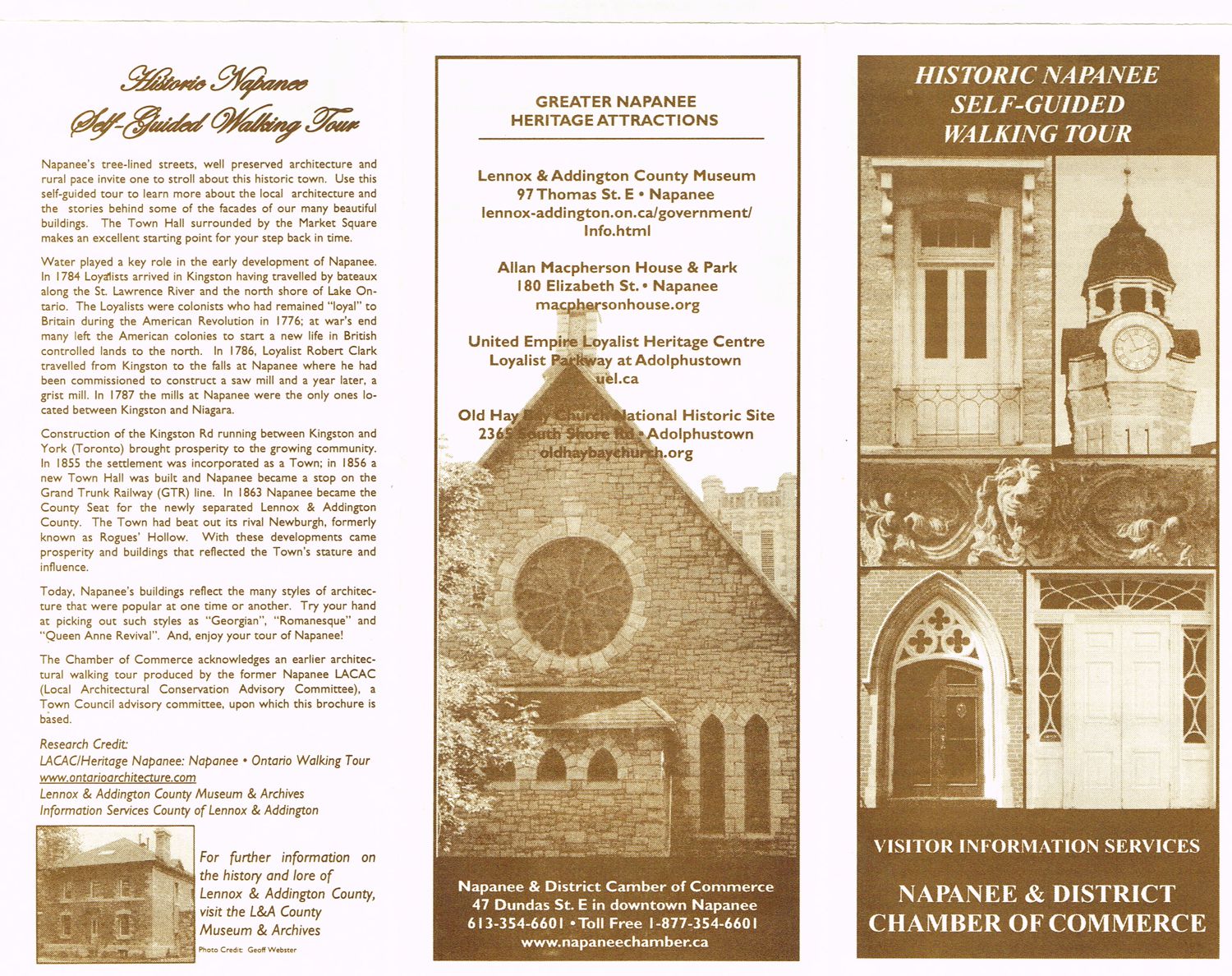
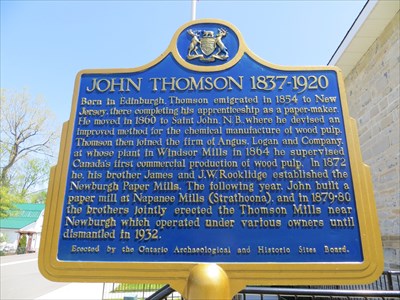
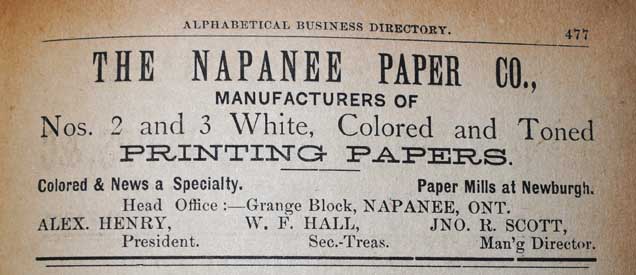
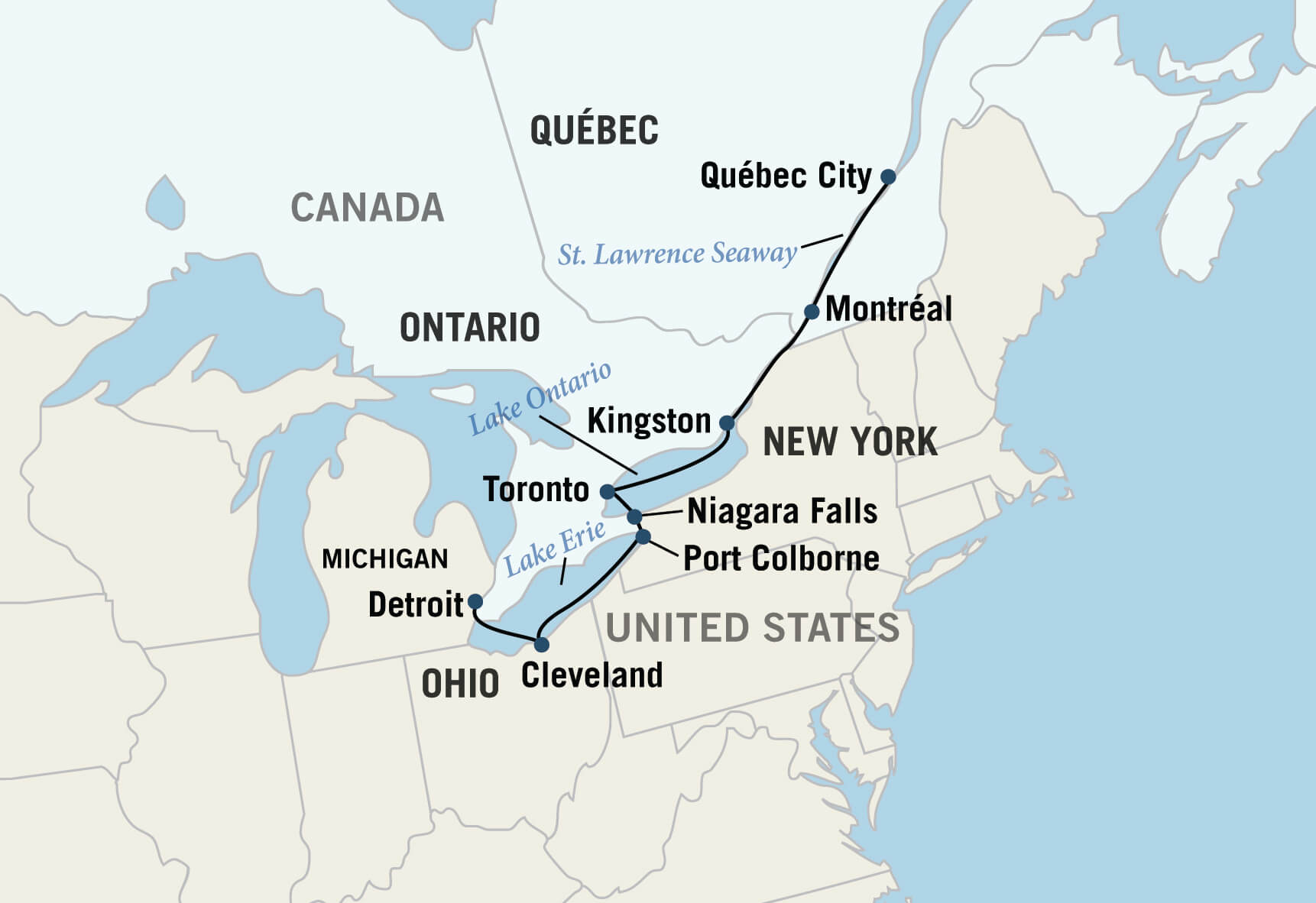

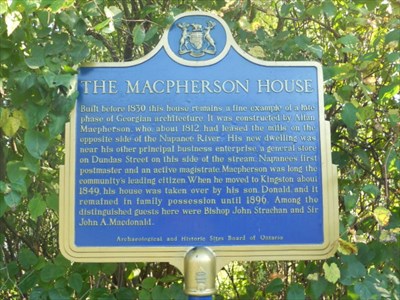
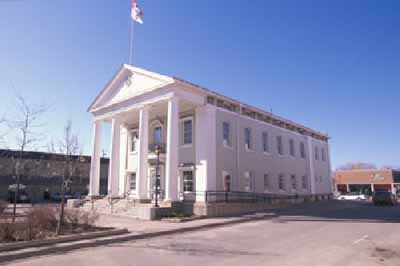







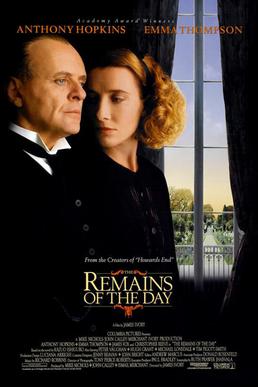
:format(jpeg):mode_rgb():quality(40)/discogs-images/R-208798-1382314403-8276.jpeg.jpg)

![Kid Creole & The Coconuts - Stool Pigeon (1982) [videoclip] - YouTube](https://i.ytimg.com/vi/C3xU0fnjUcg/hqdefault.jpg)


![SD > Kid Creole & The Coconuts - Endicott [TG] [1985]](https://s019.radikal.ru/i608/1702/b9/61ae0fdf3e53.jpg)




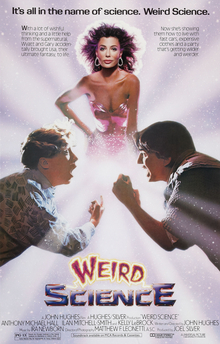

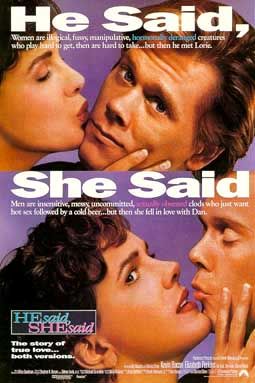







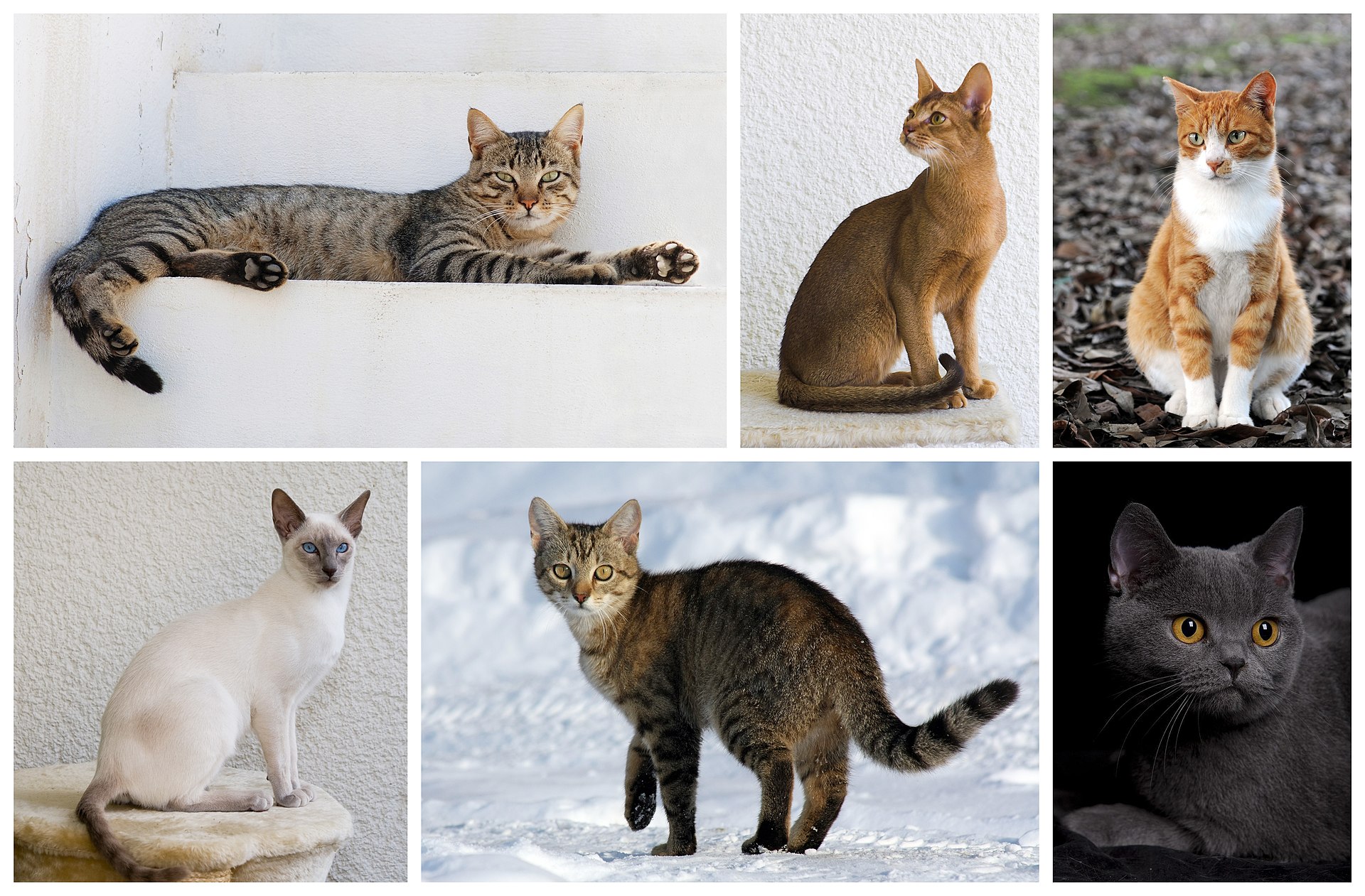







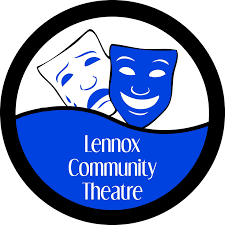











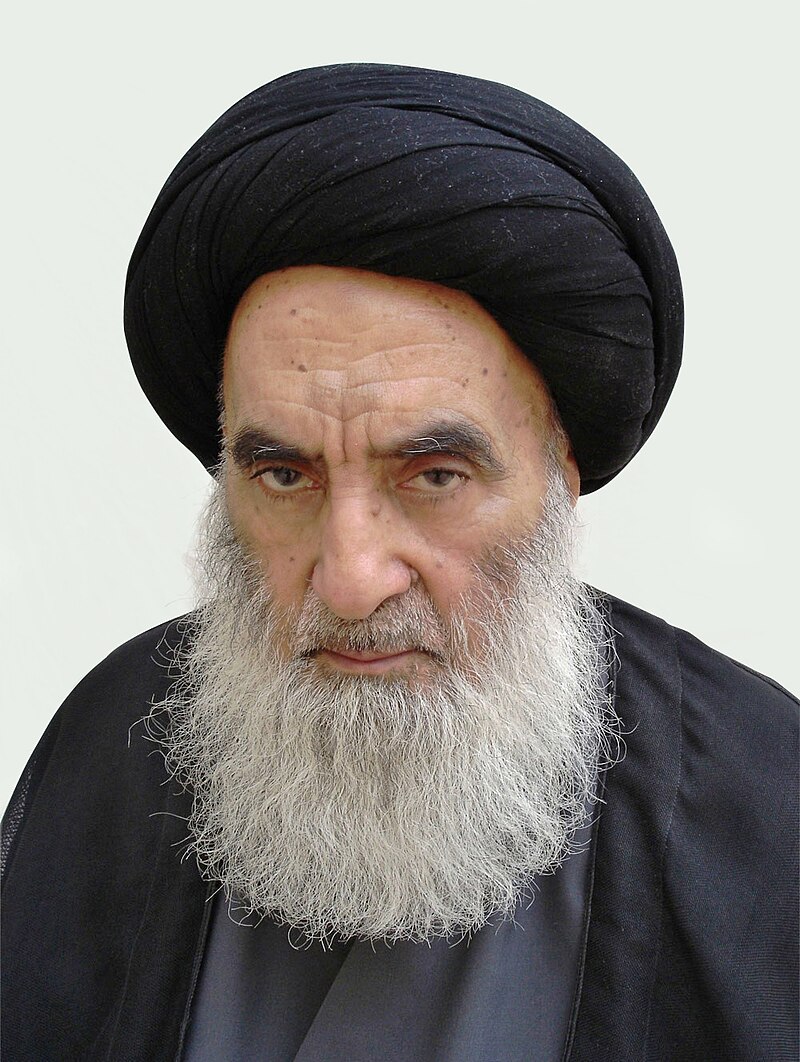



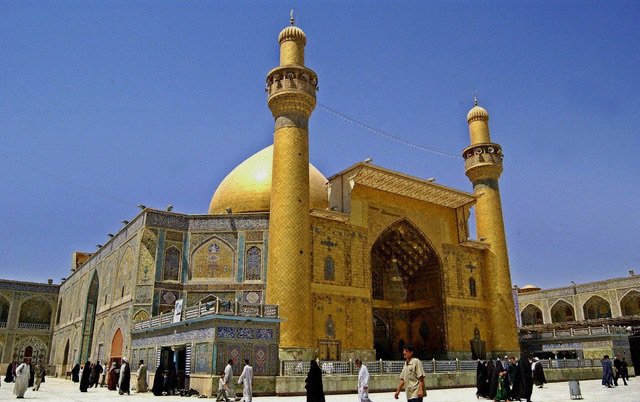
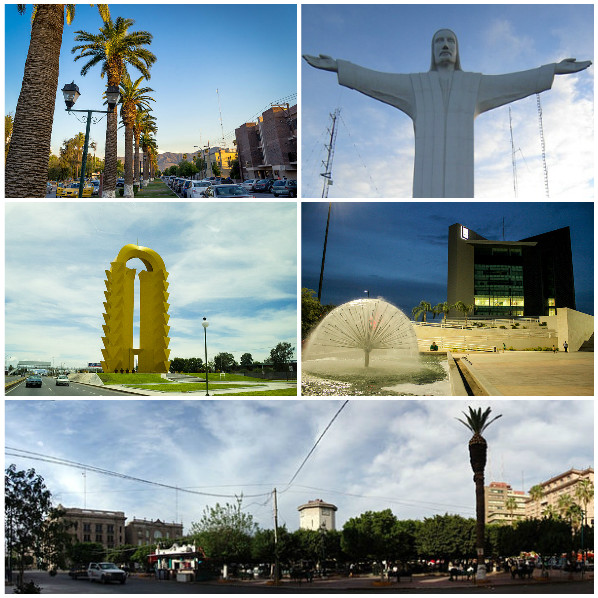




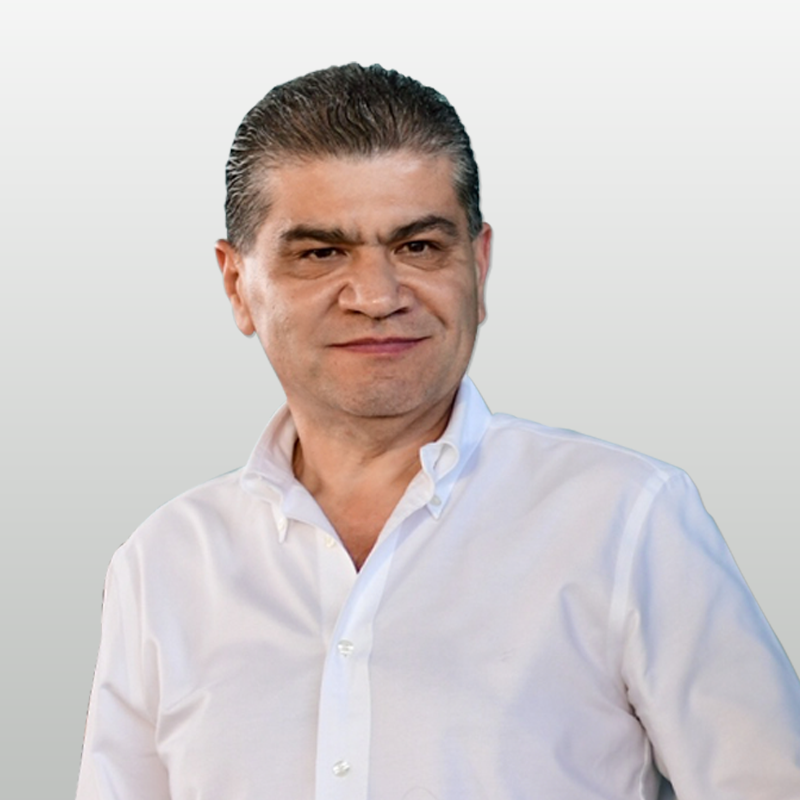

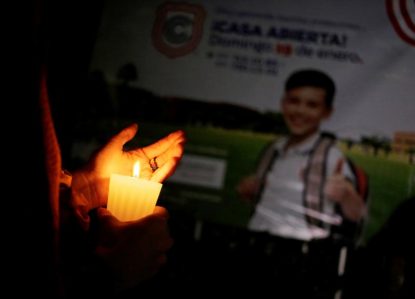














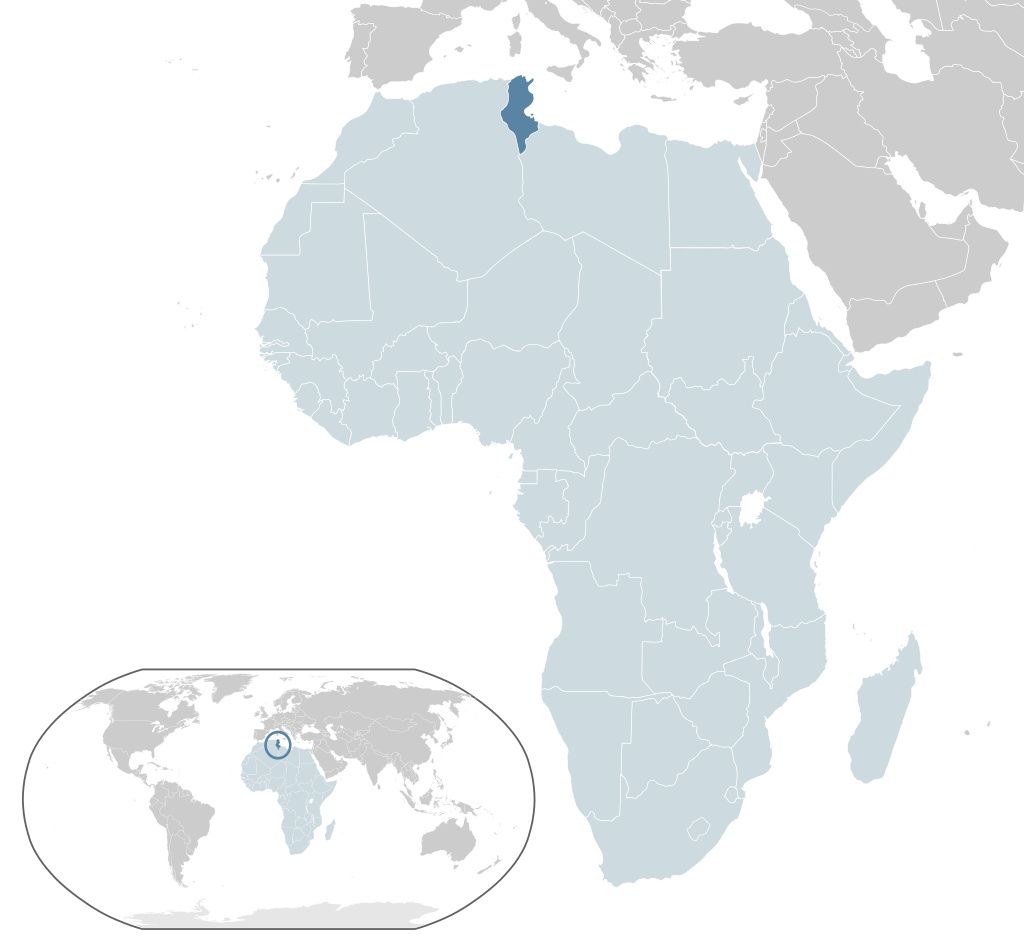


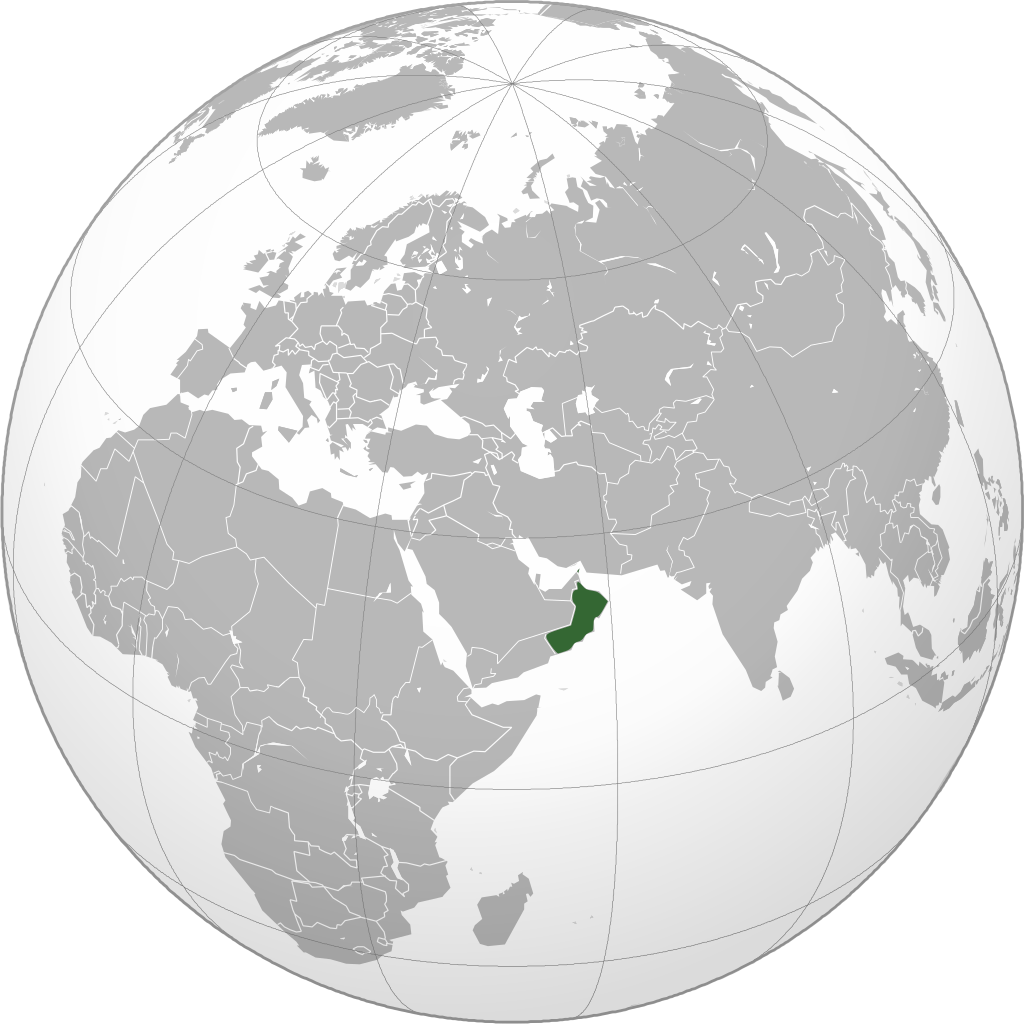




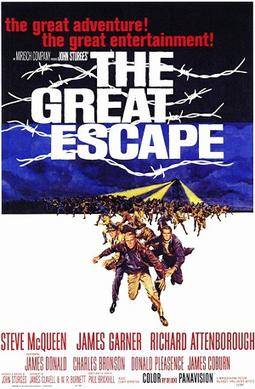














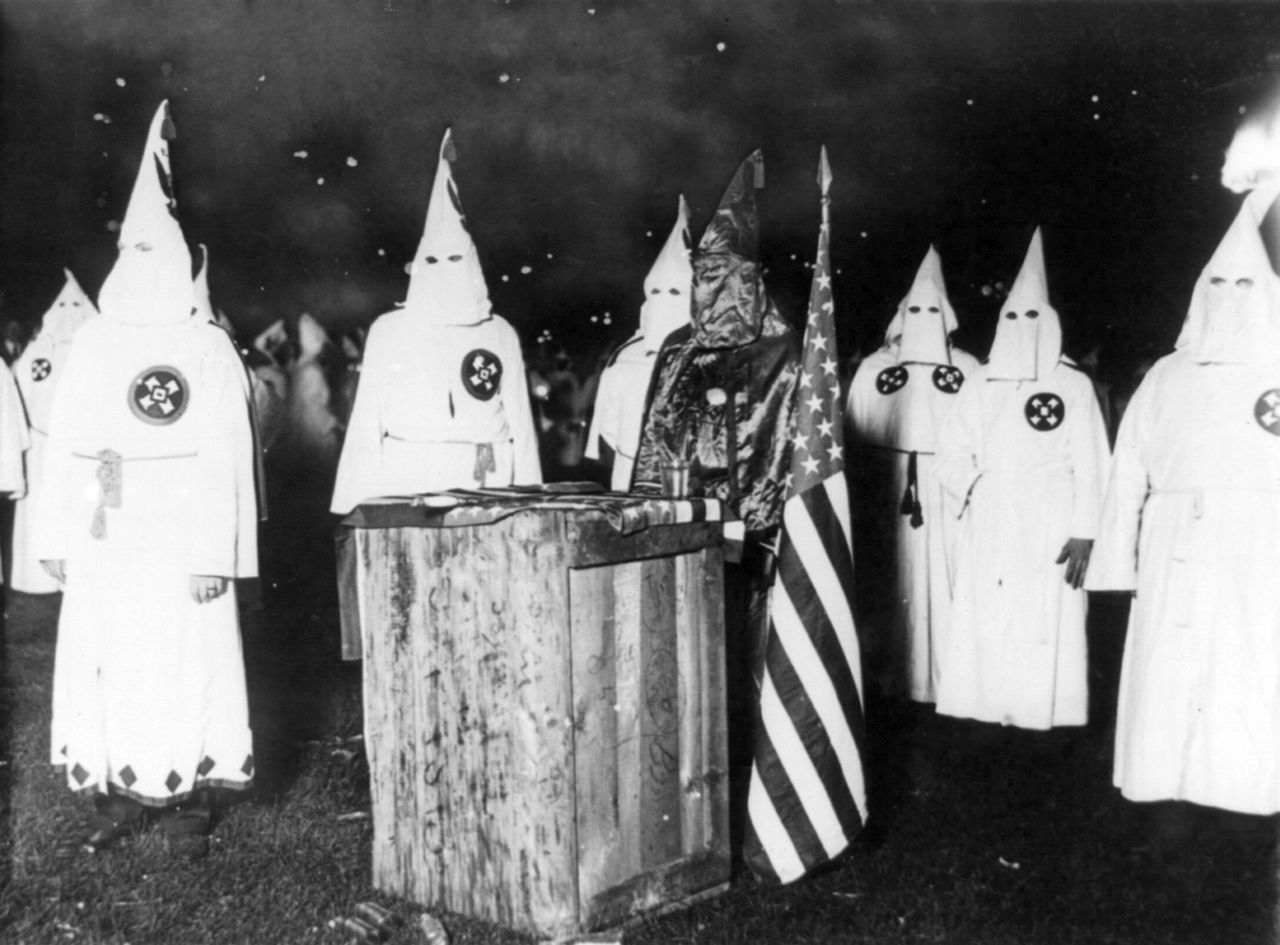






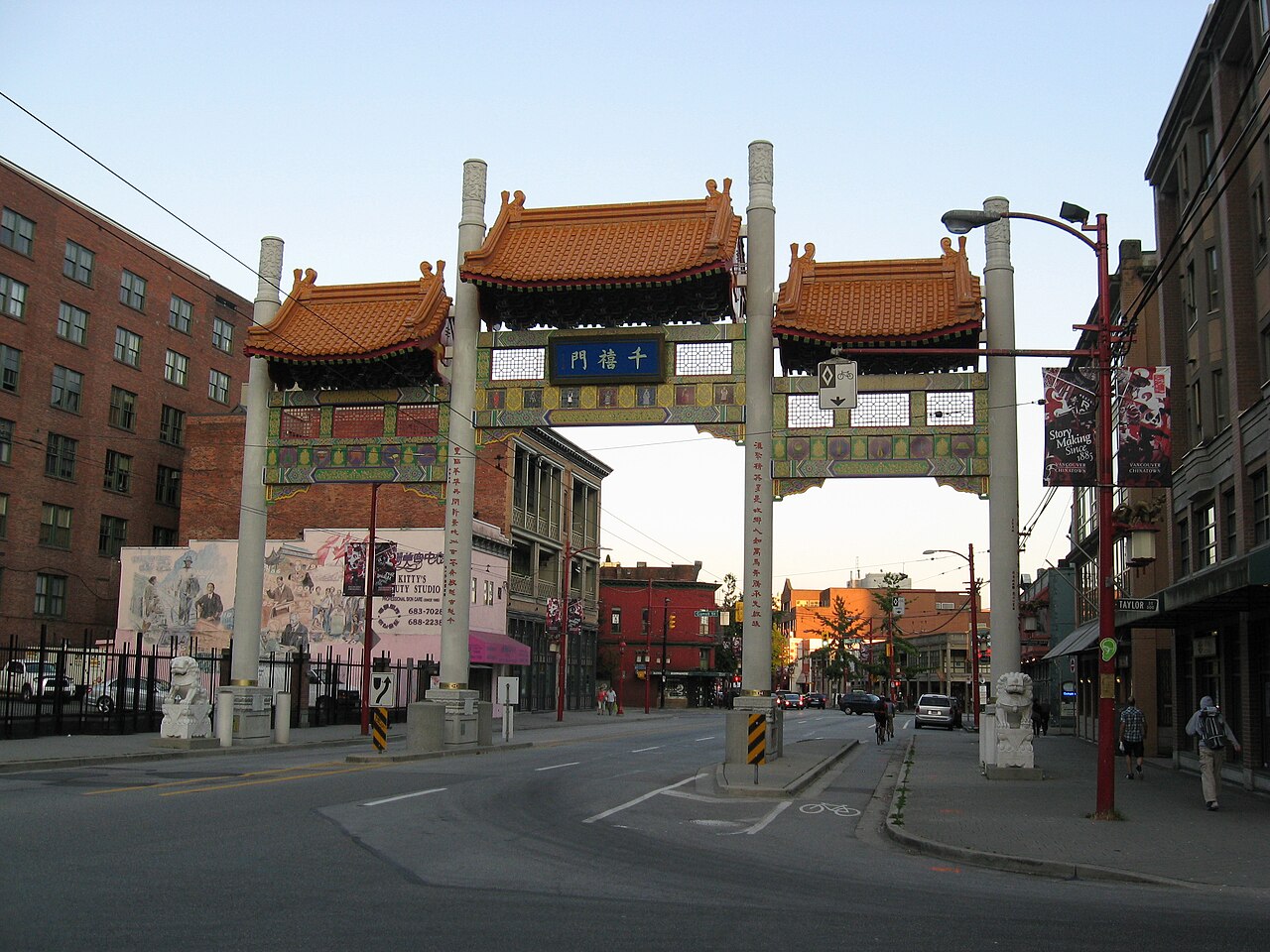











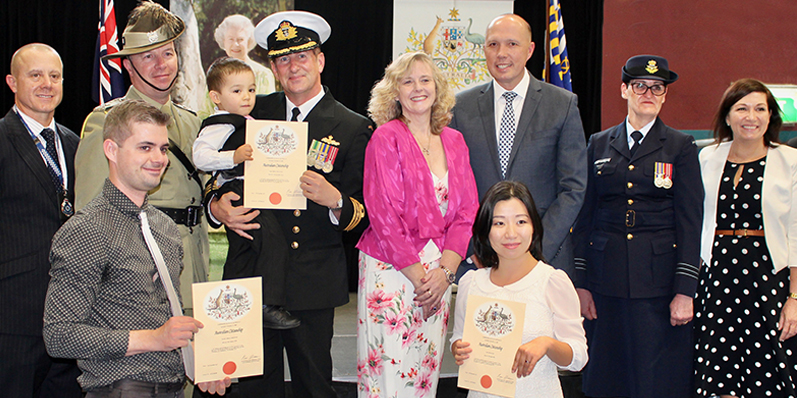
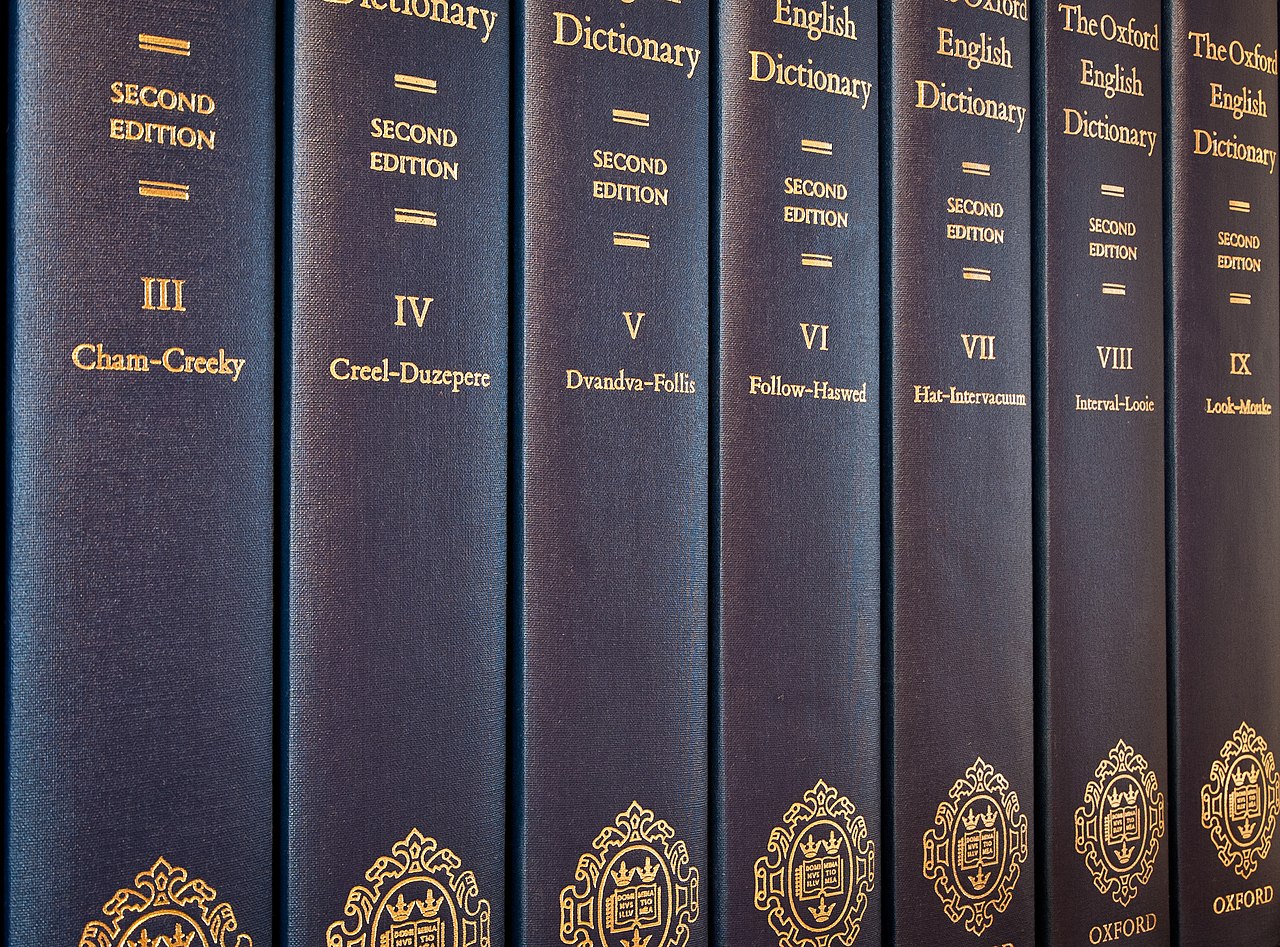










:format(jpeg):mode_rgb():quality(90)/discogs-images/A-1970343-1416379353-1816.jpeg.jpg)
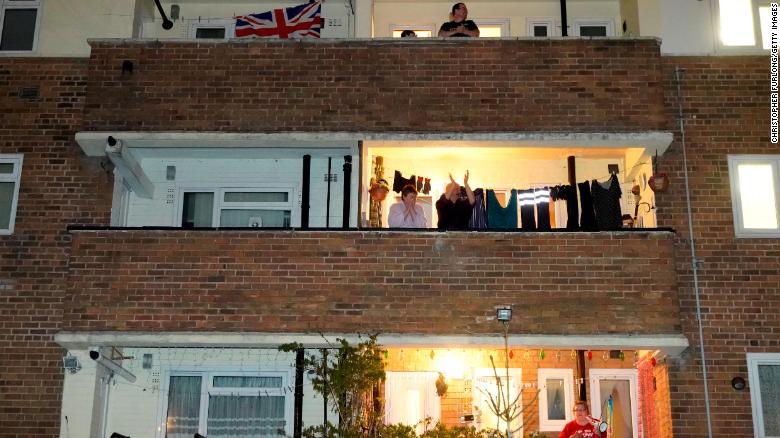


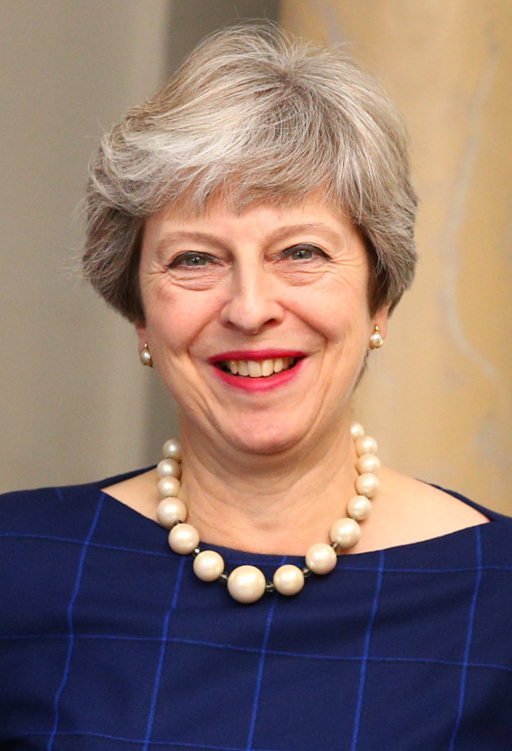






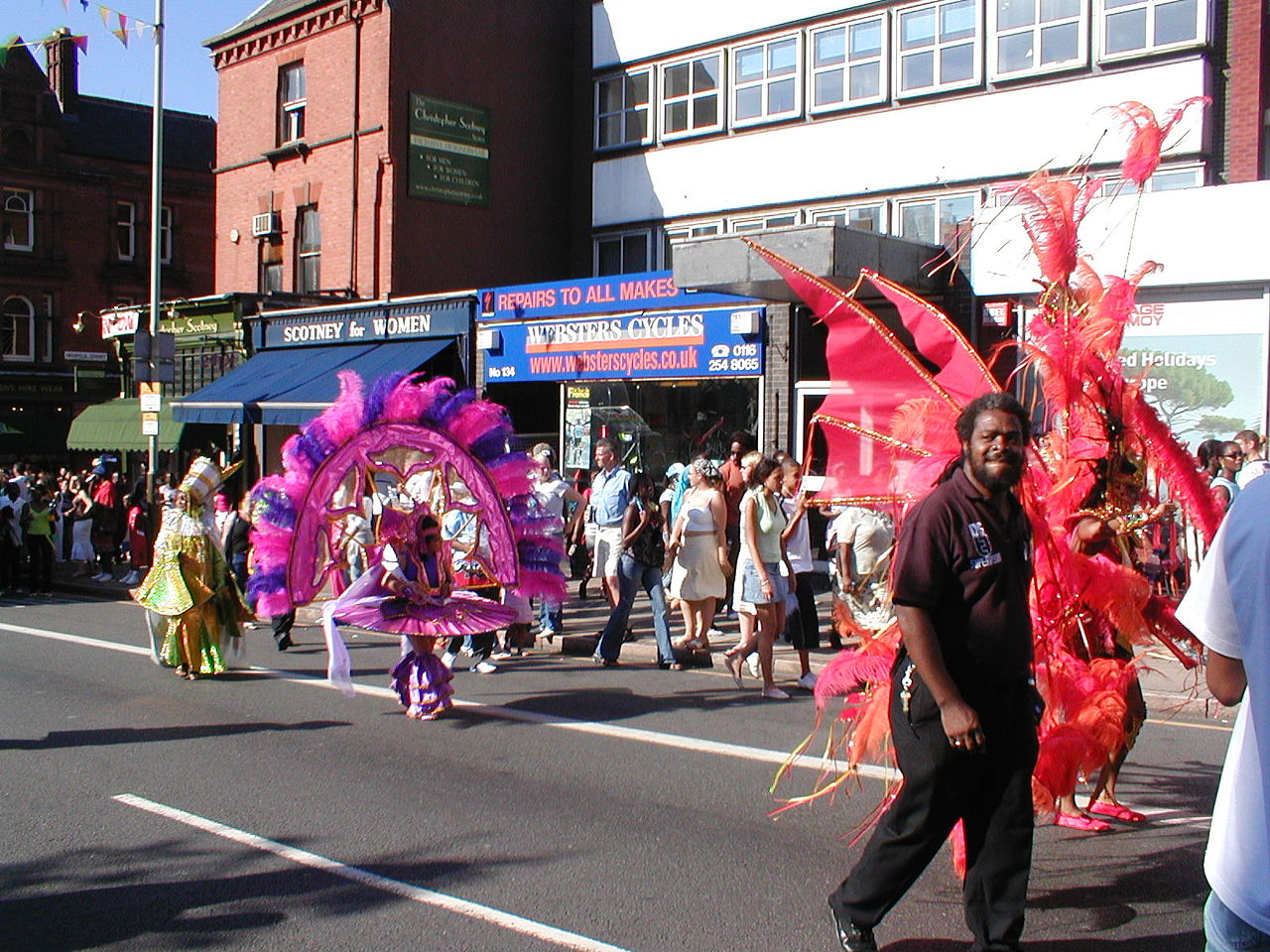




















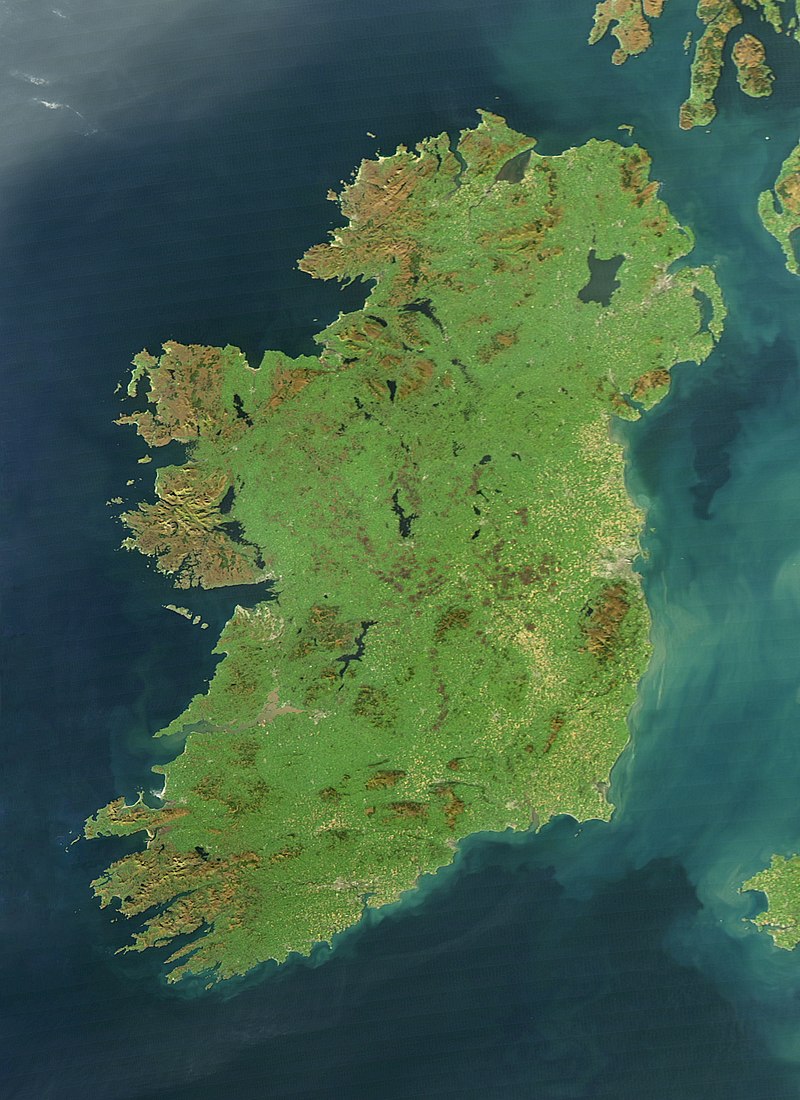






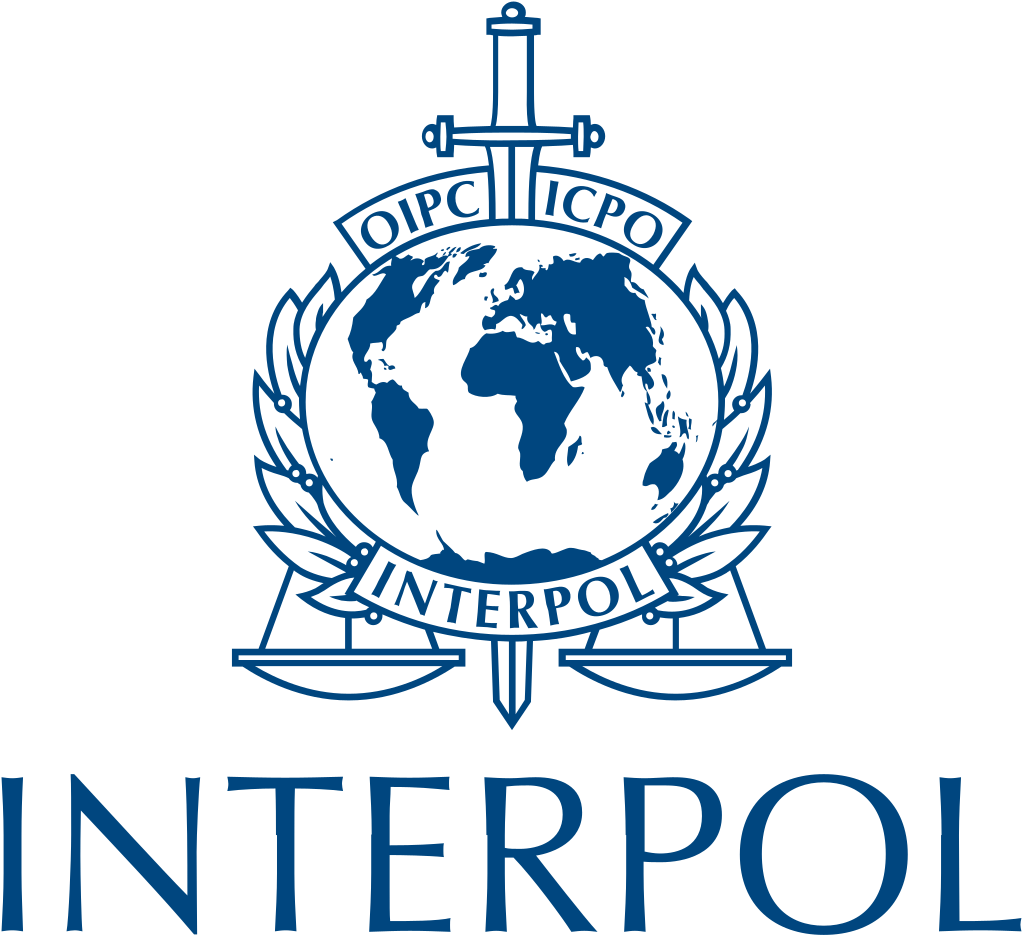


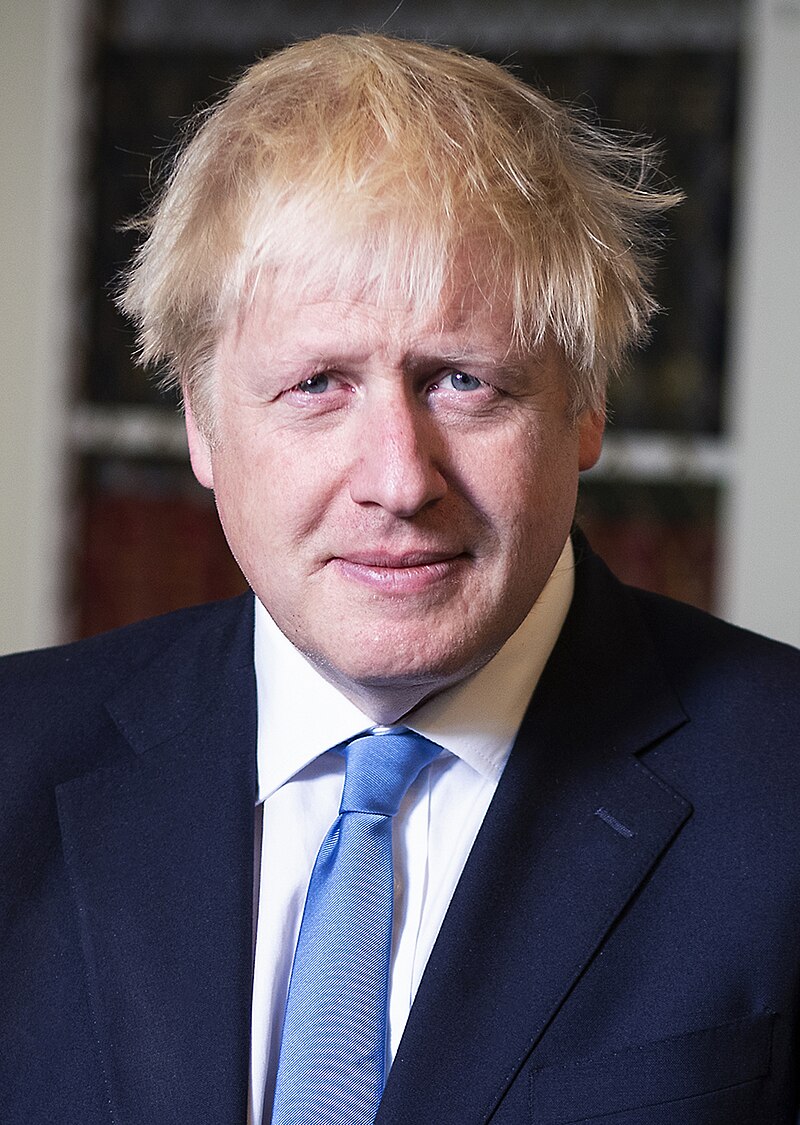










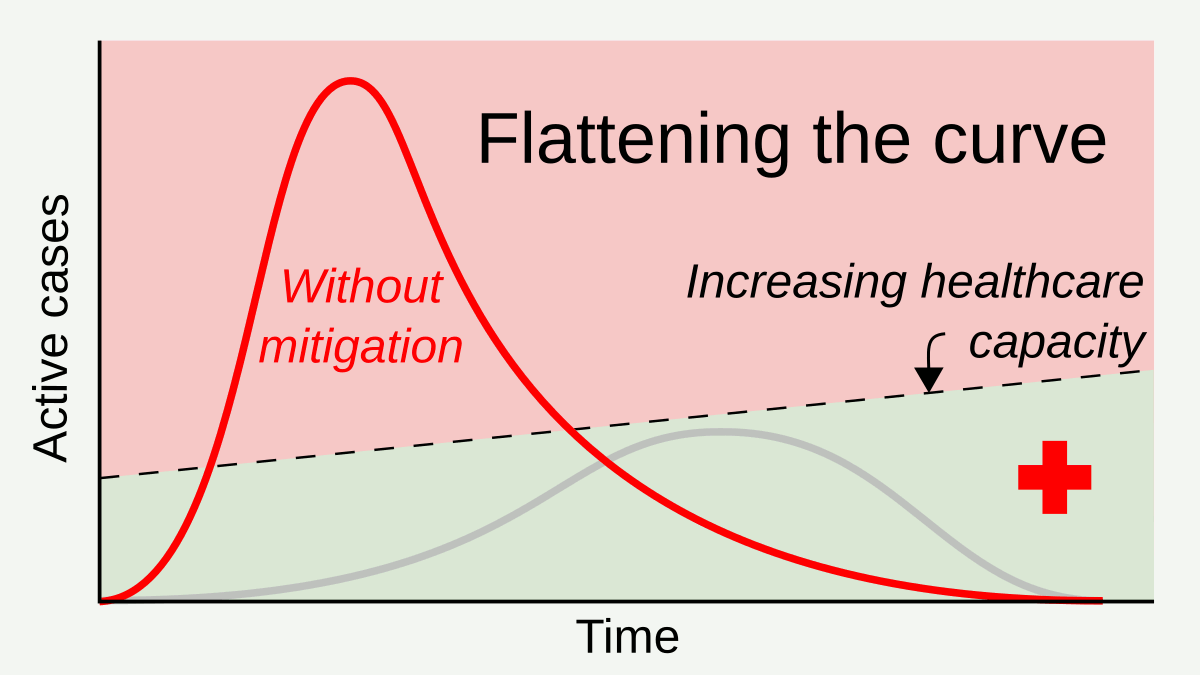







.png)











